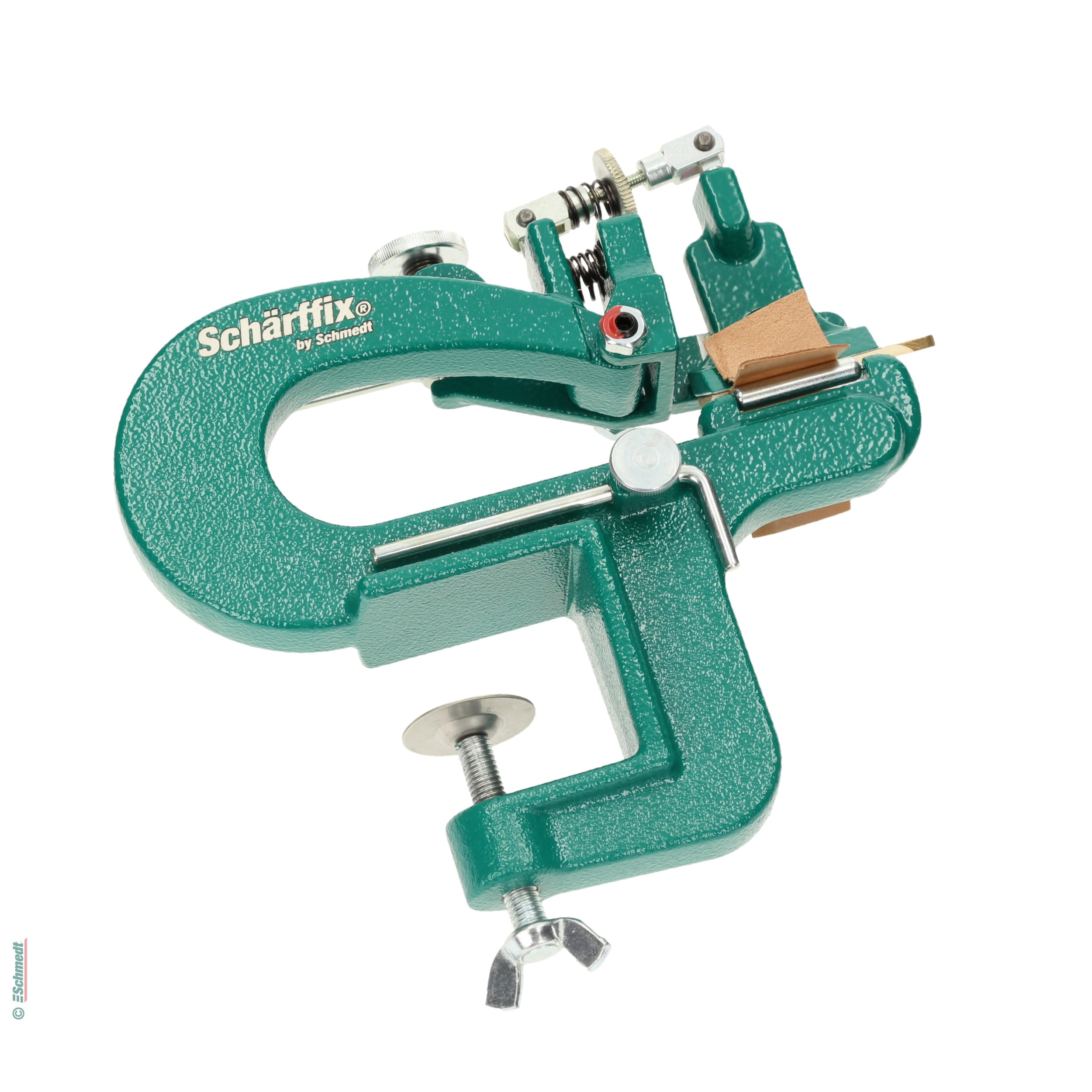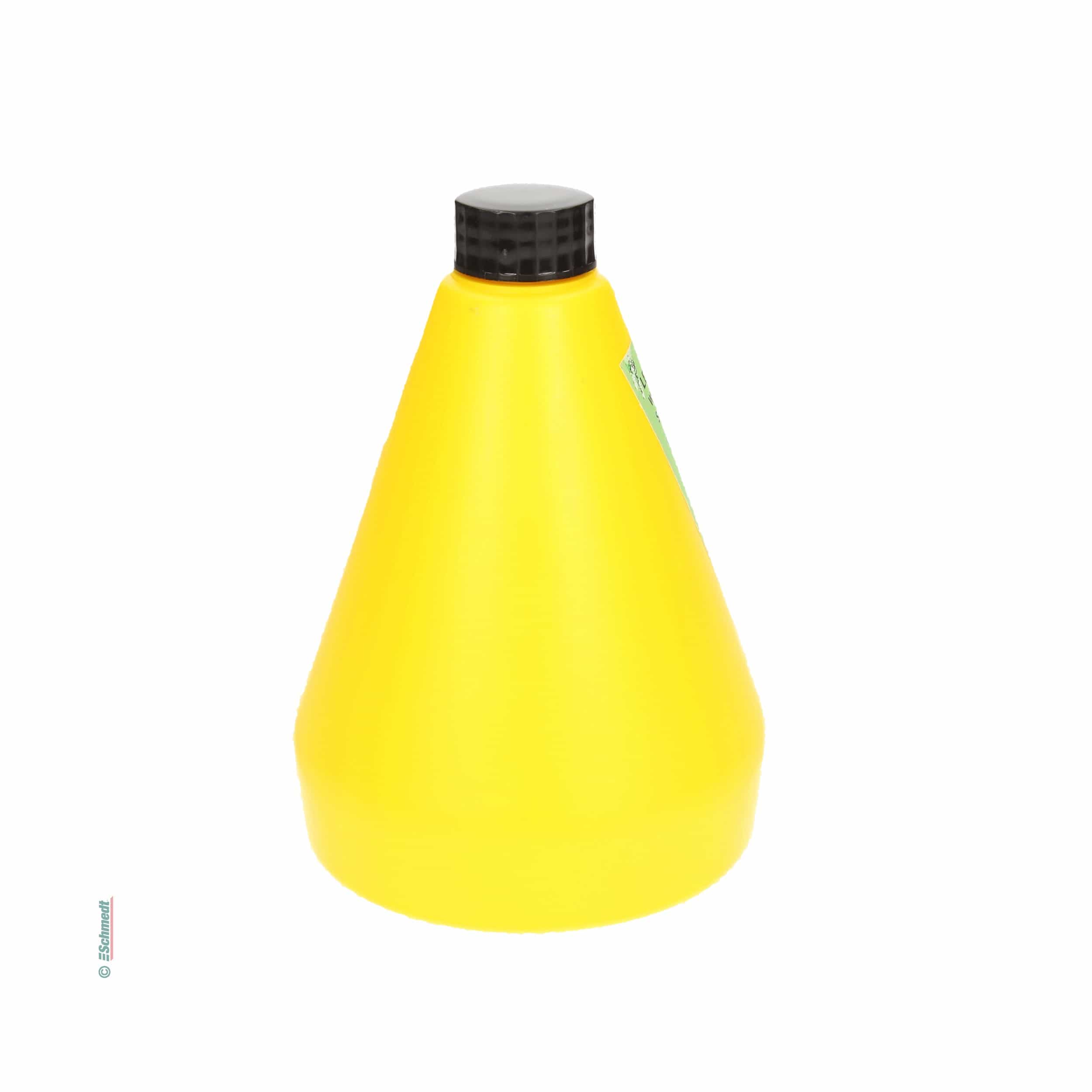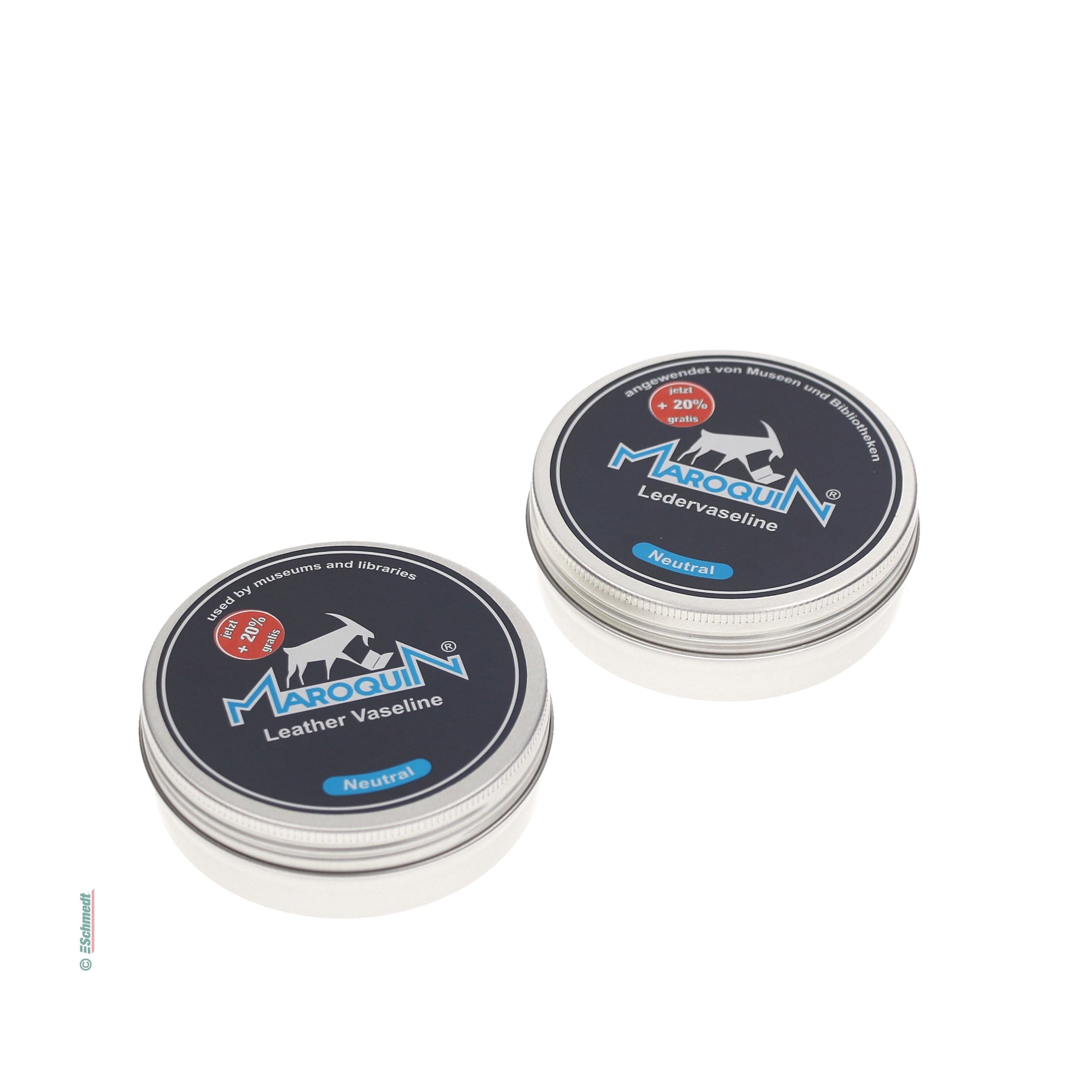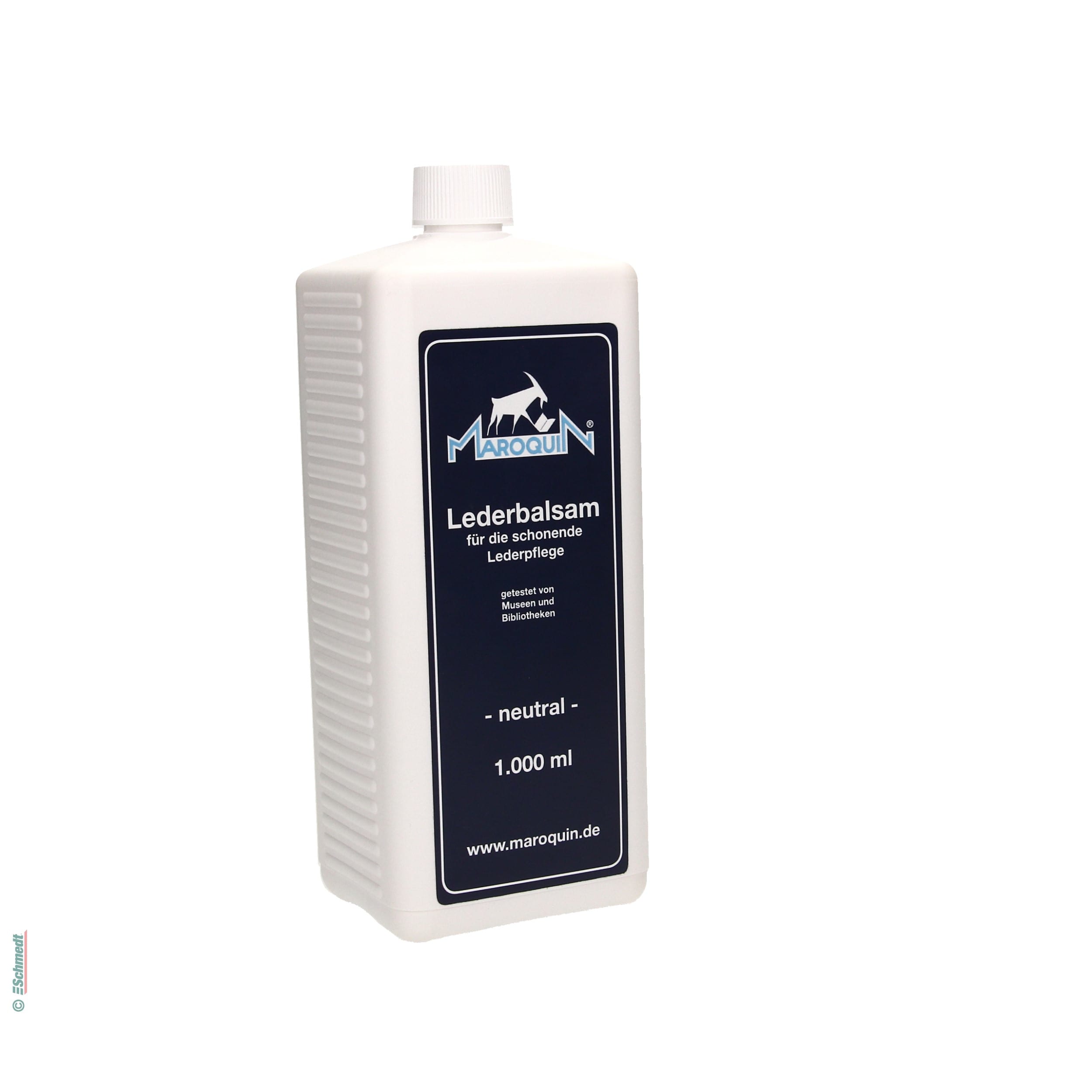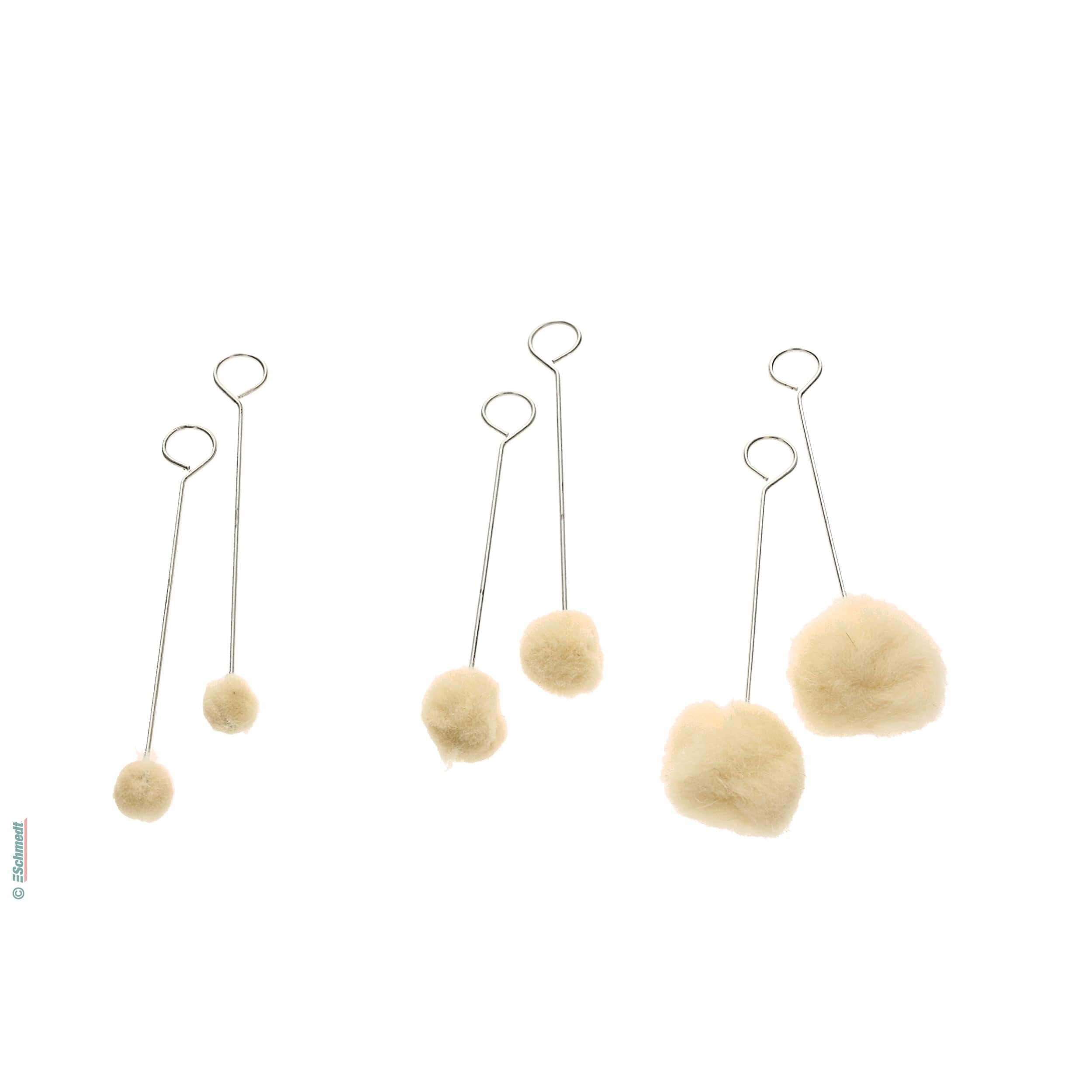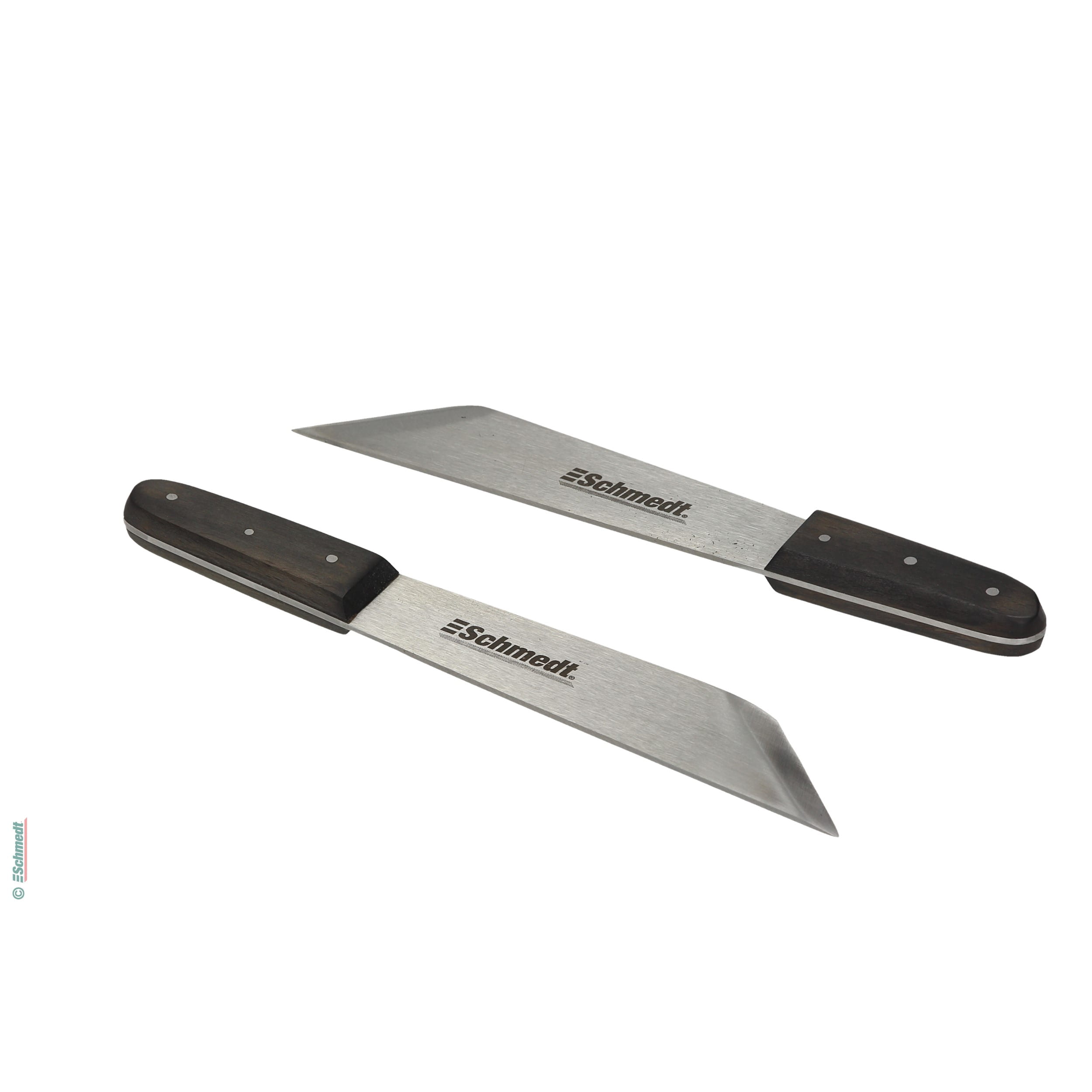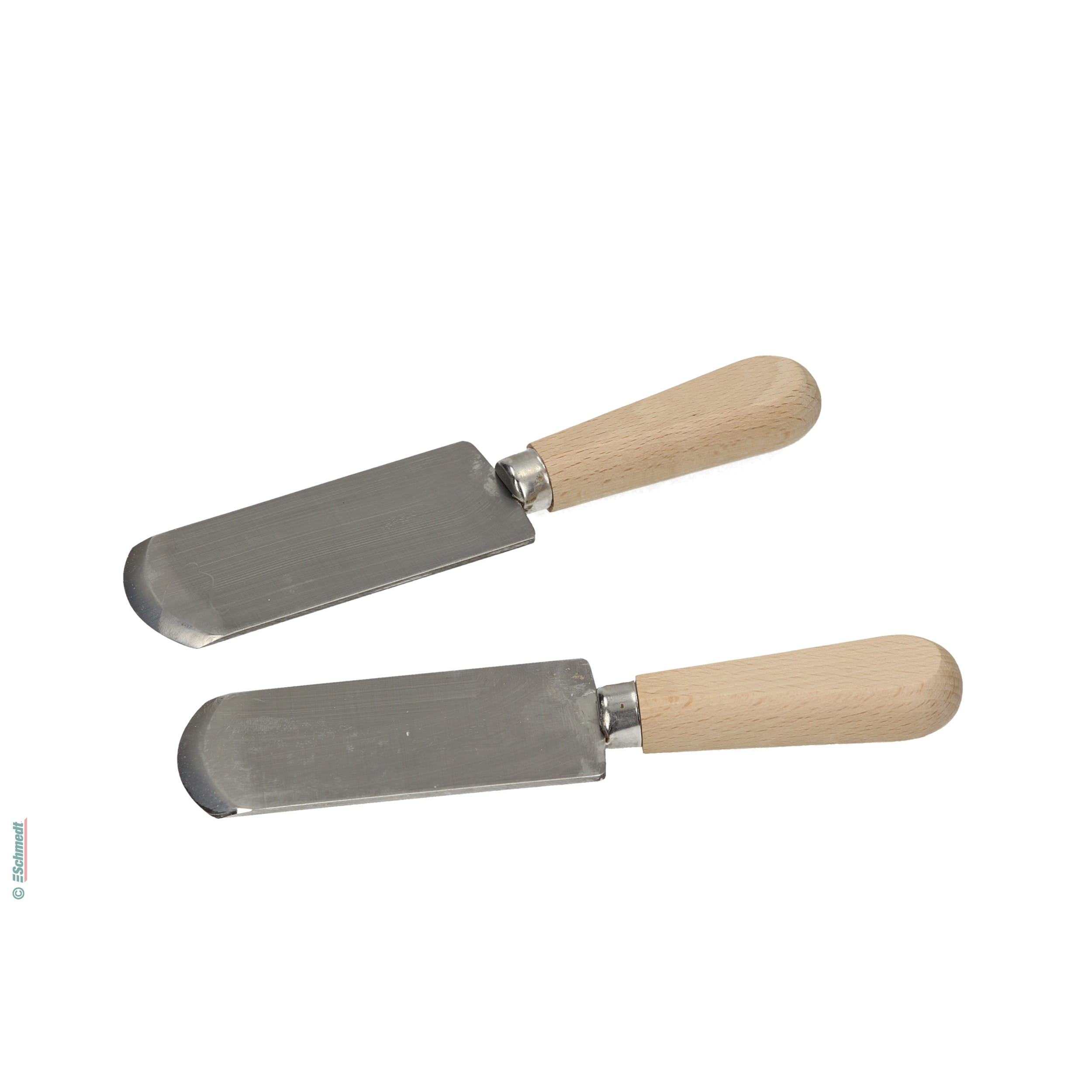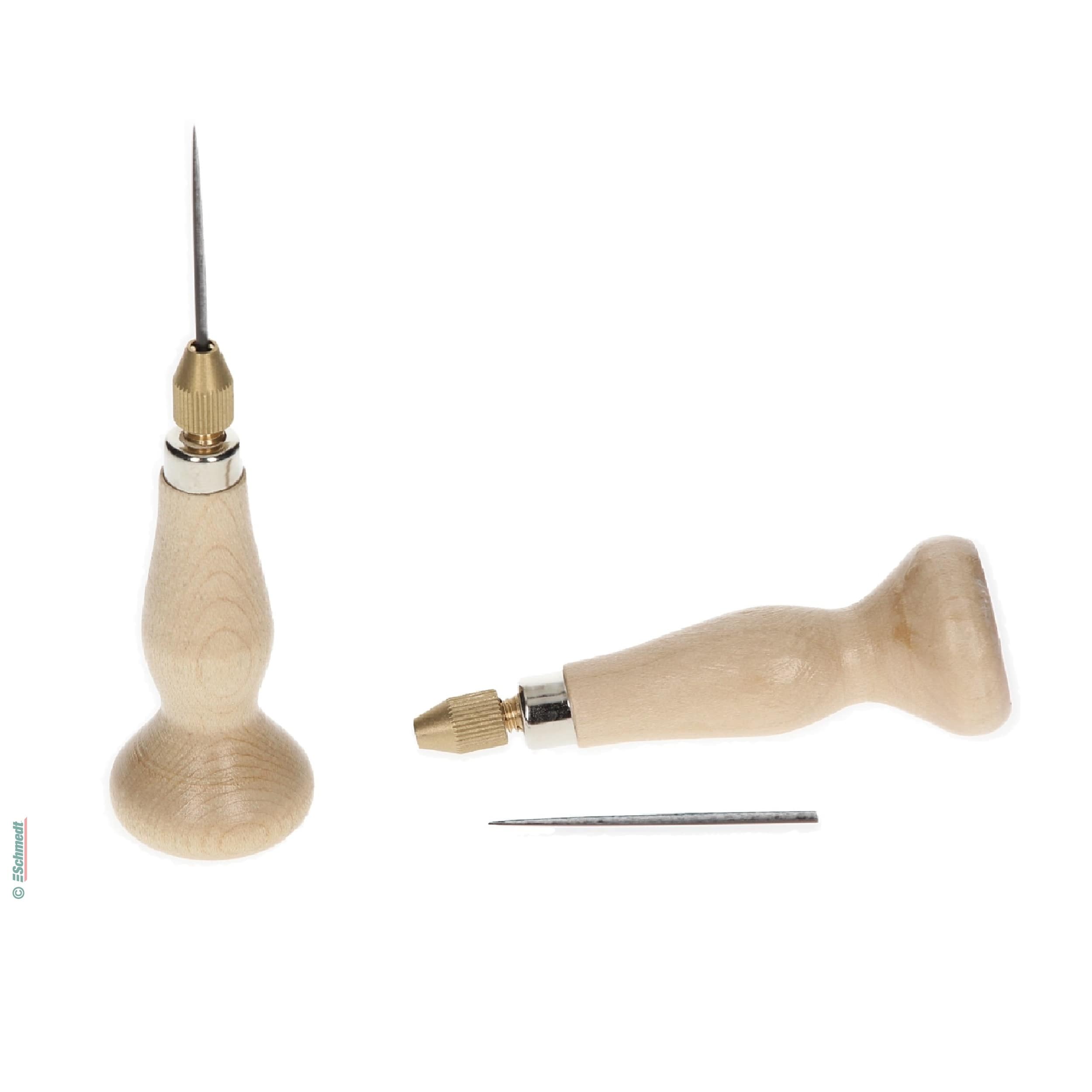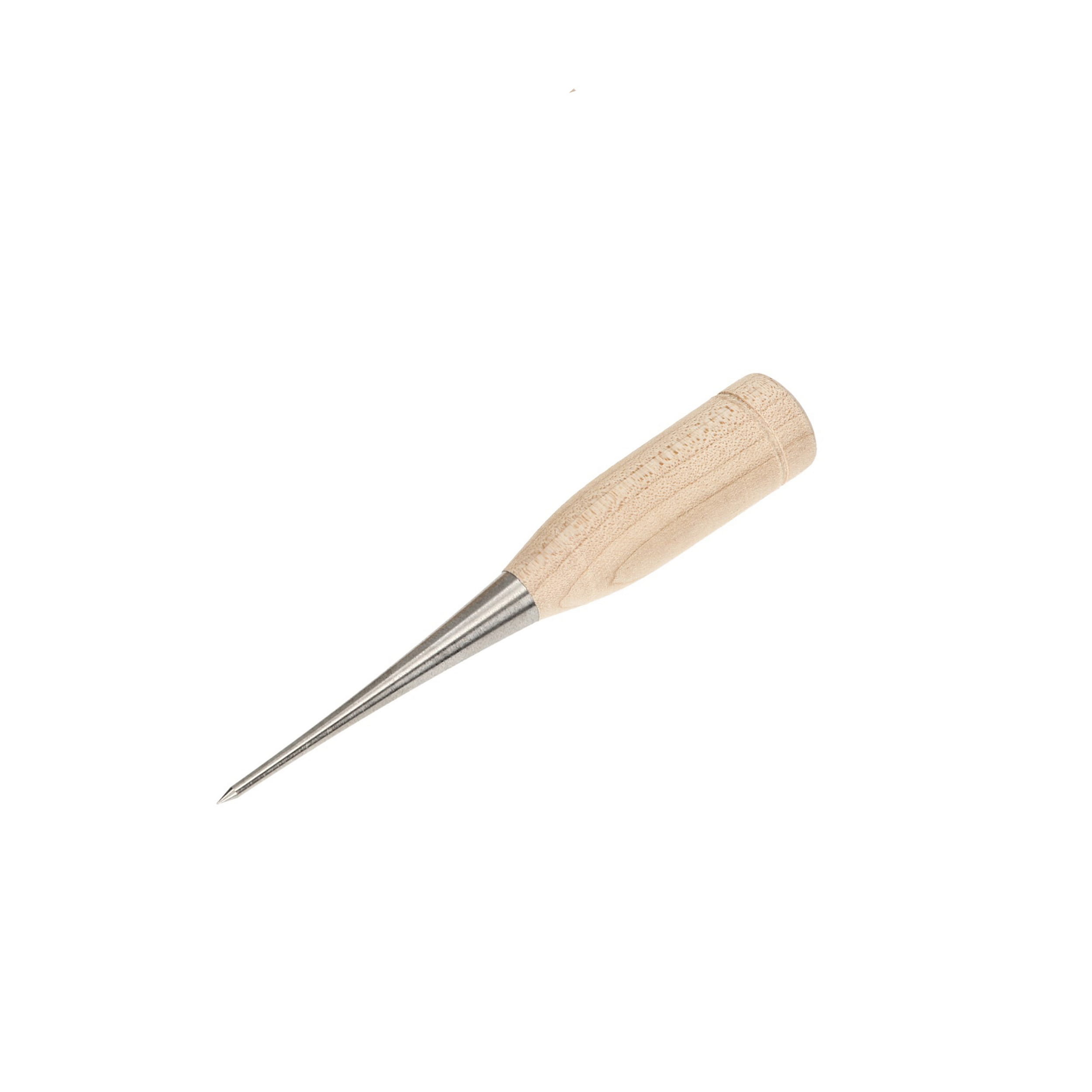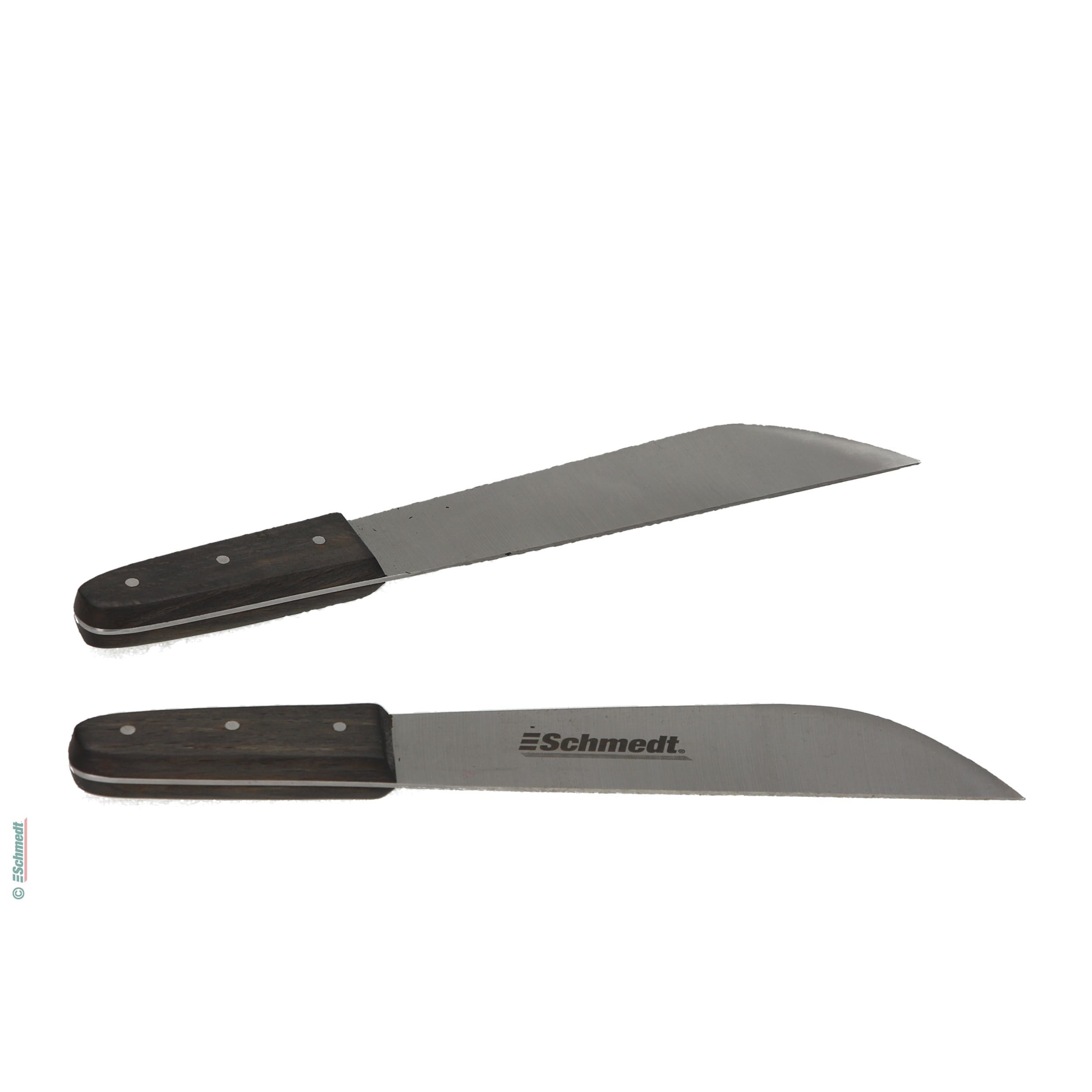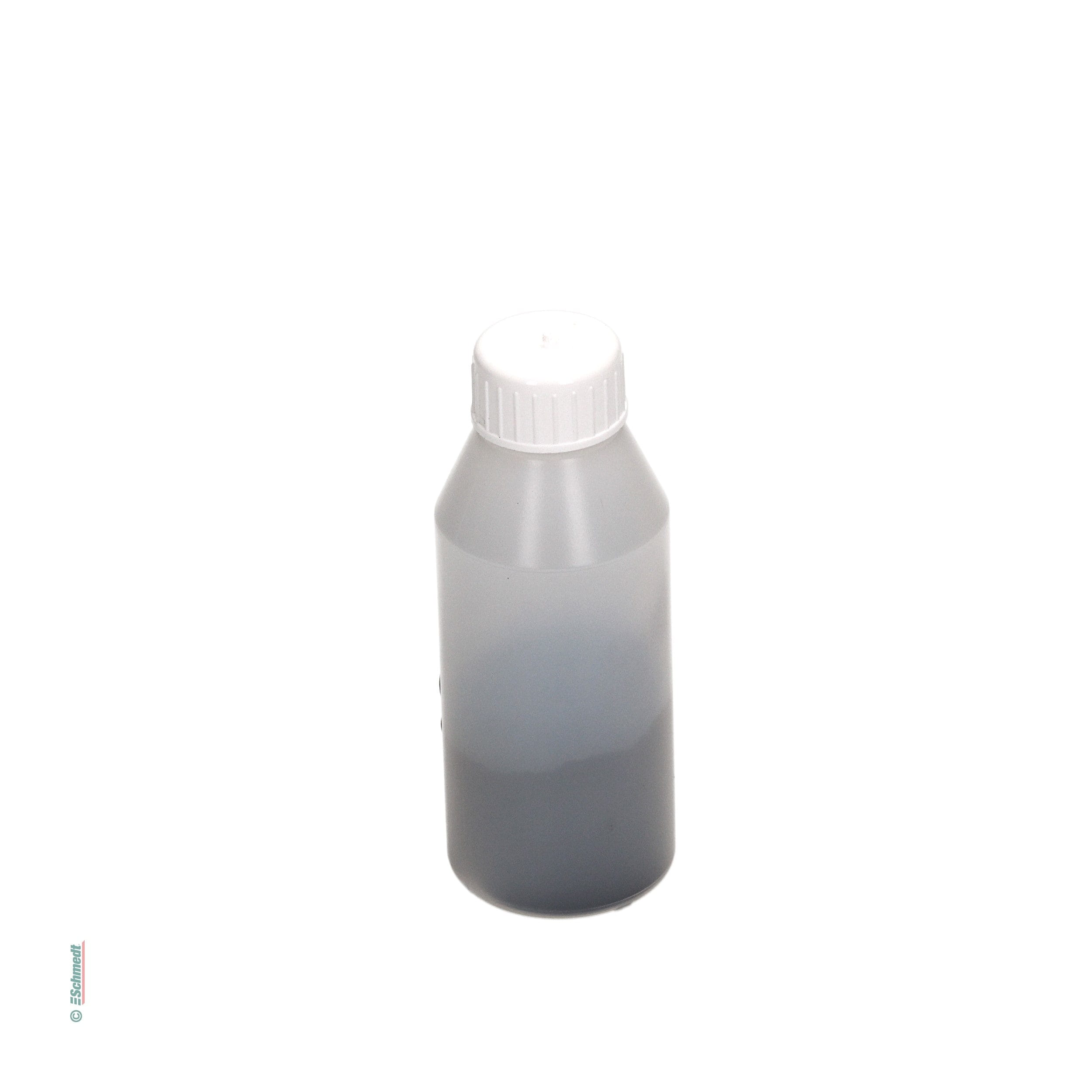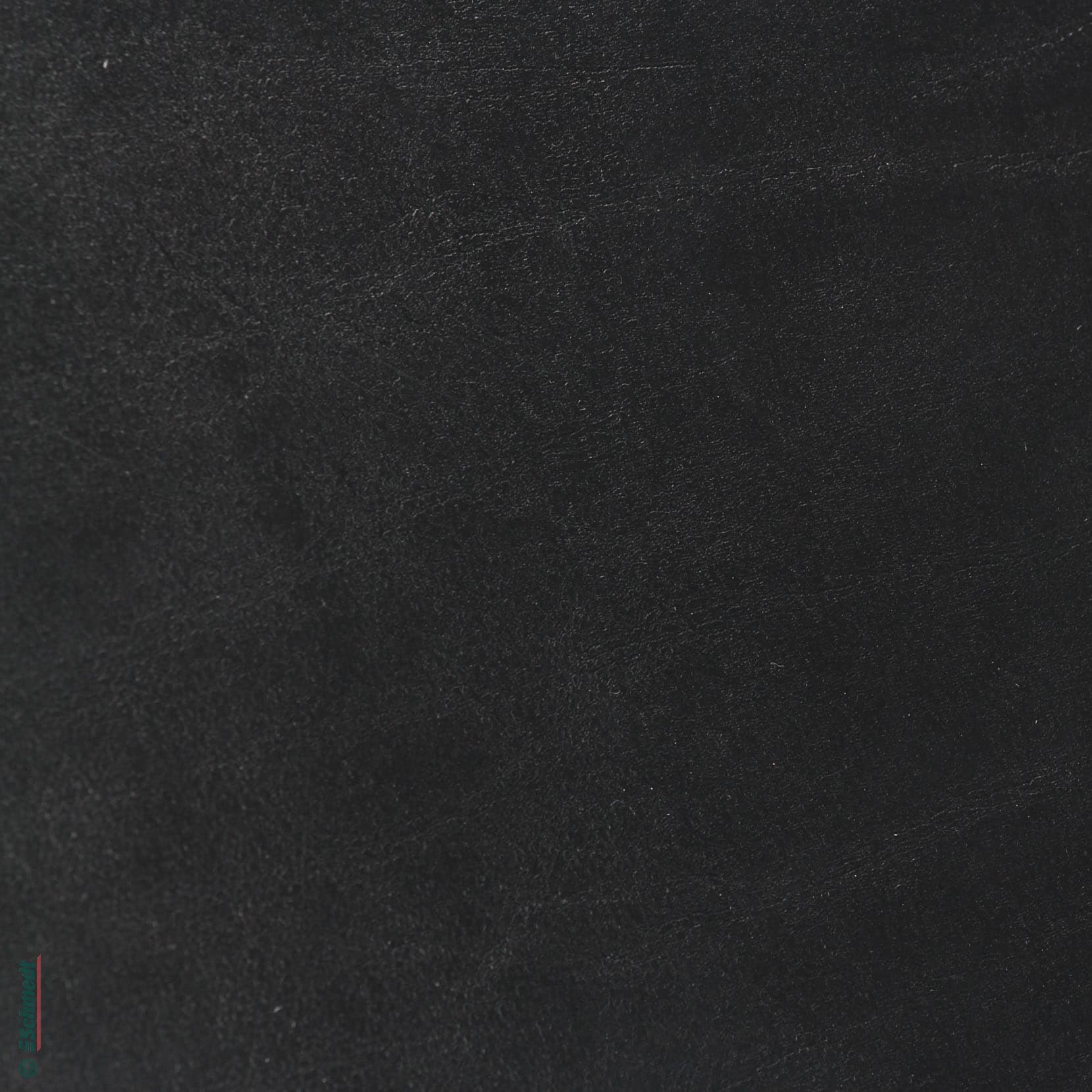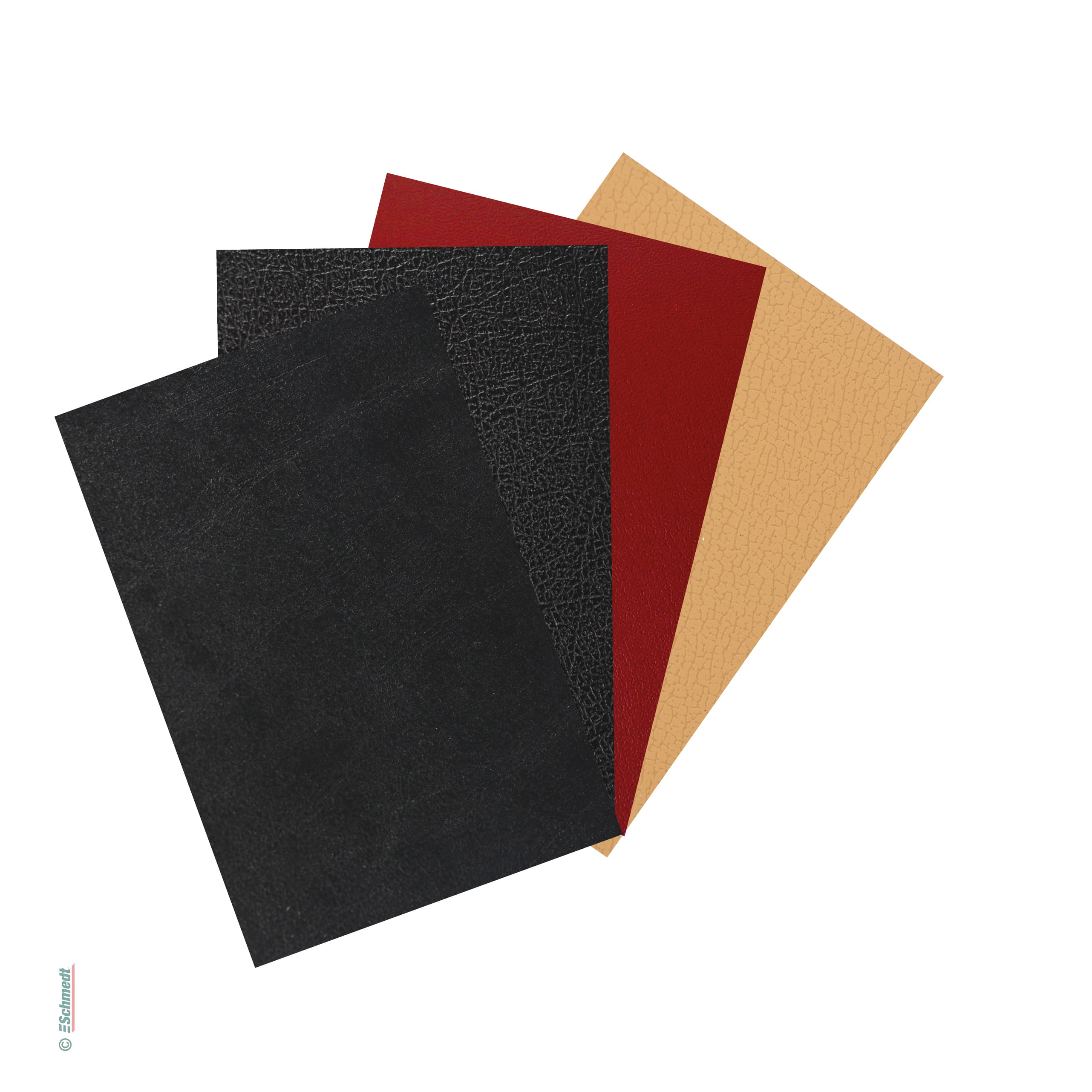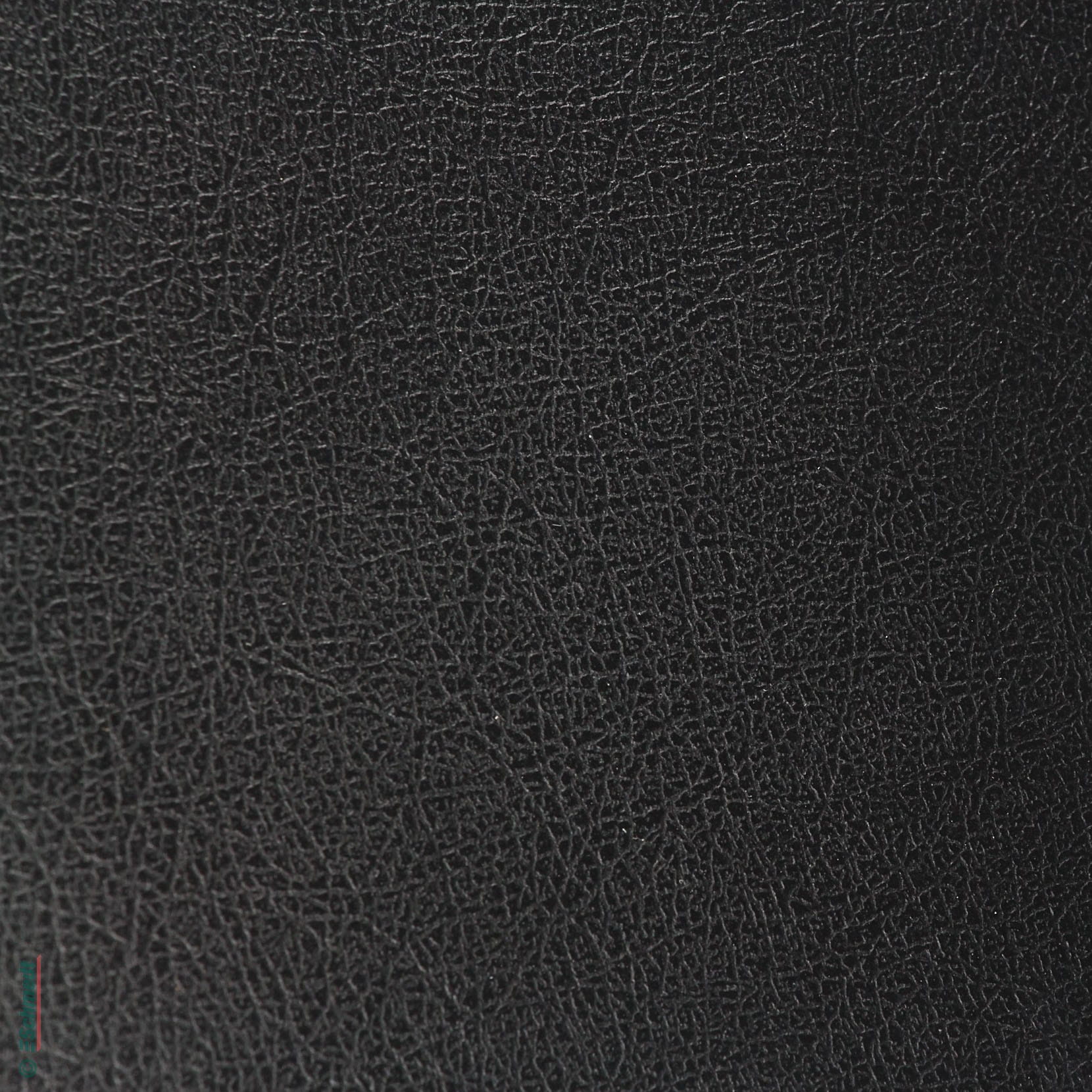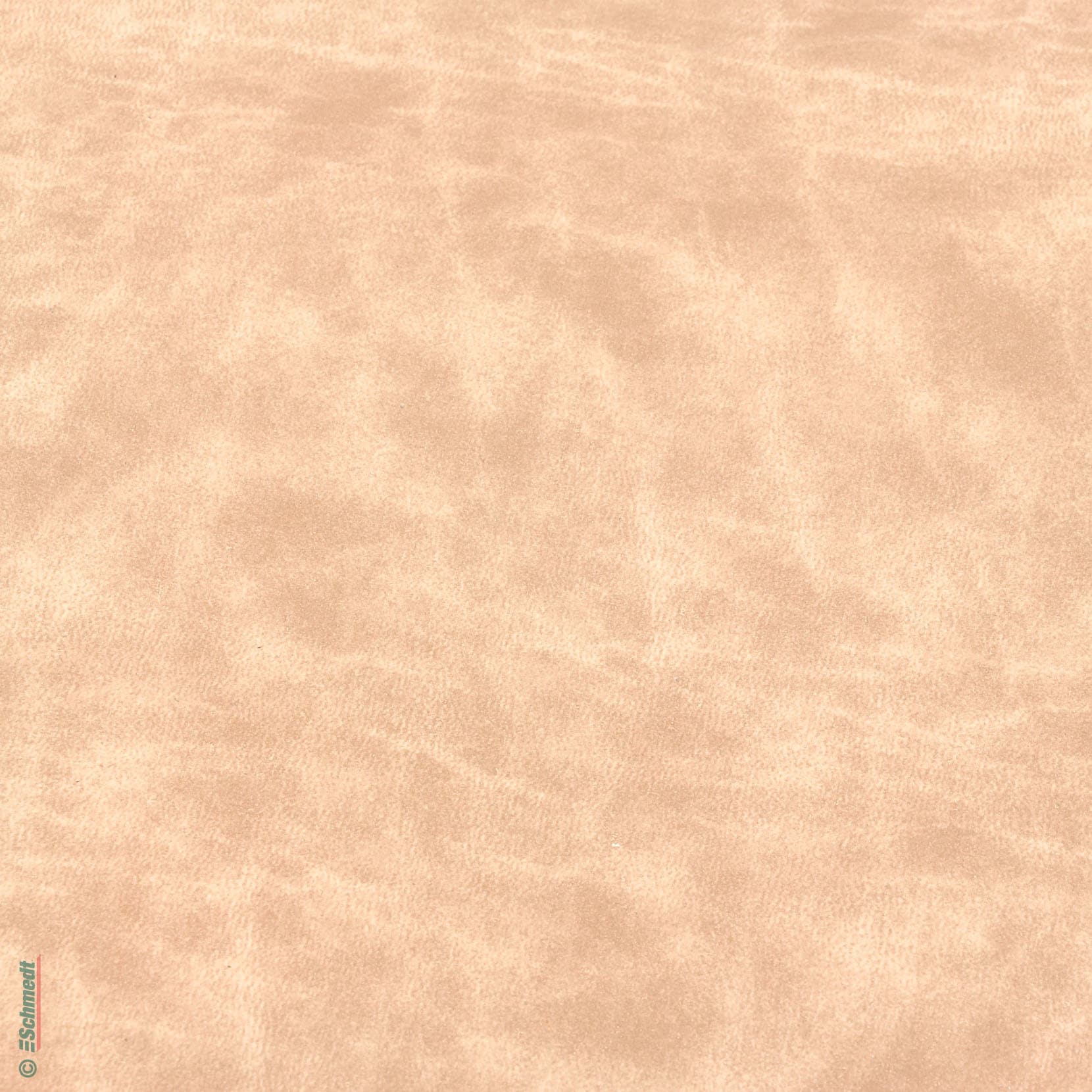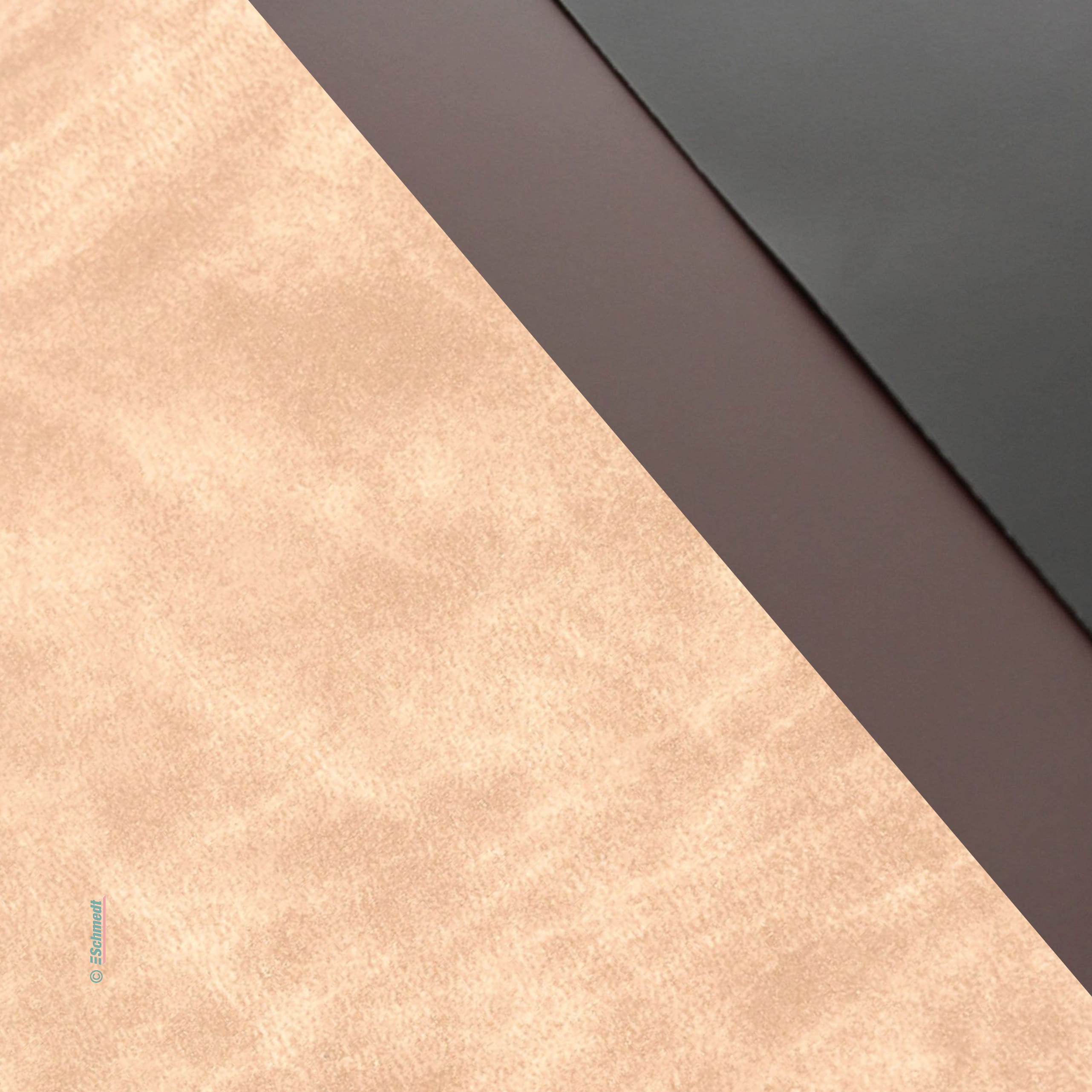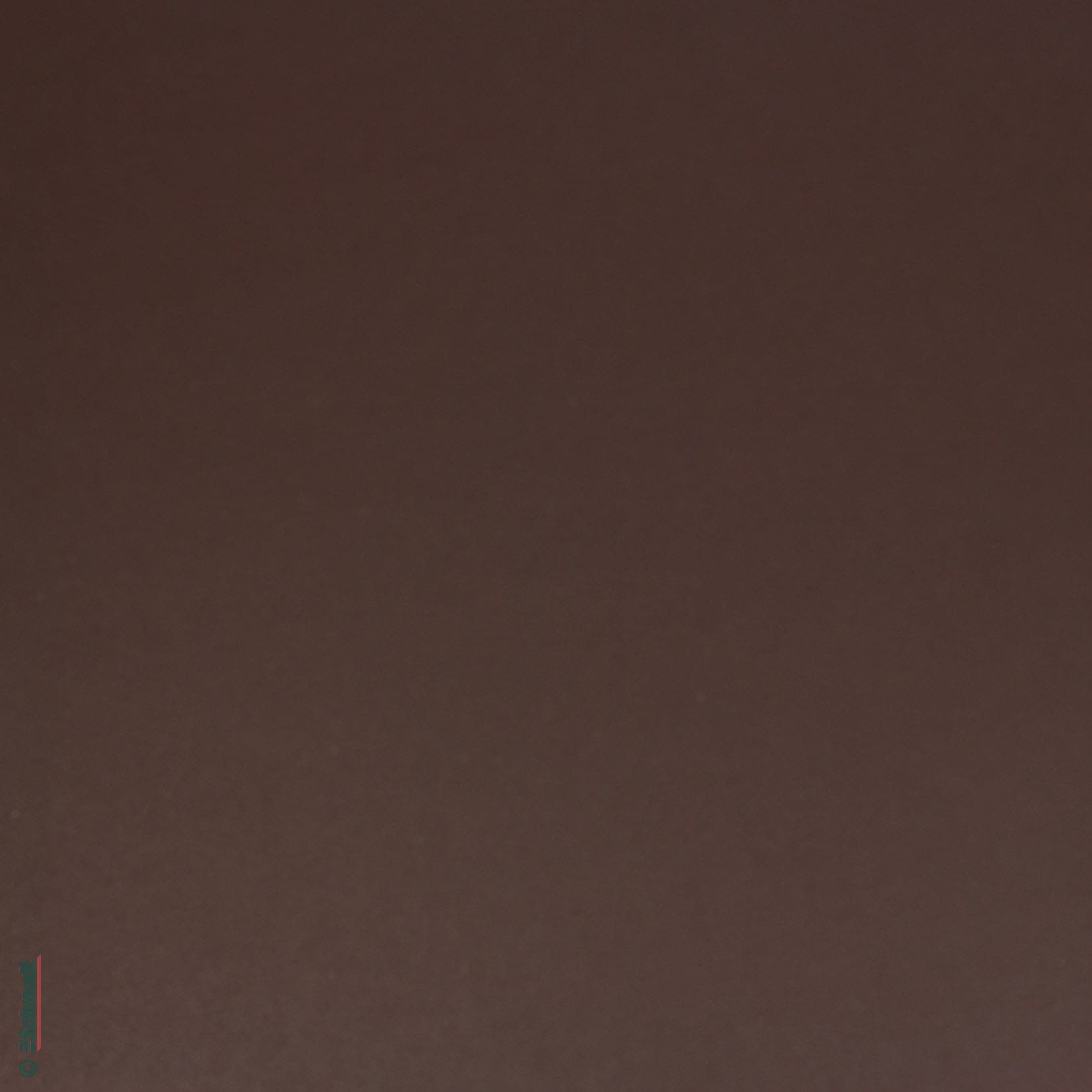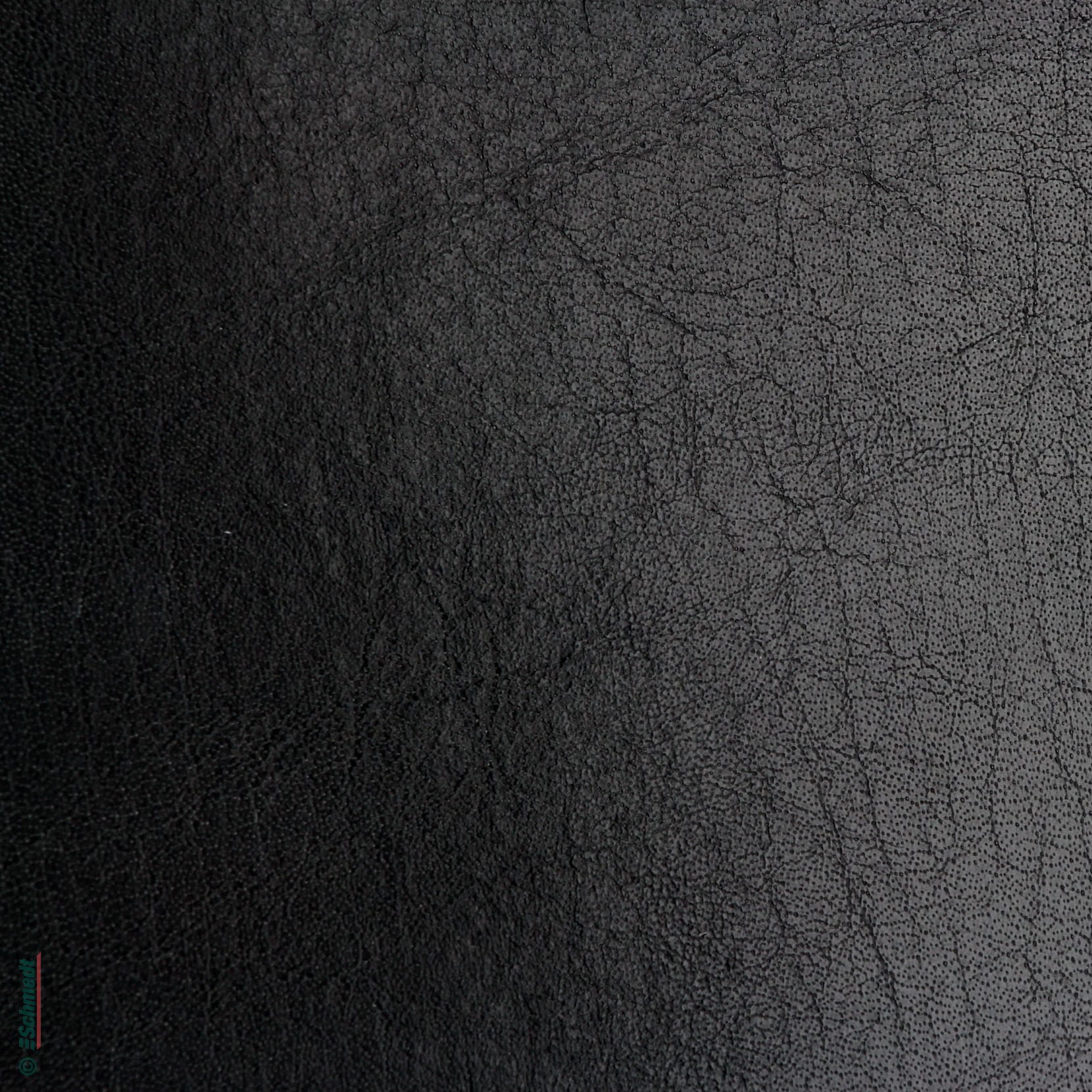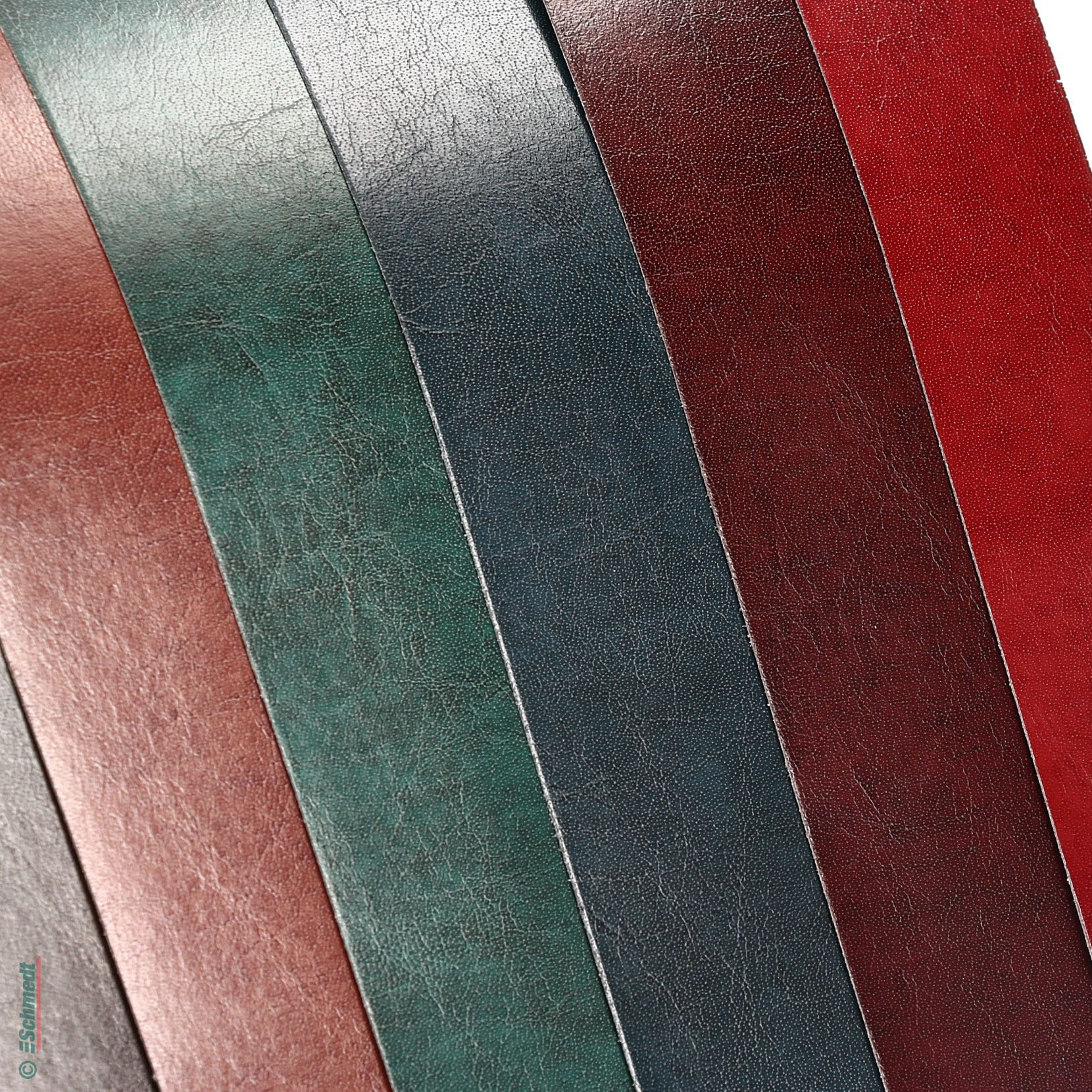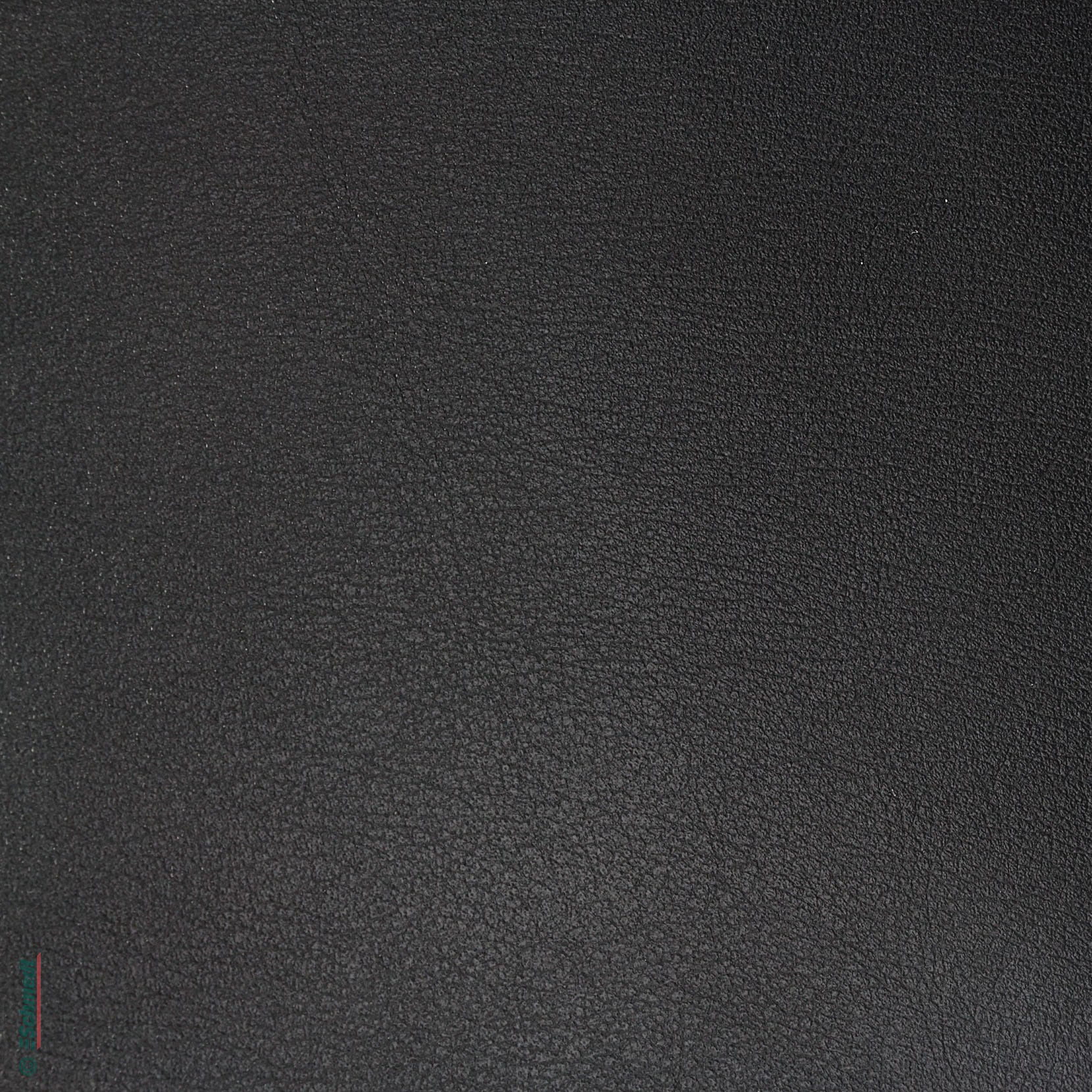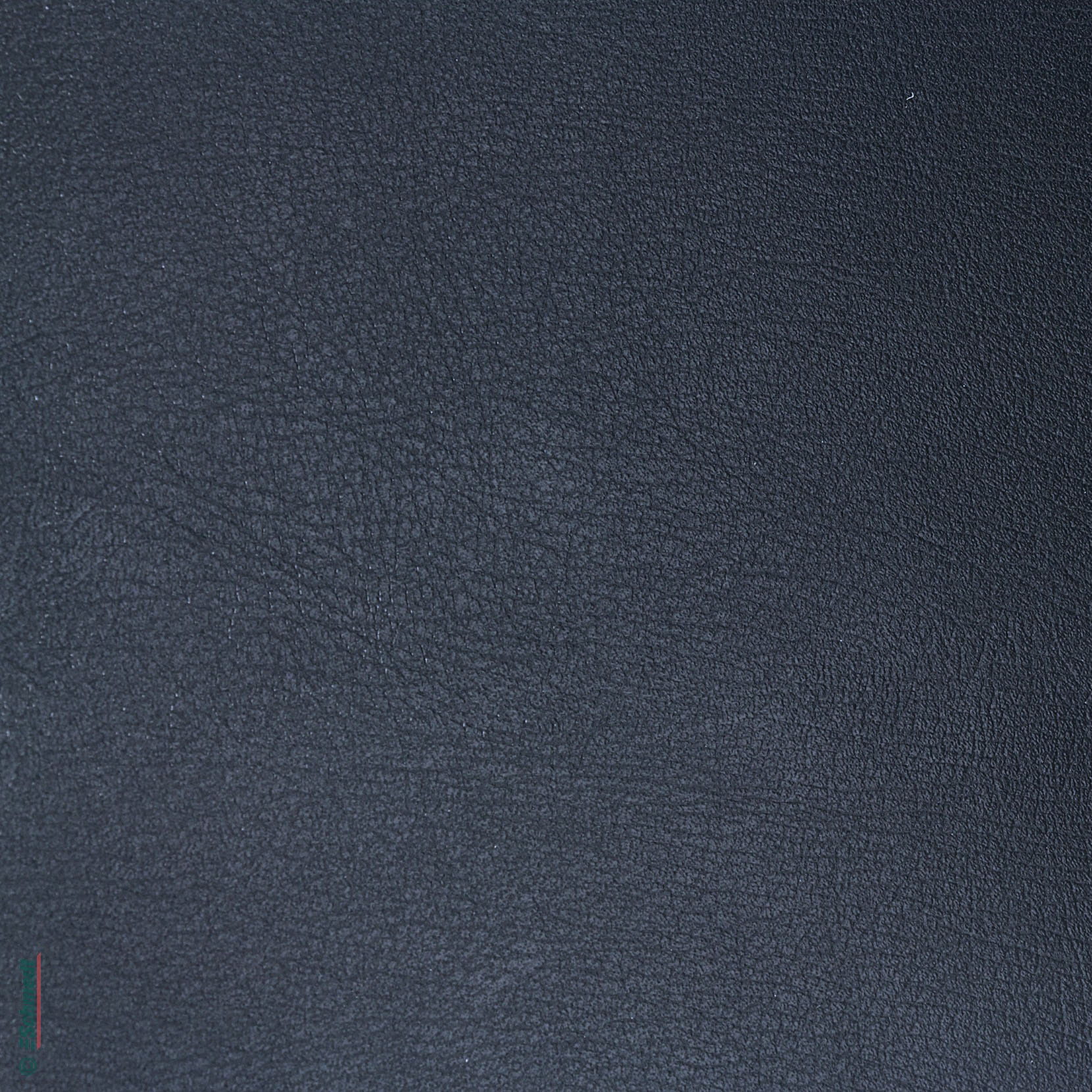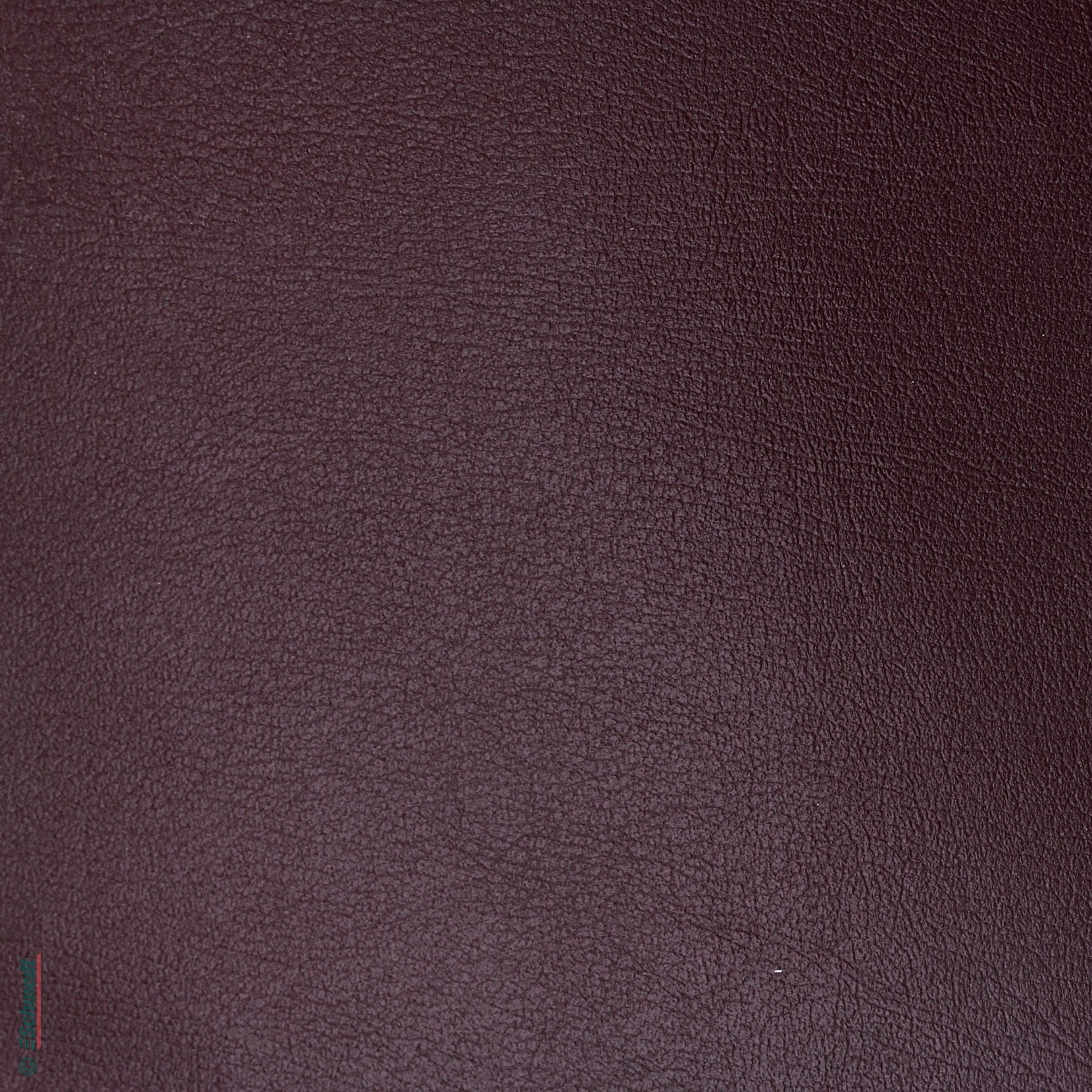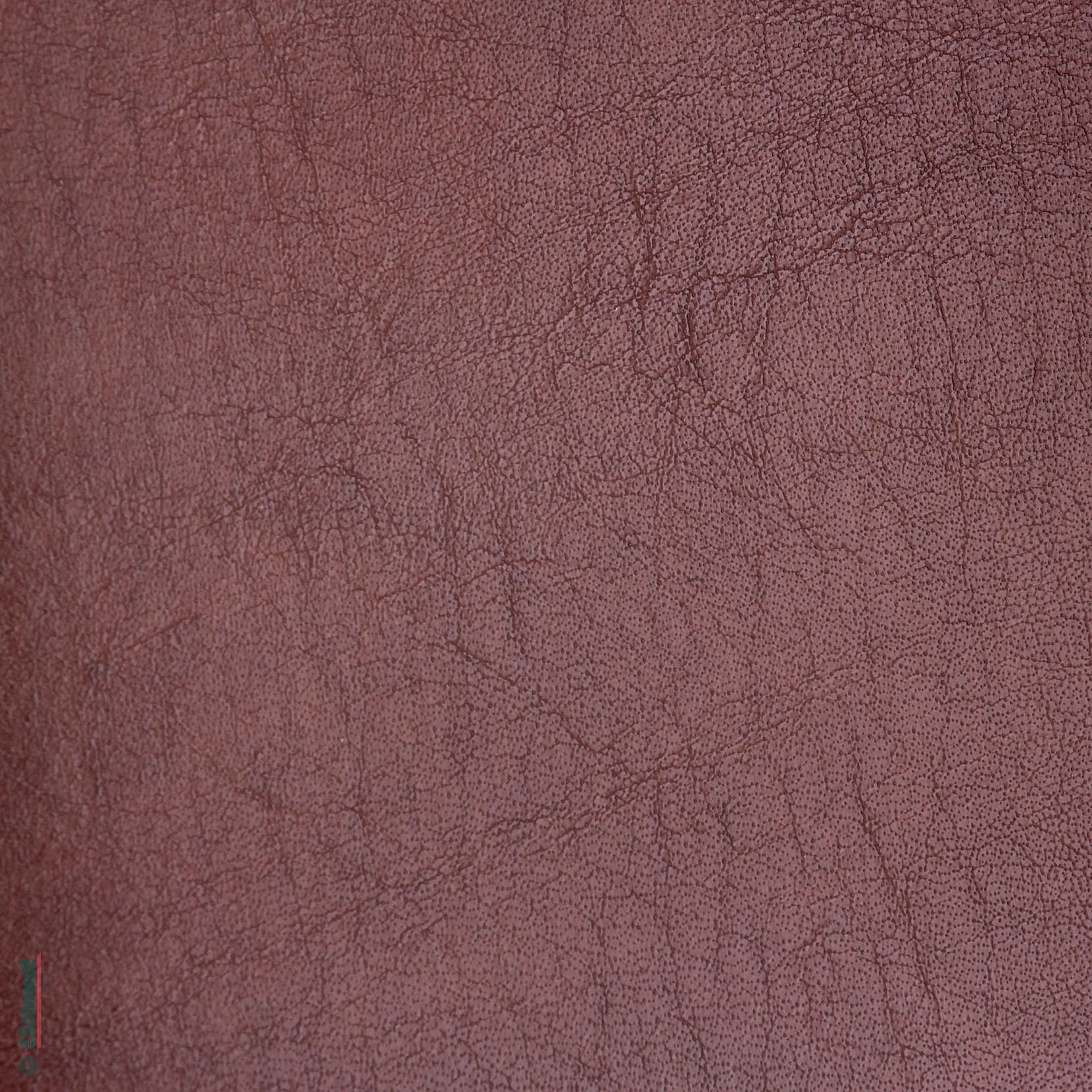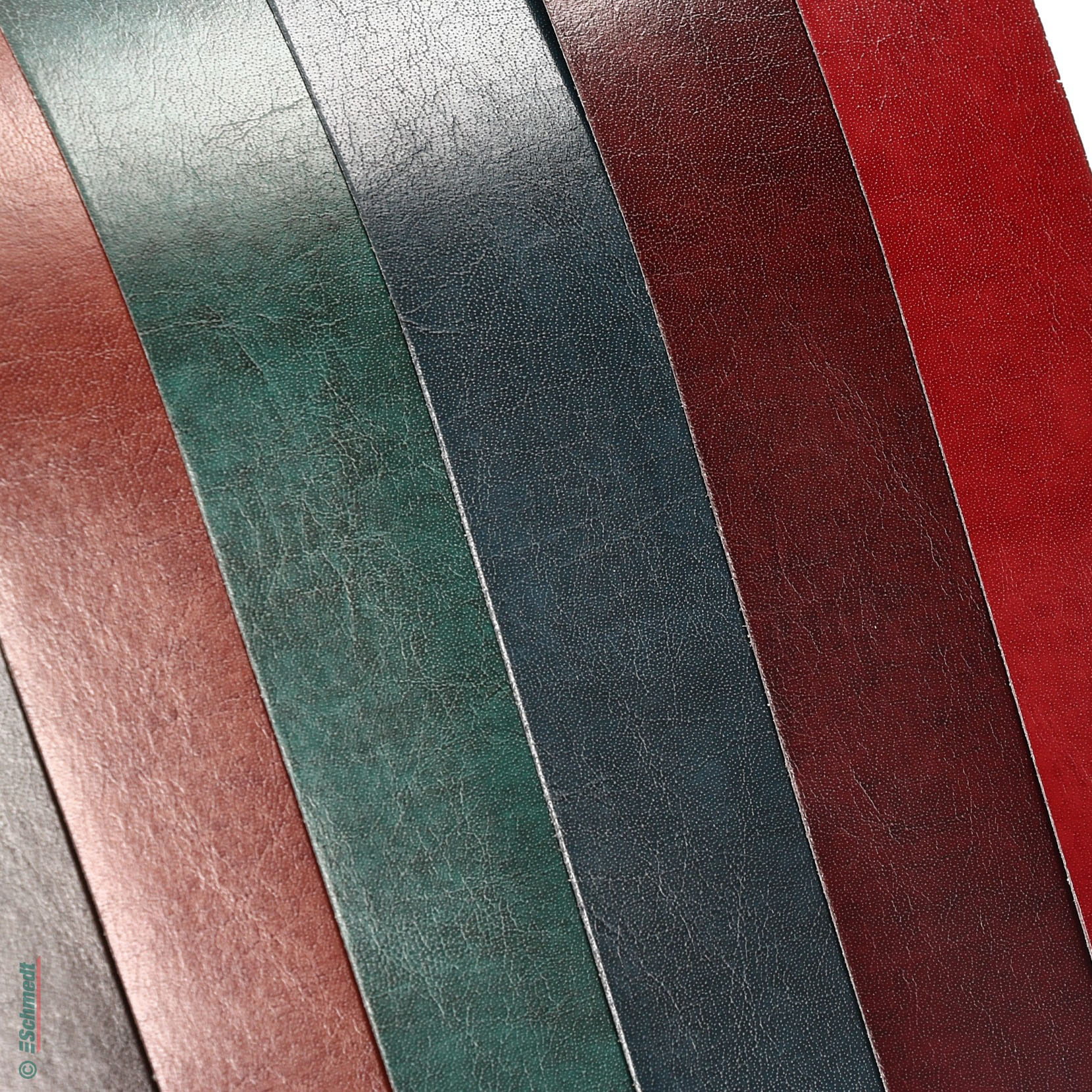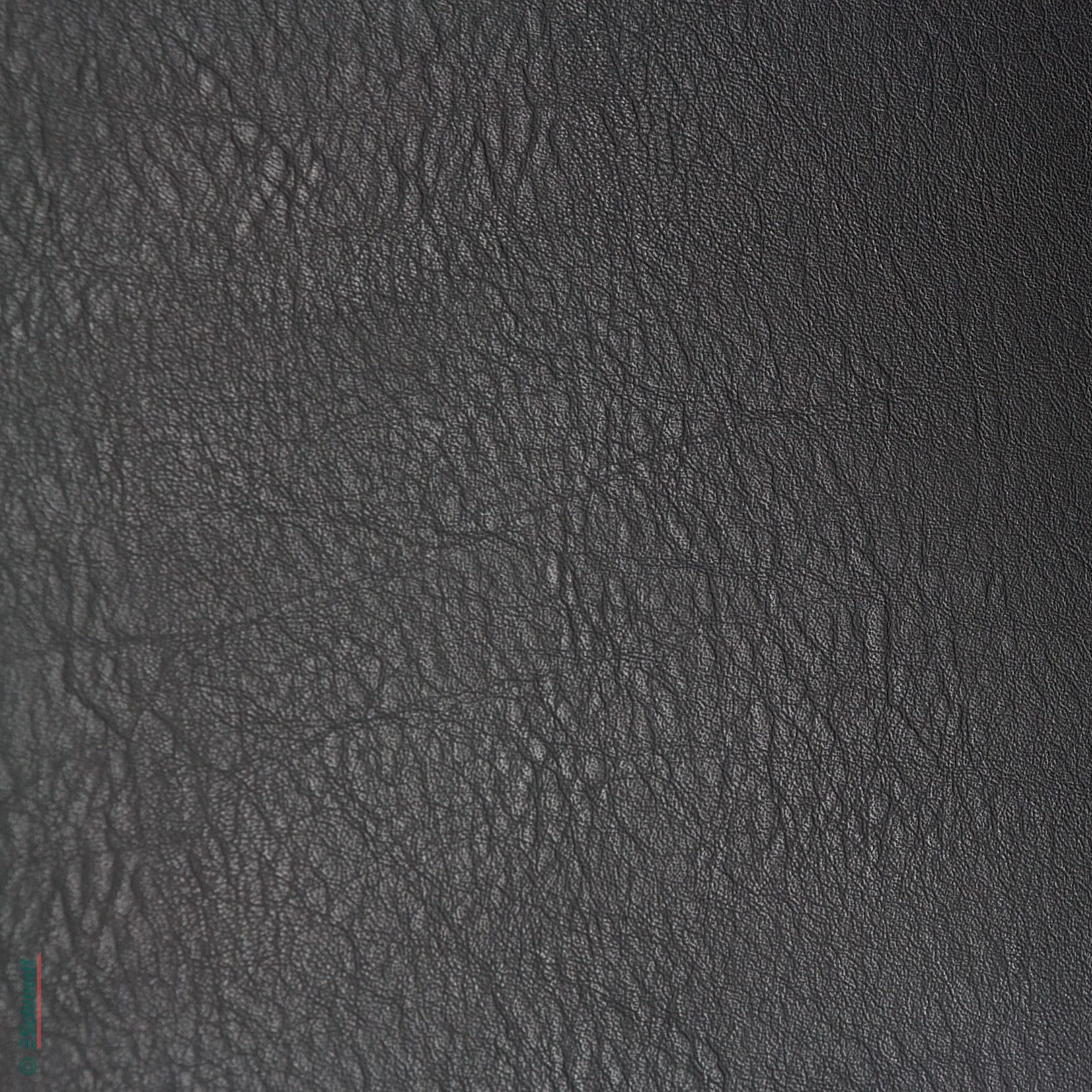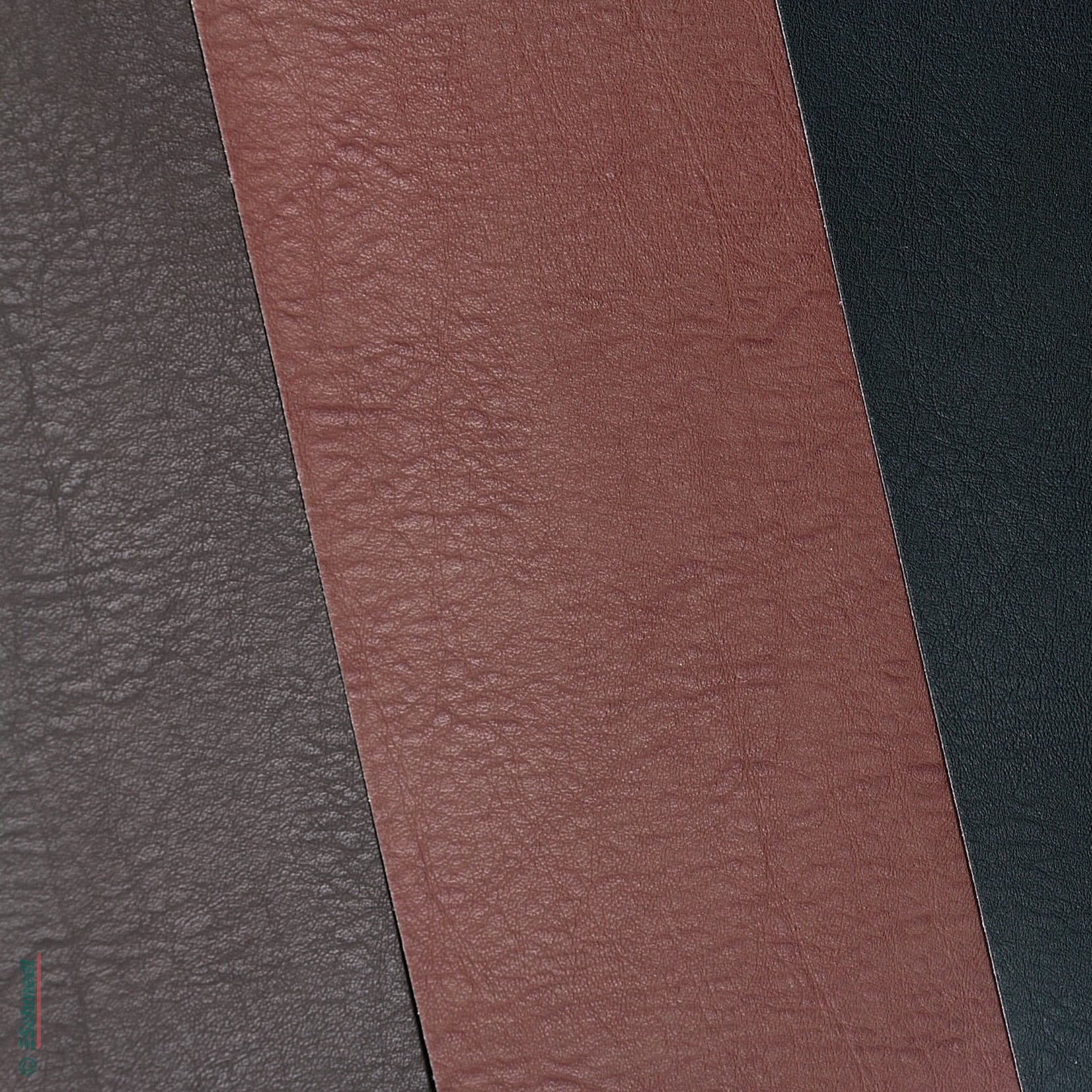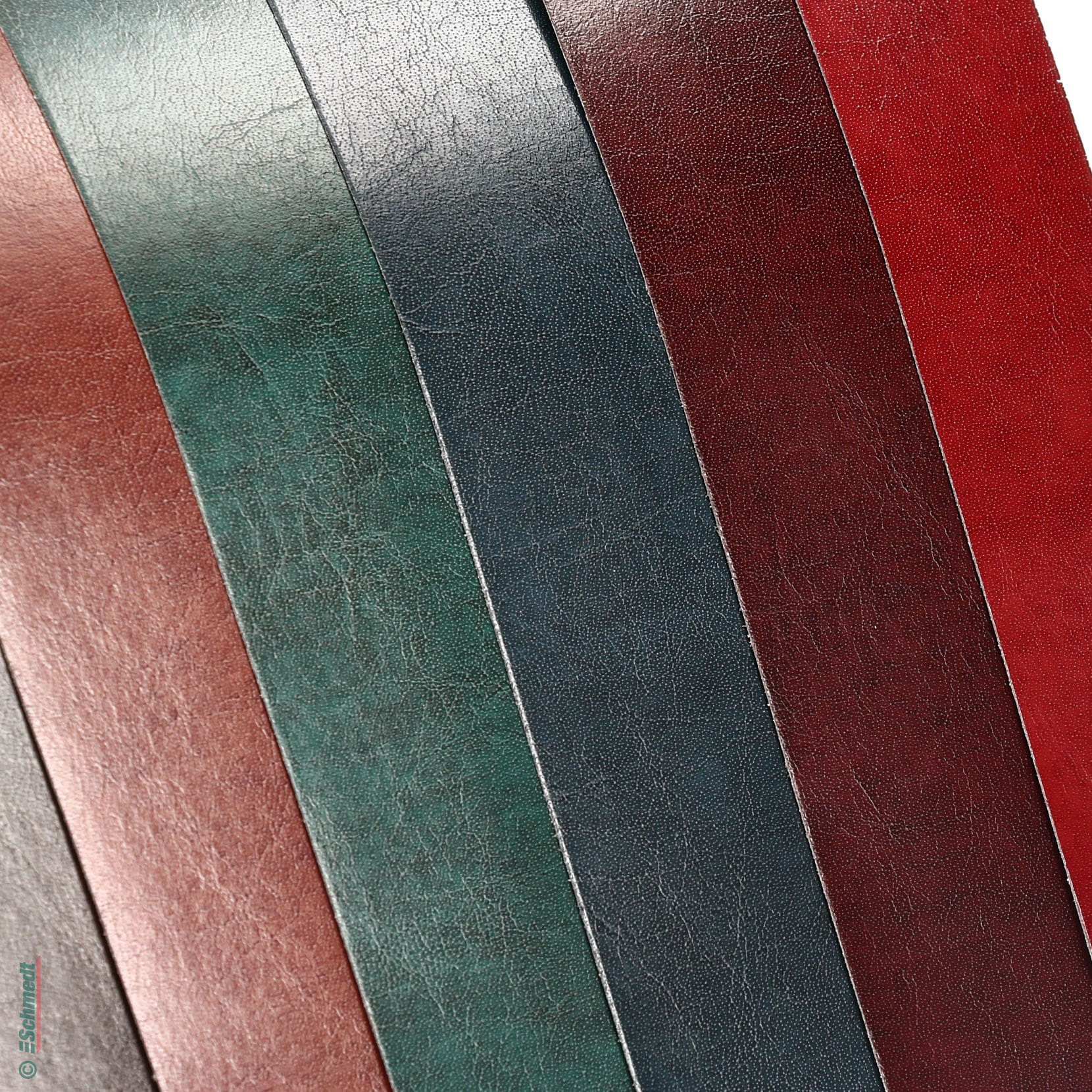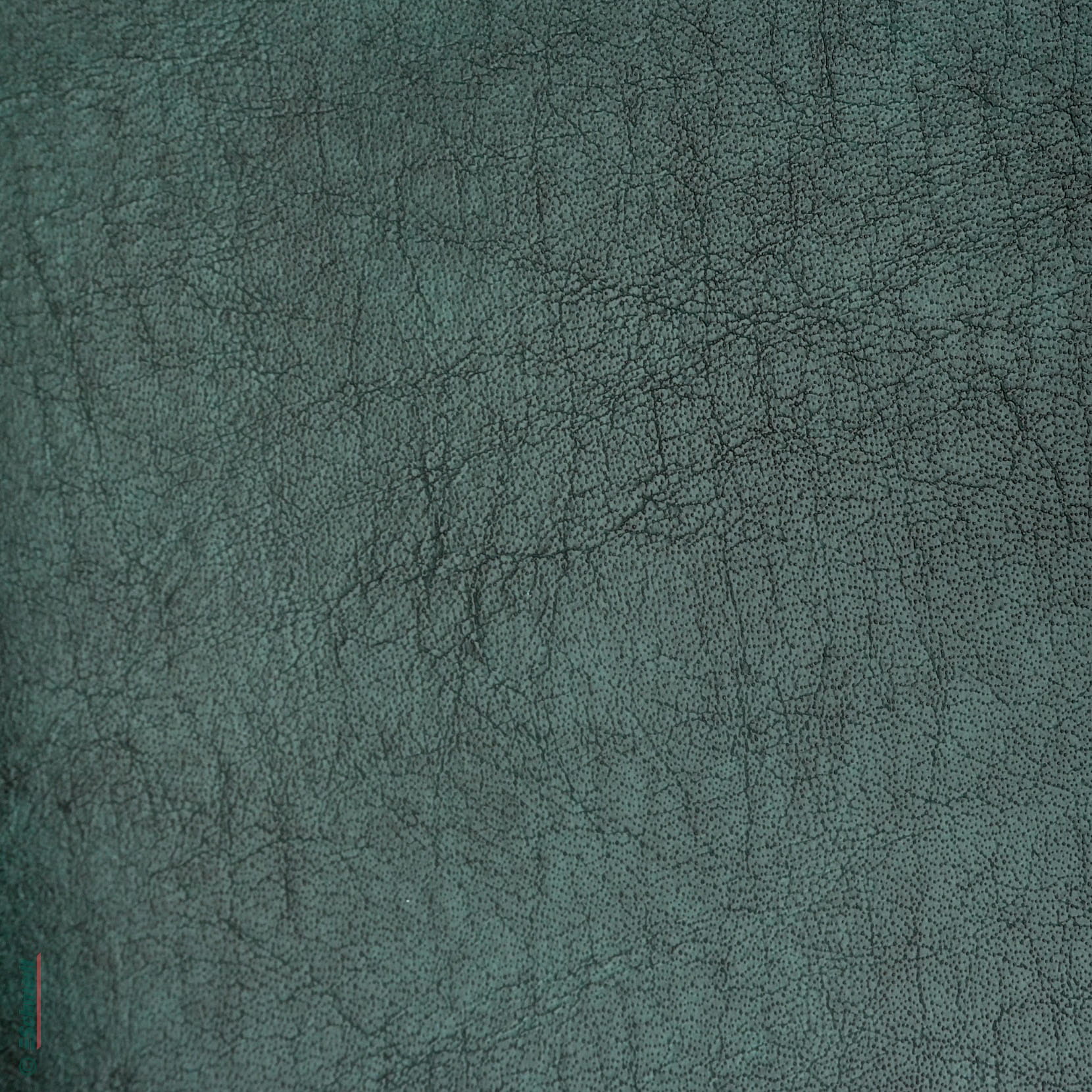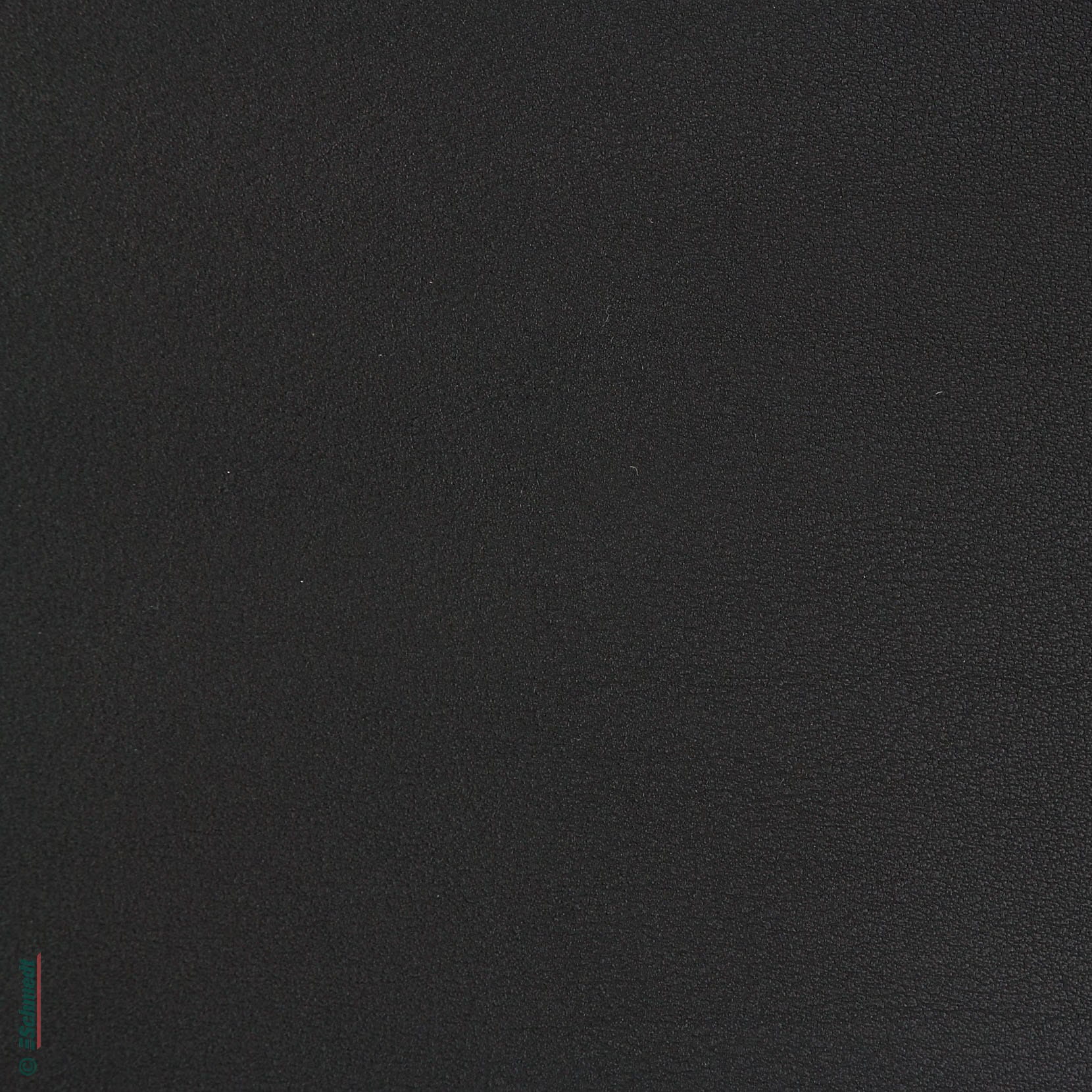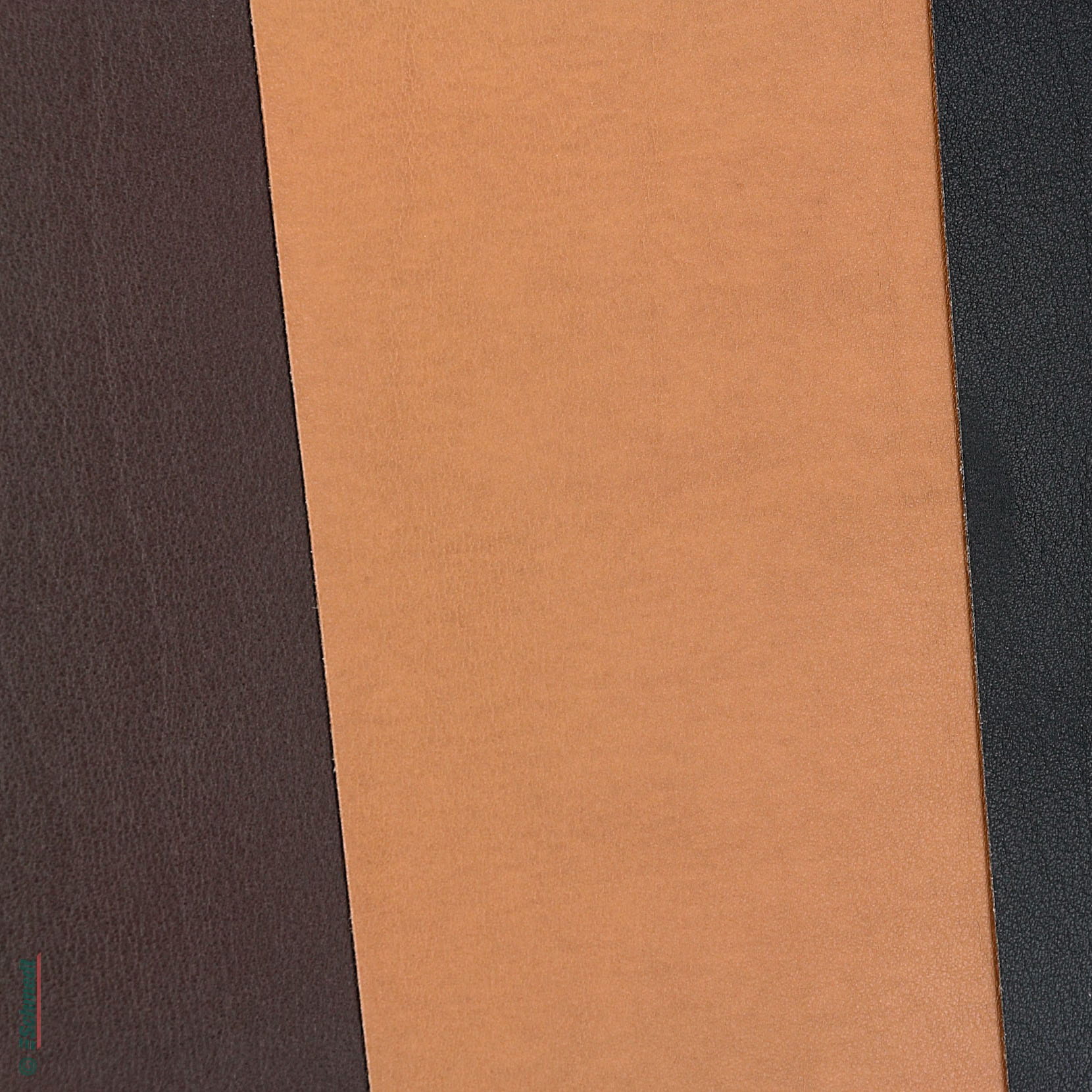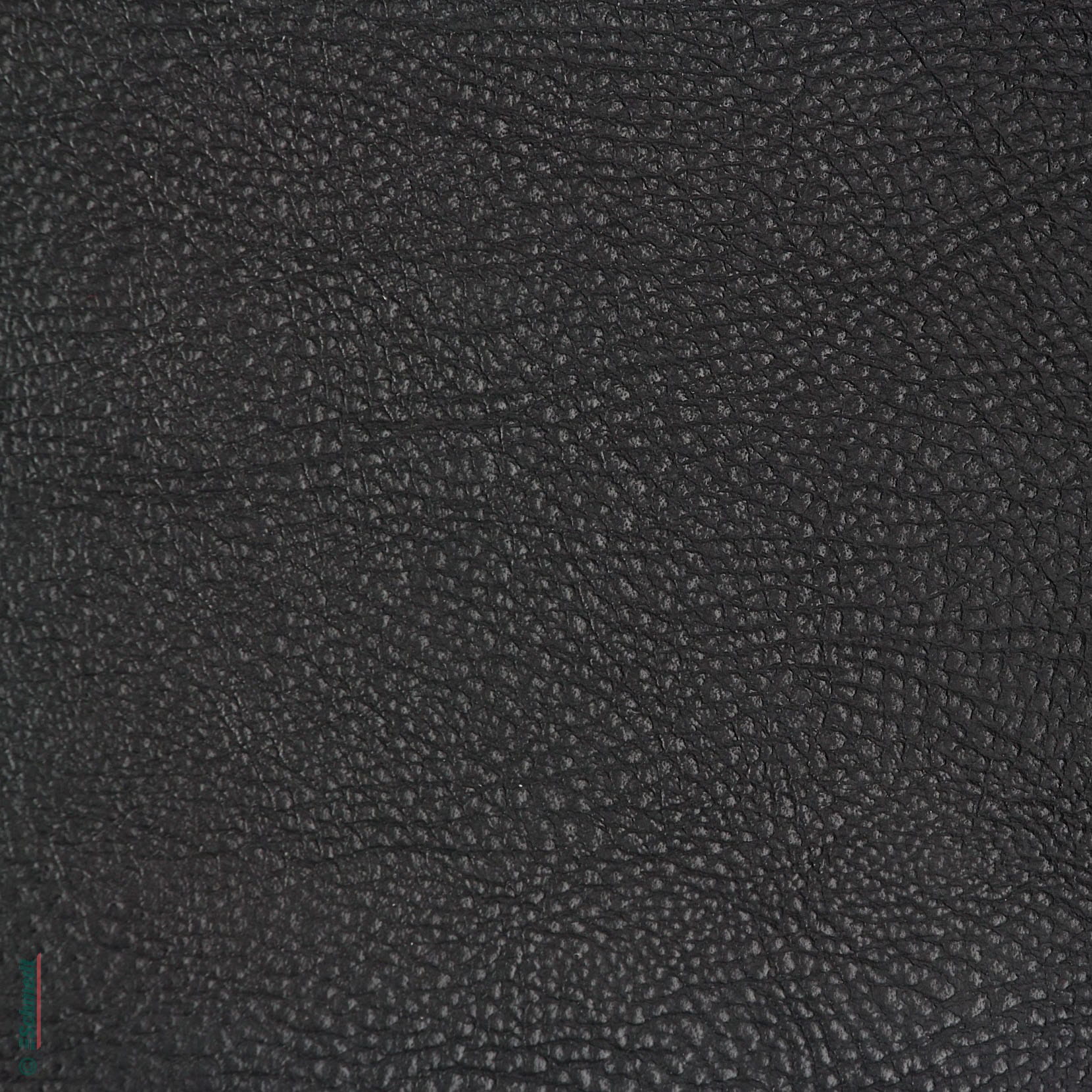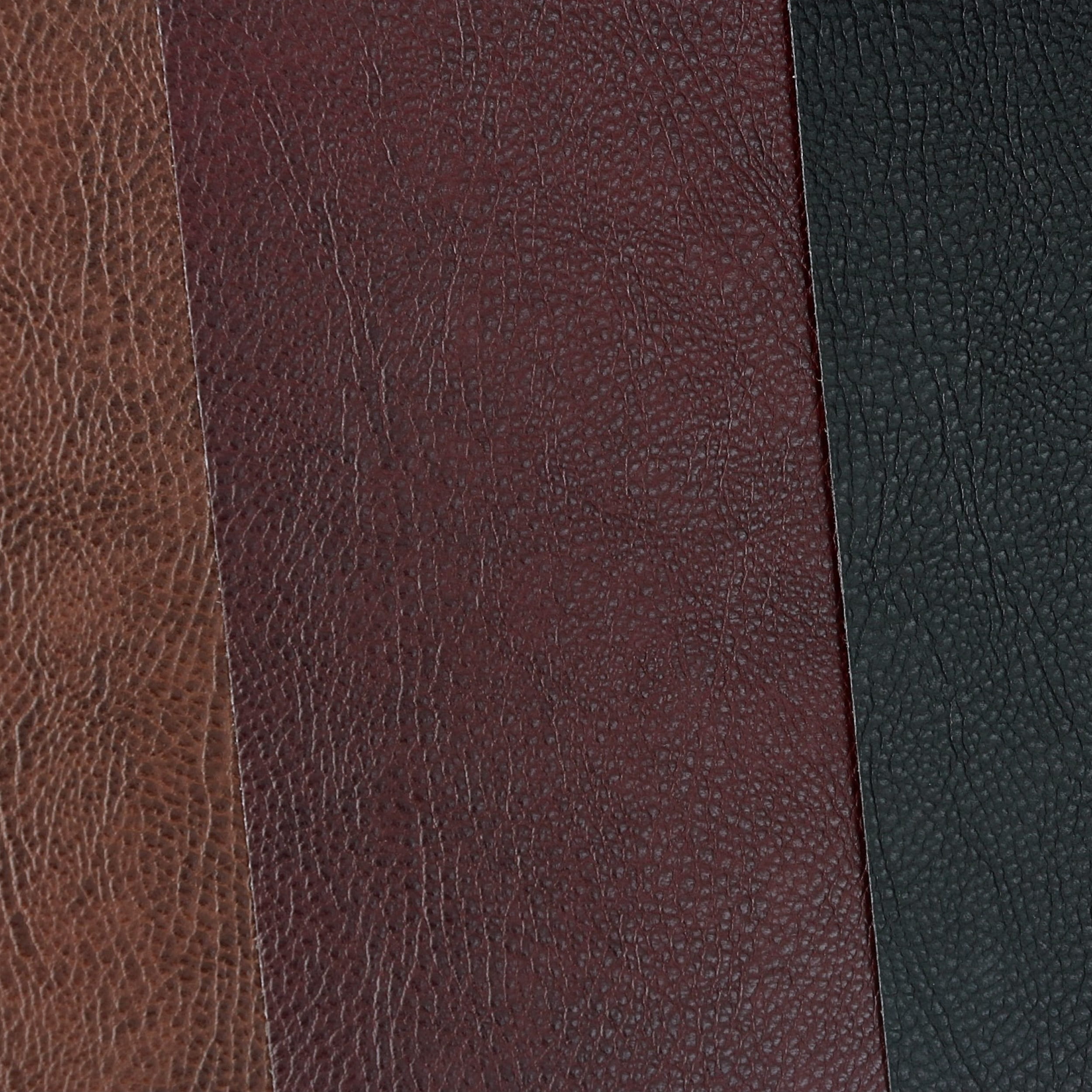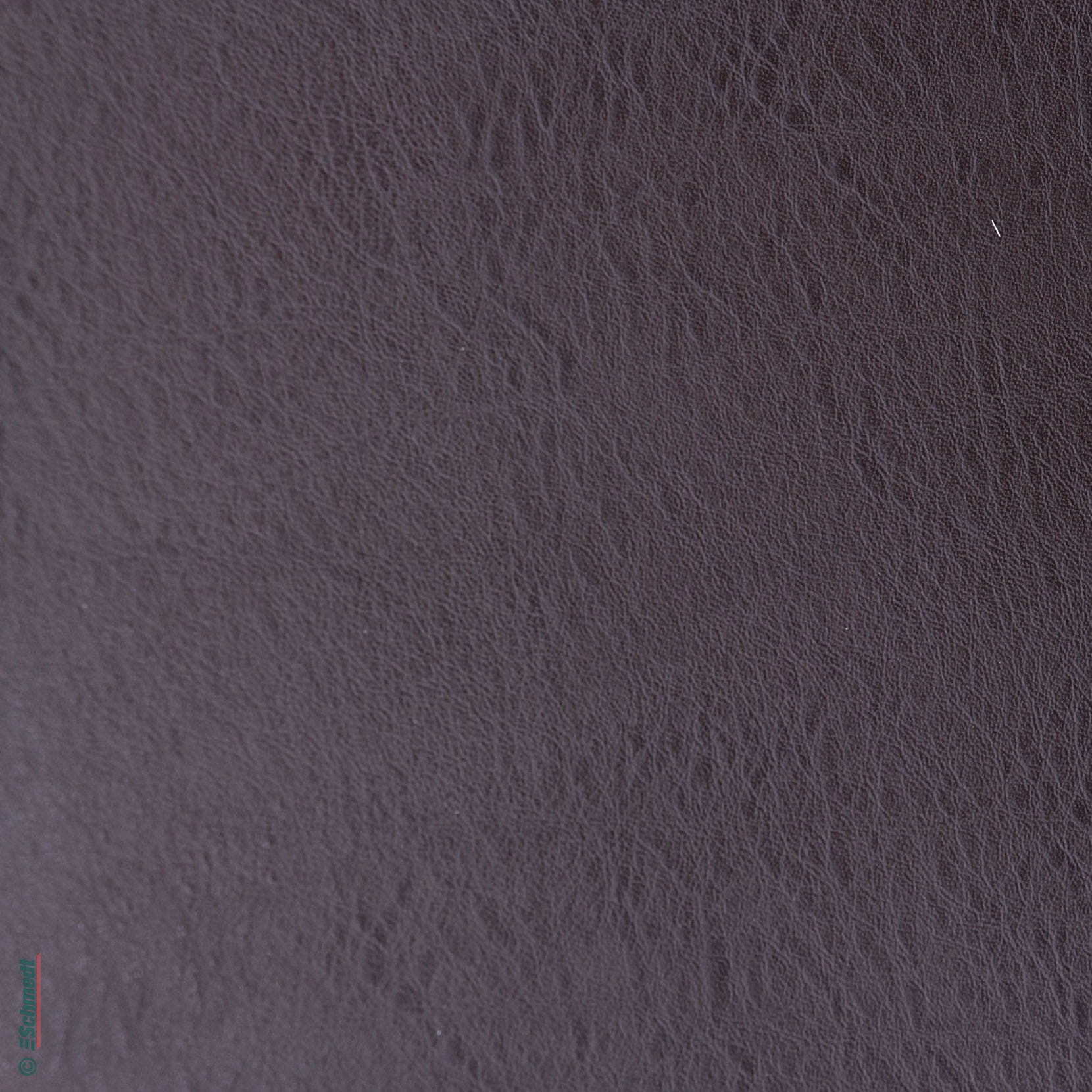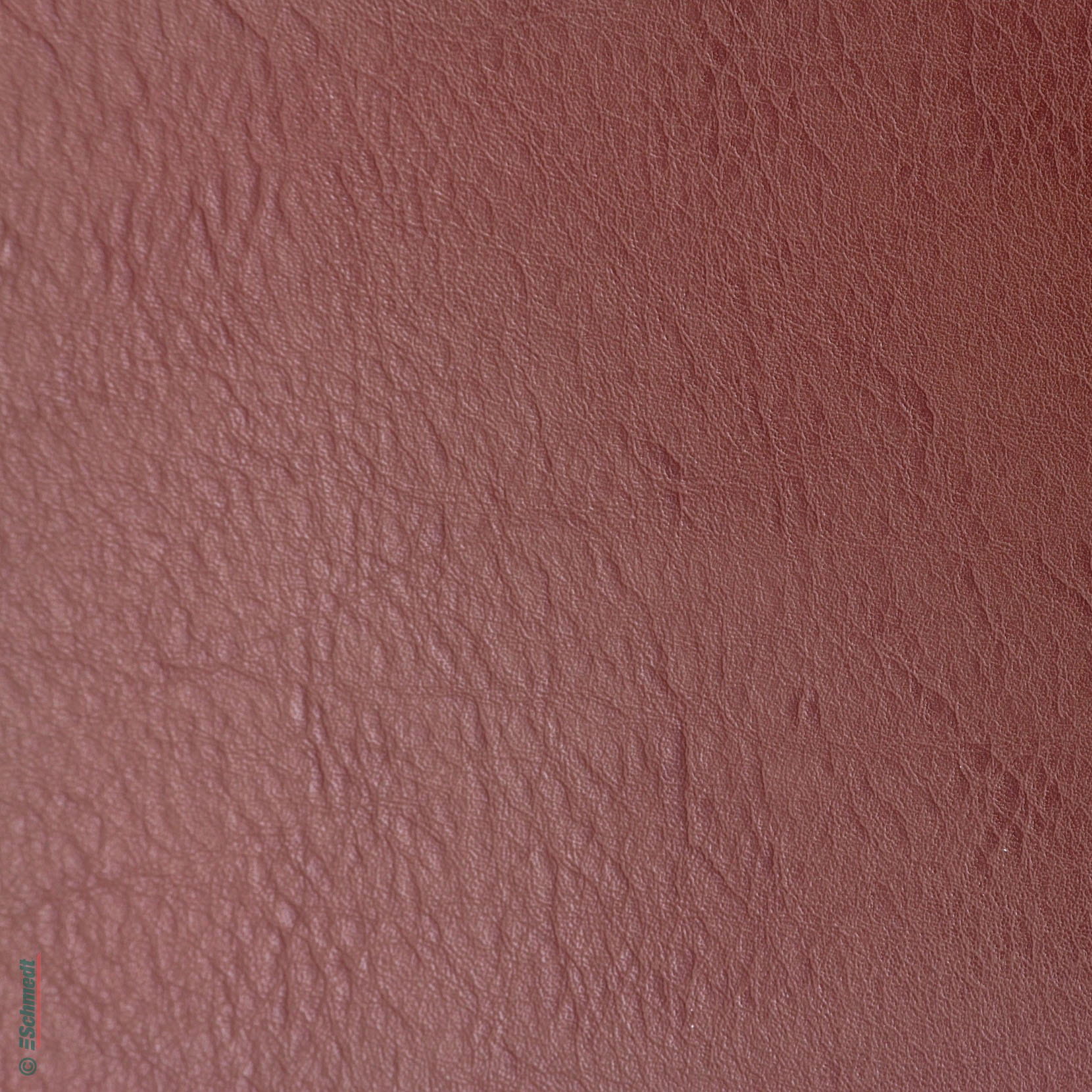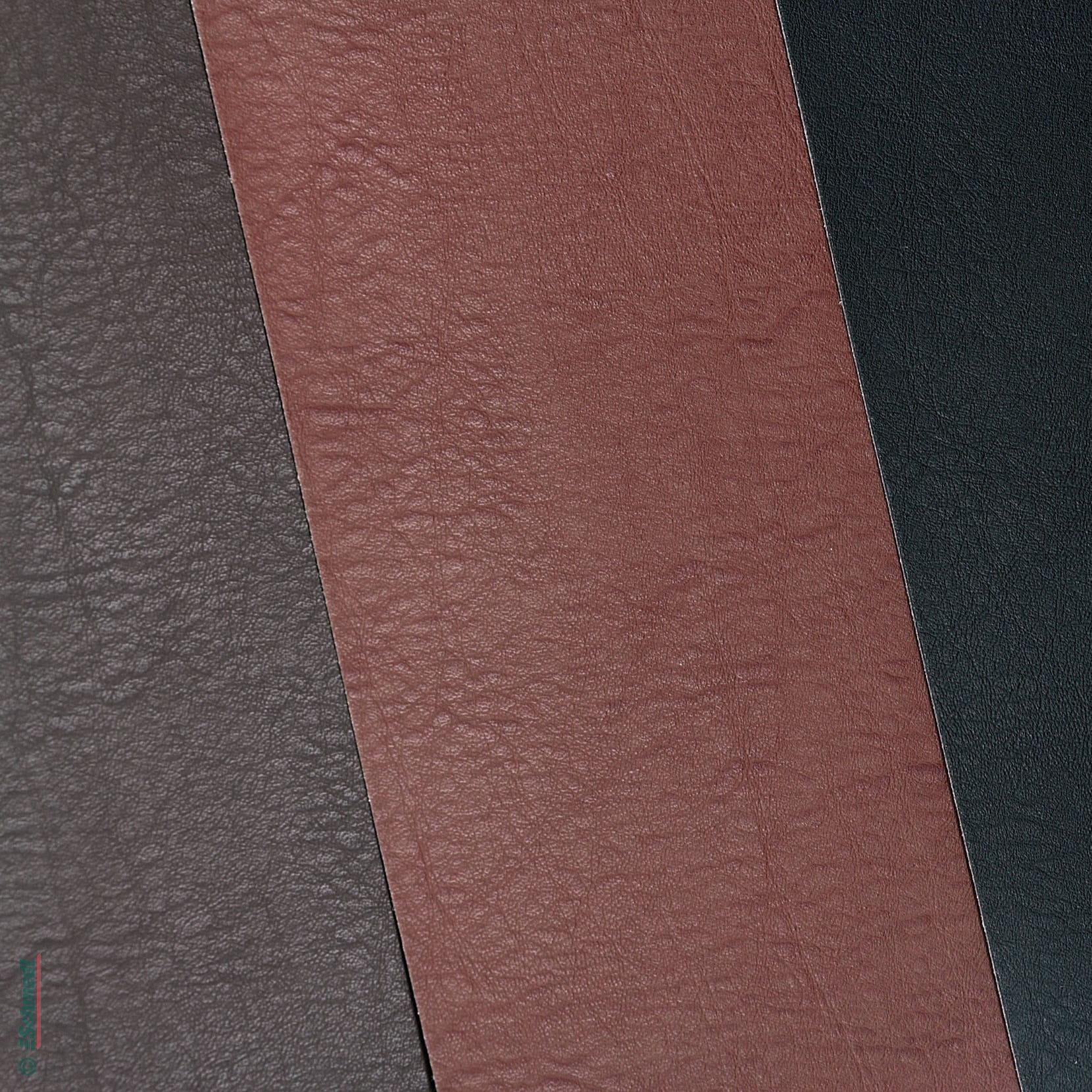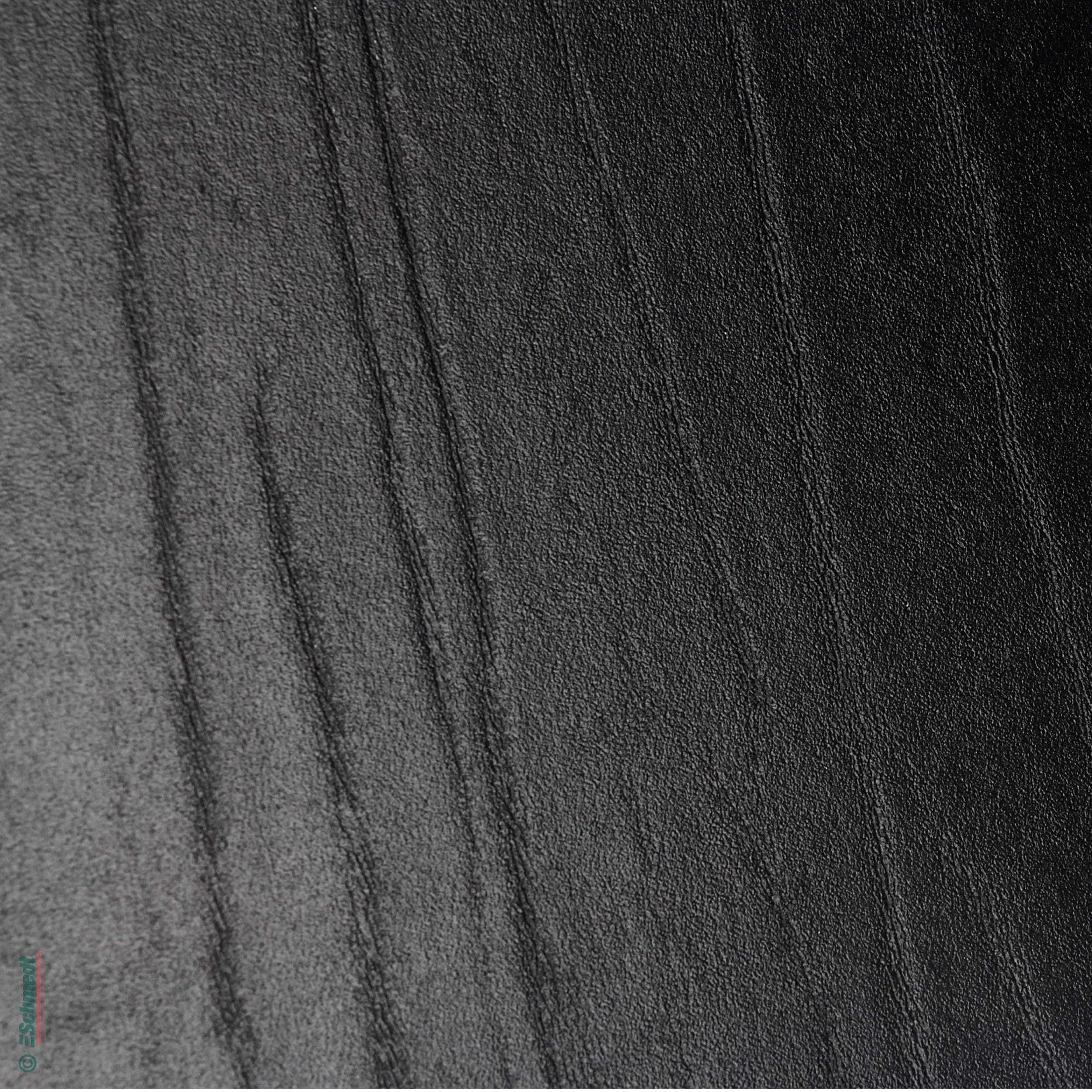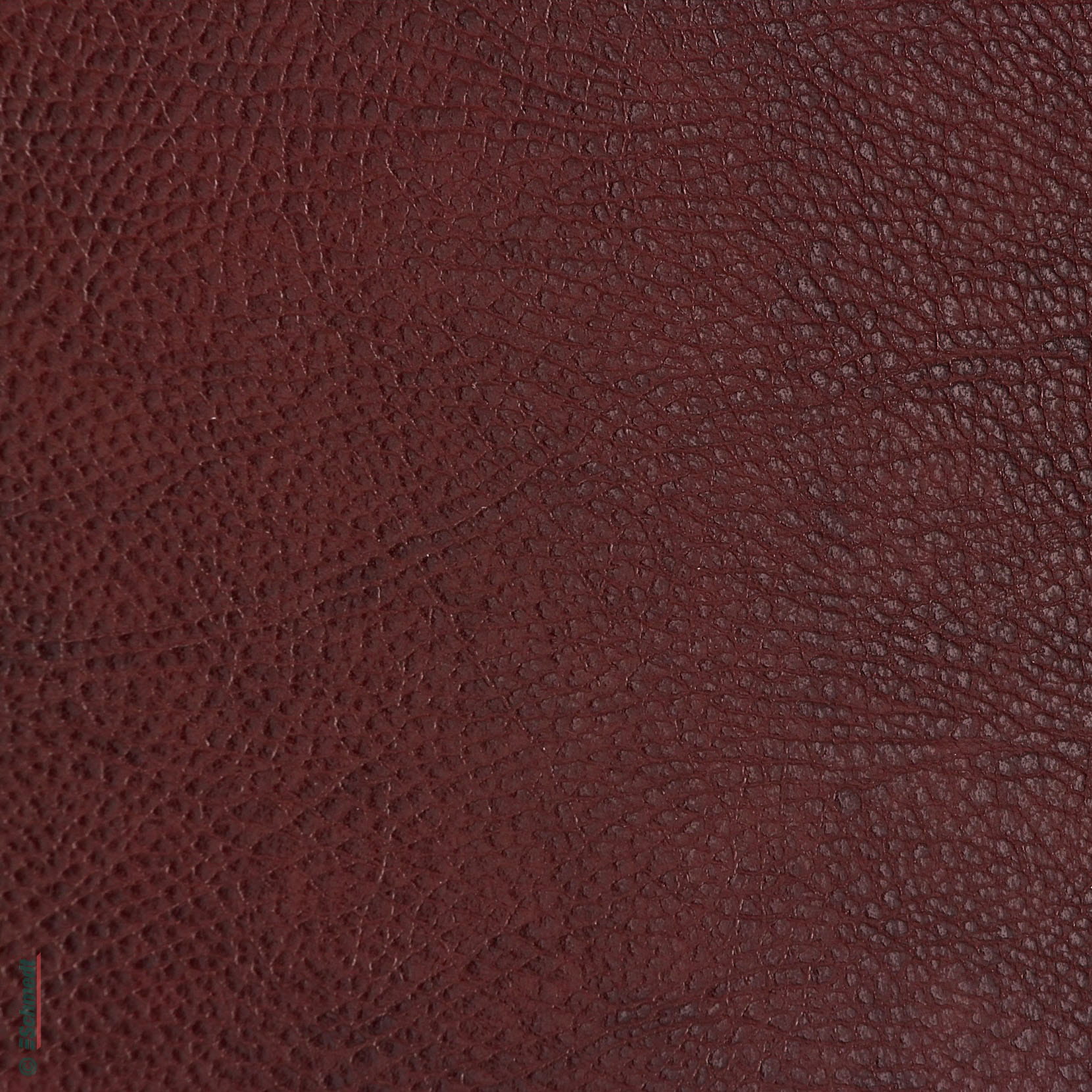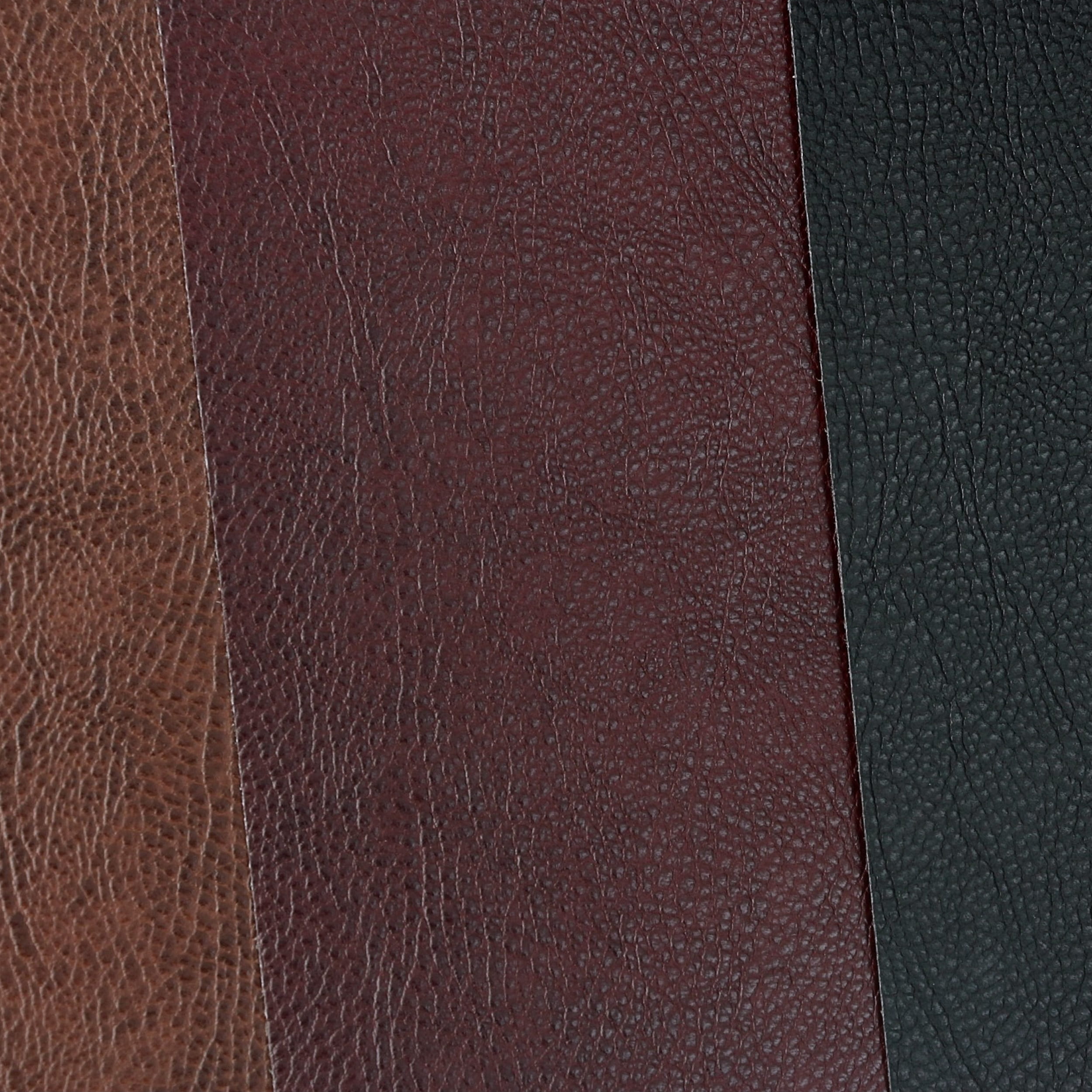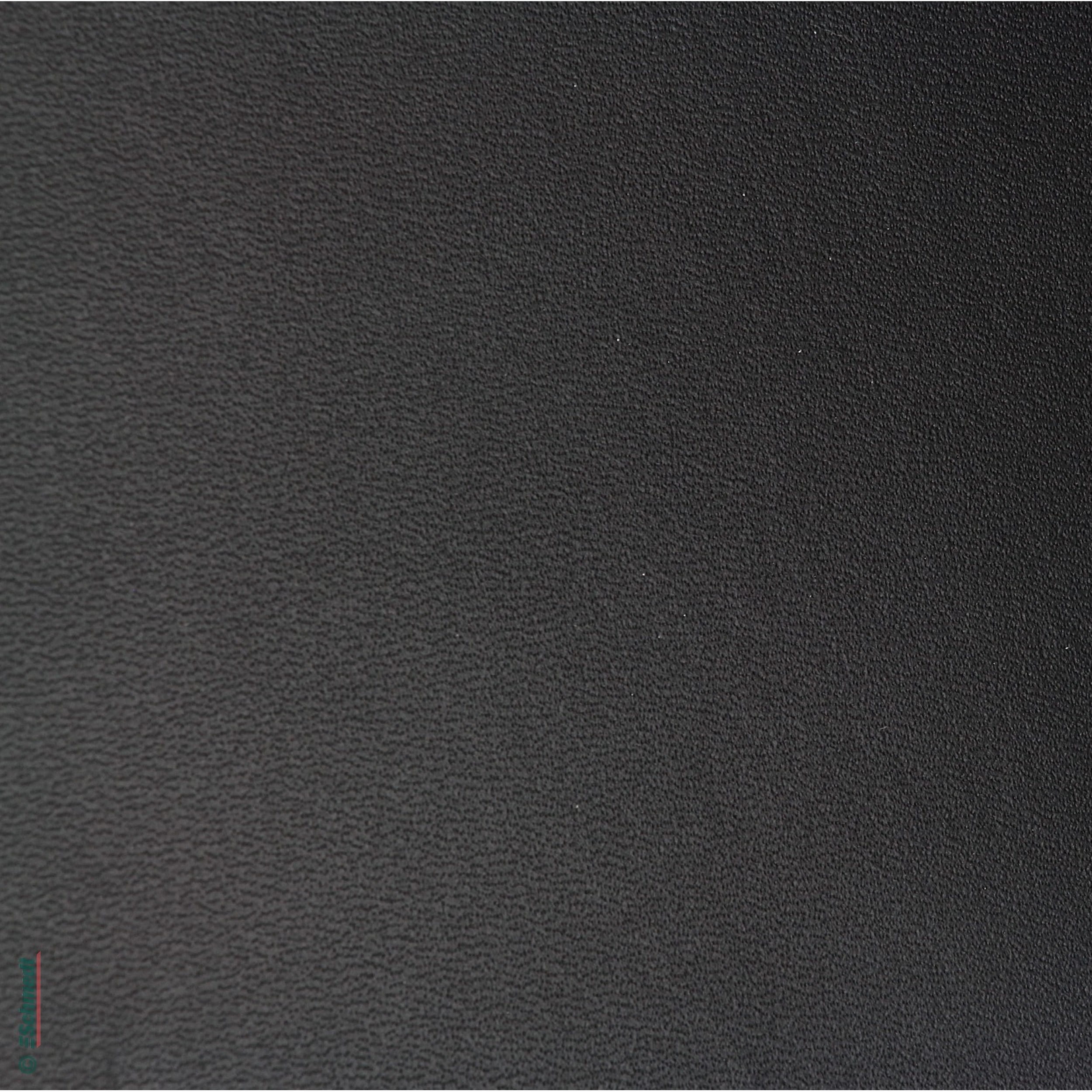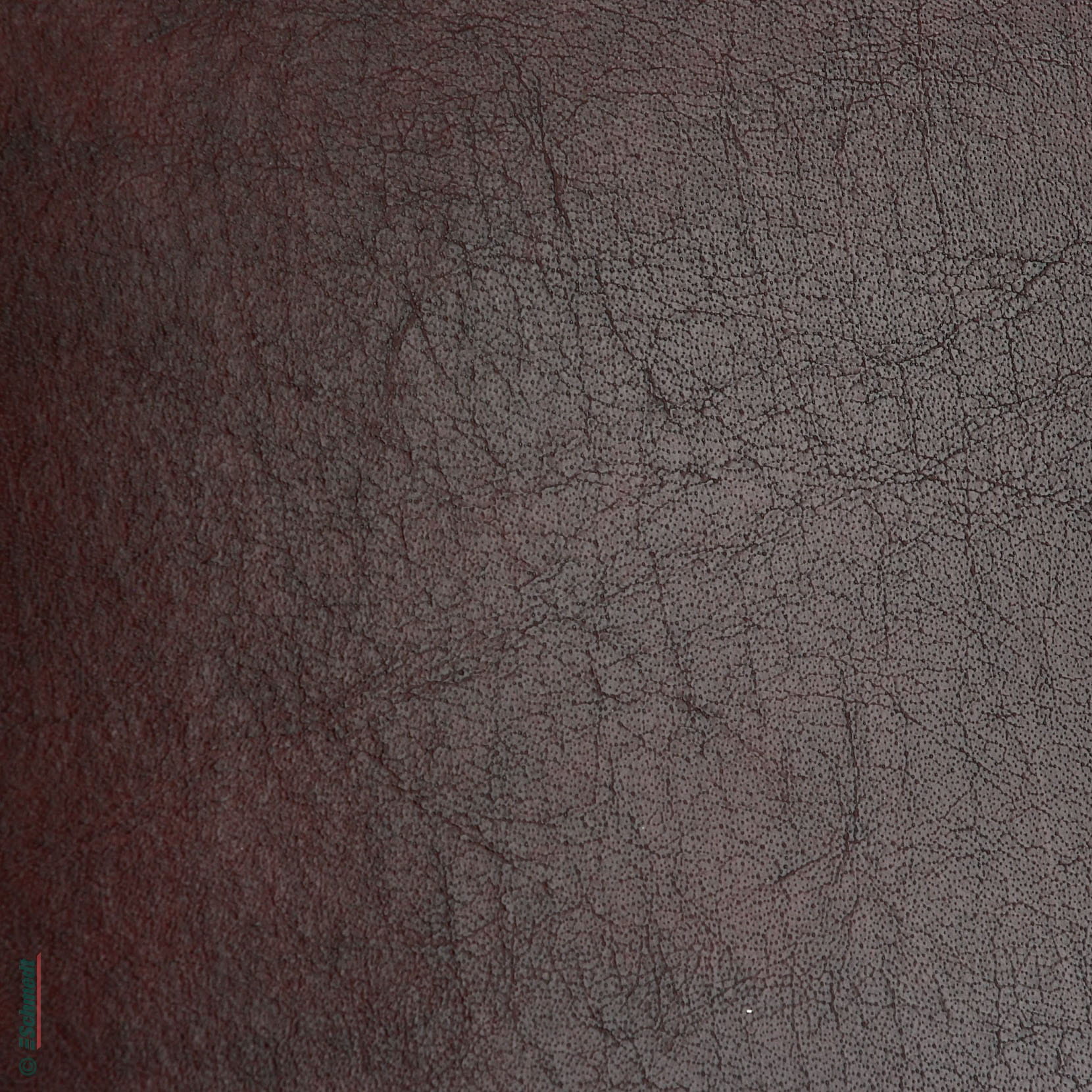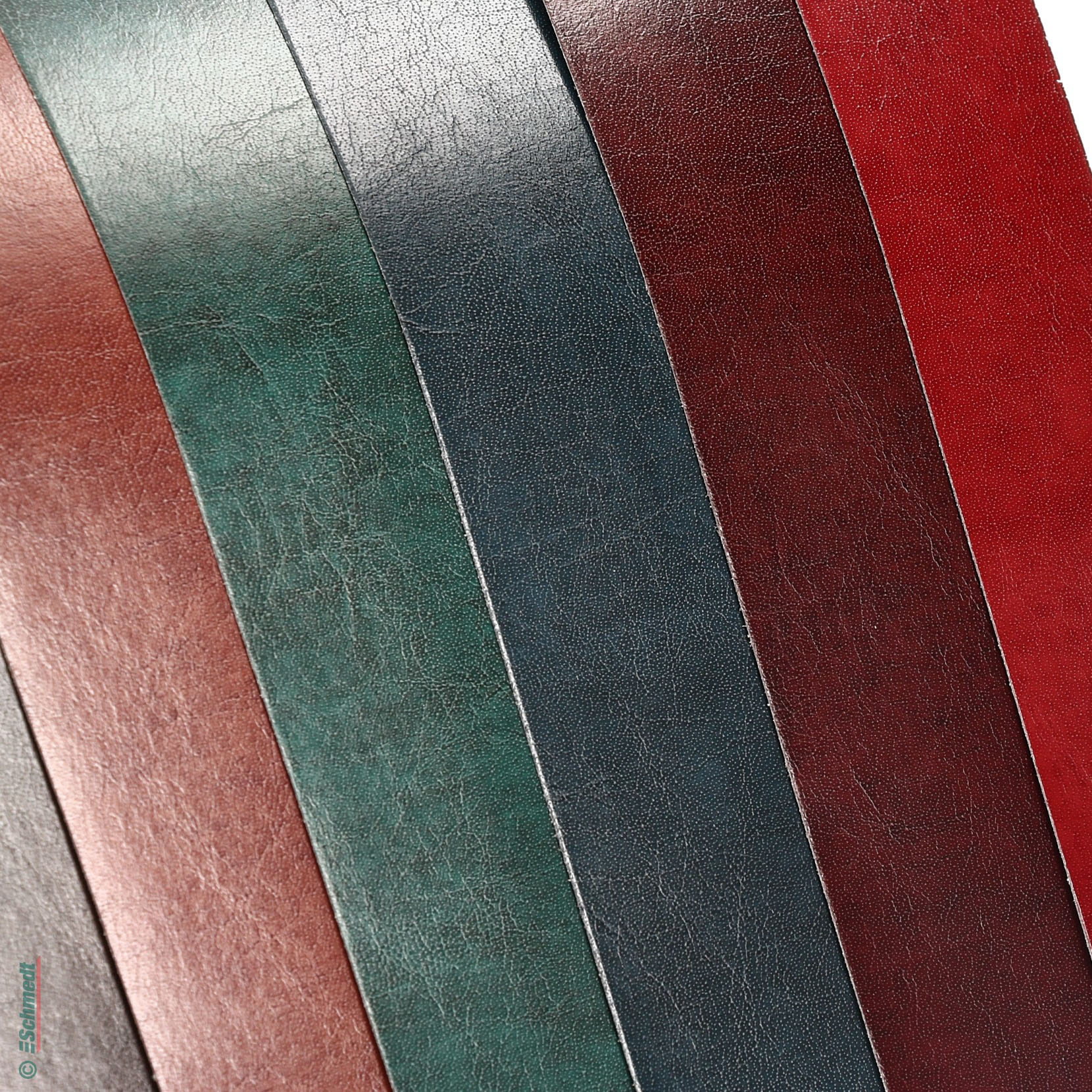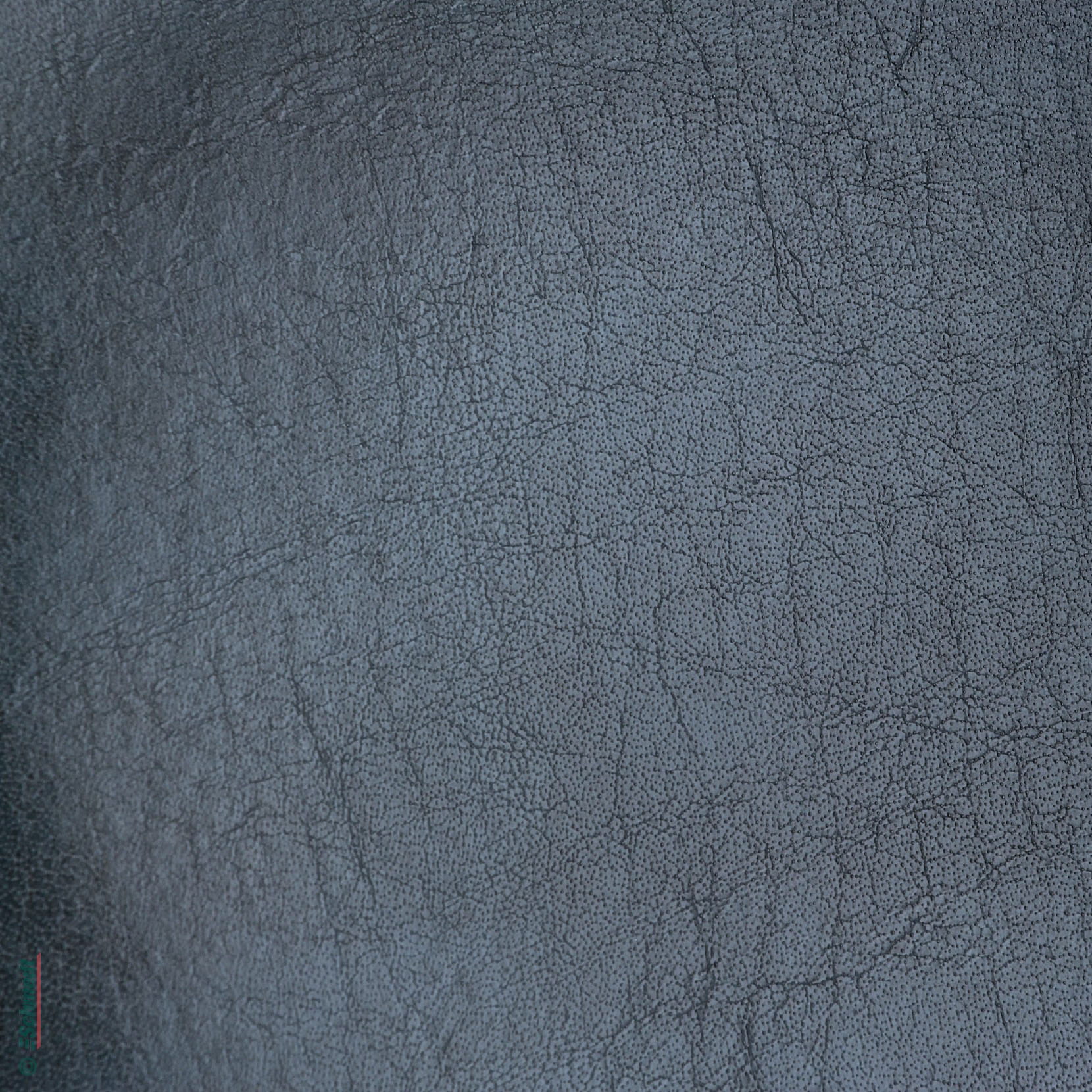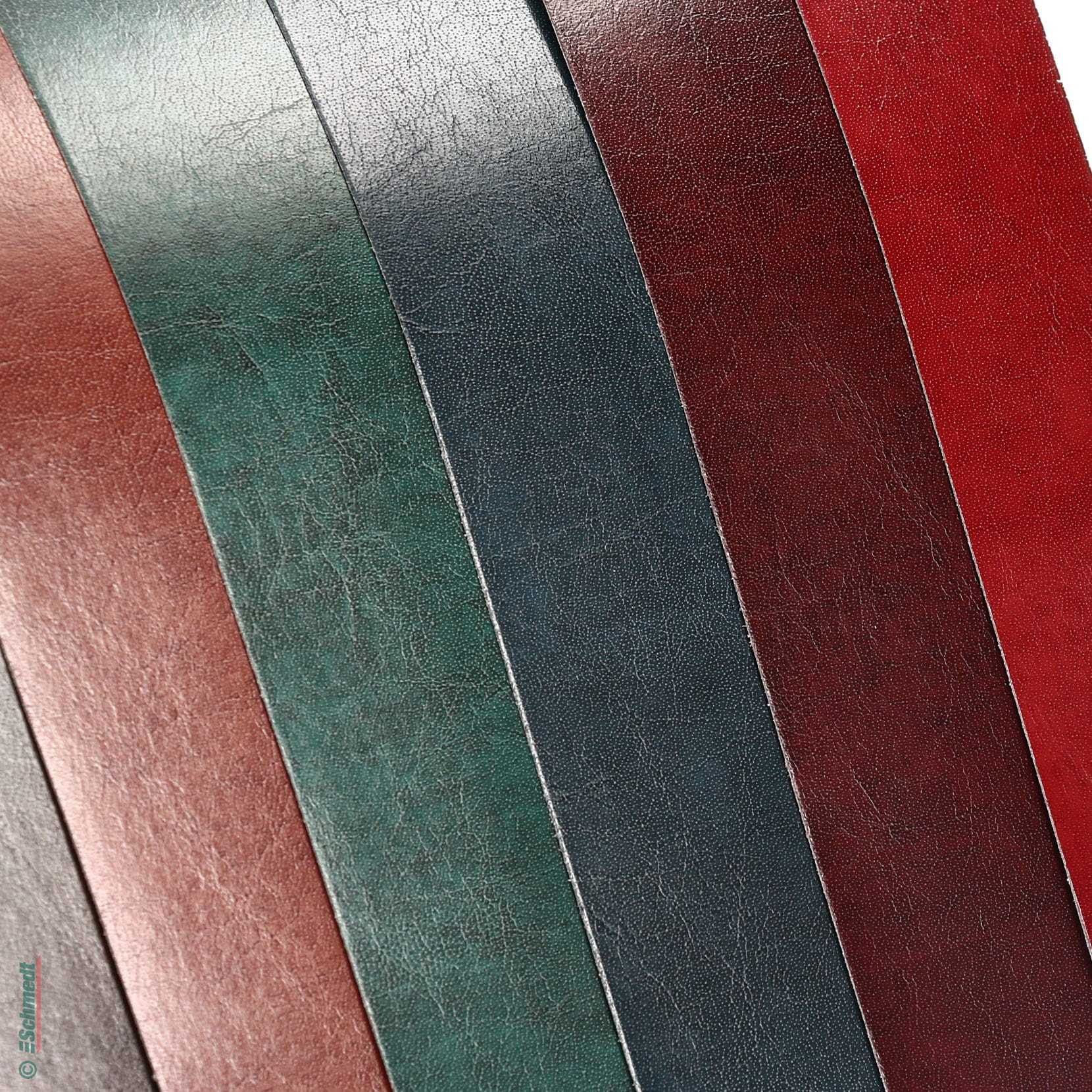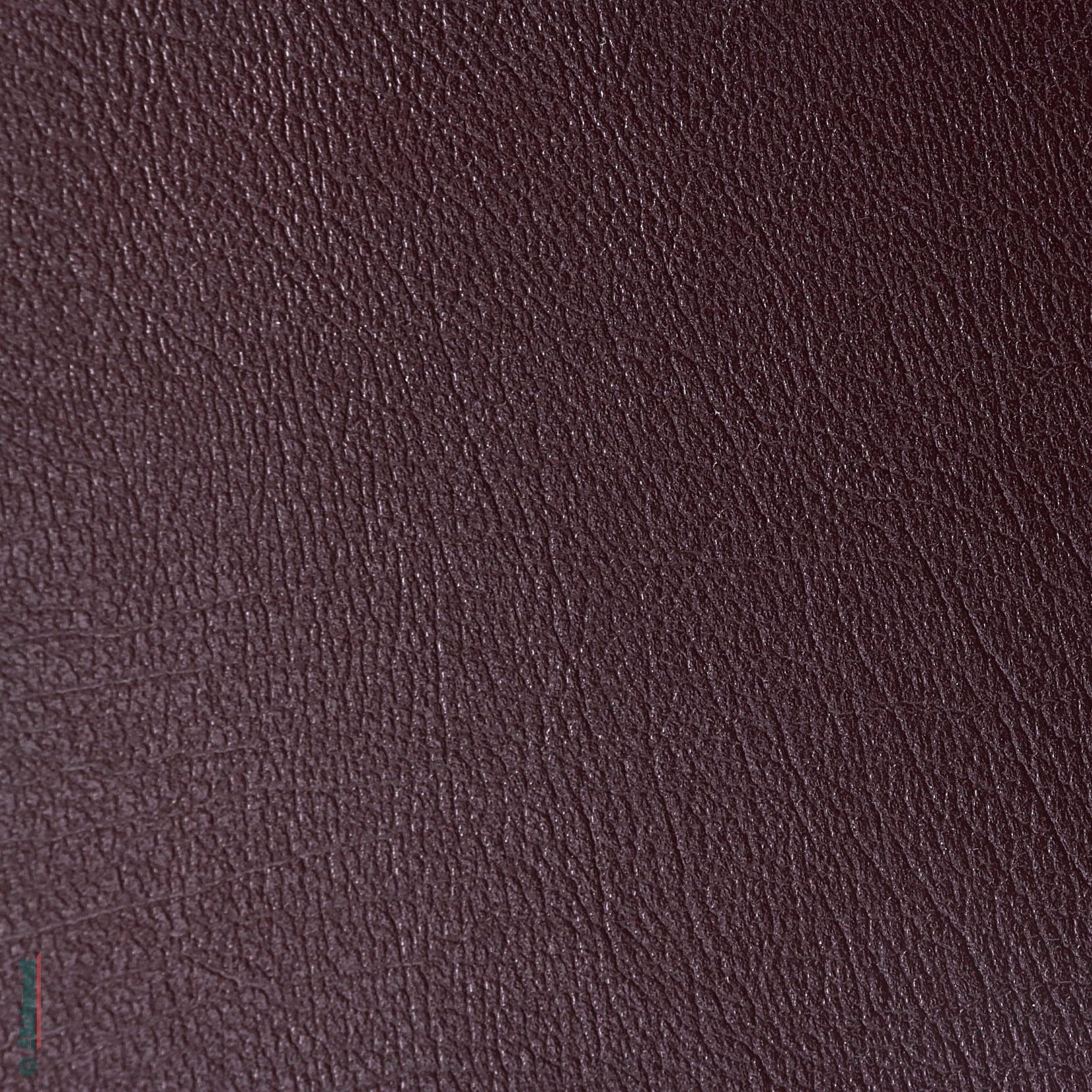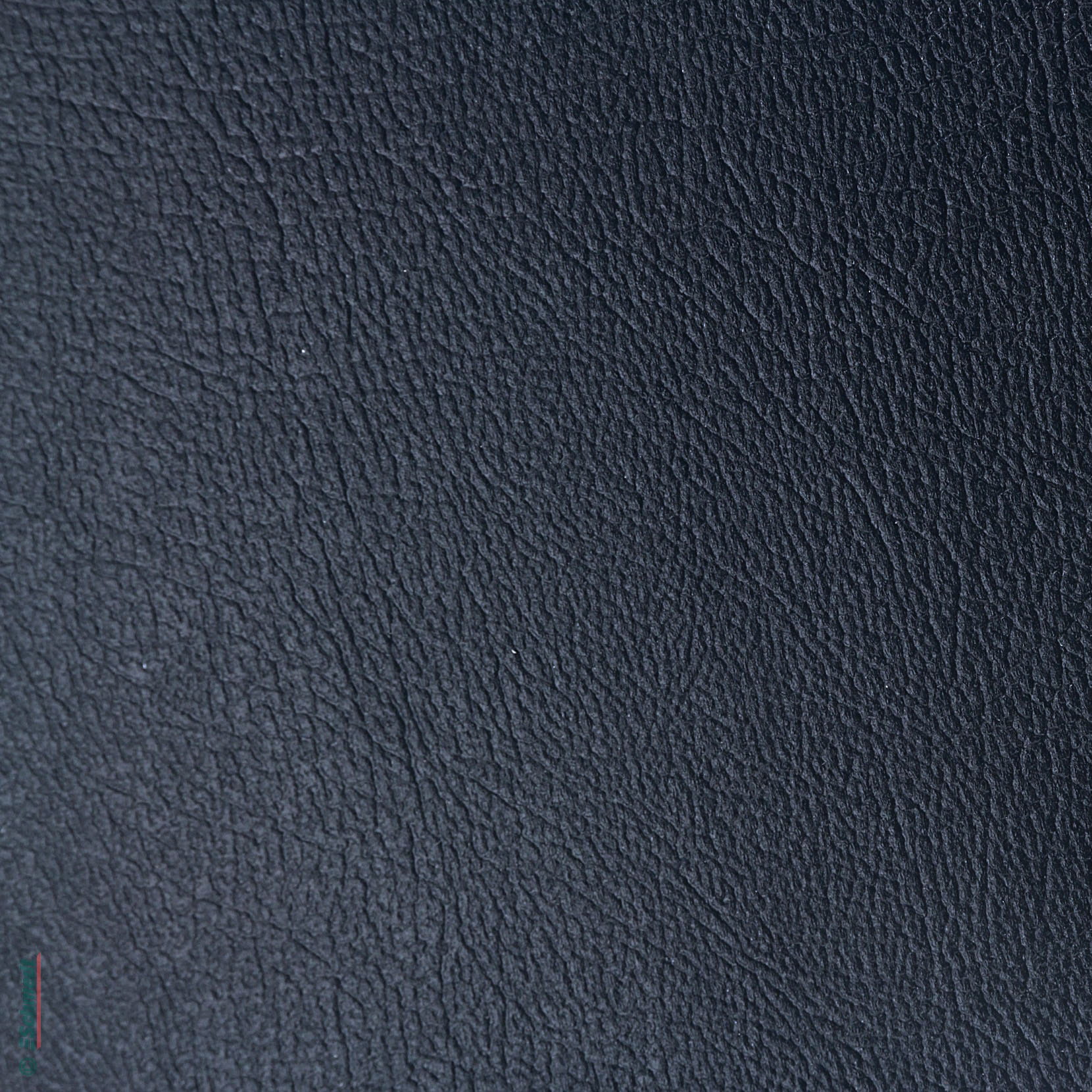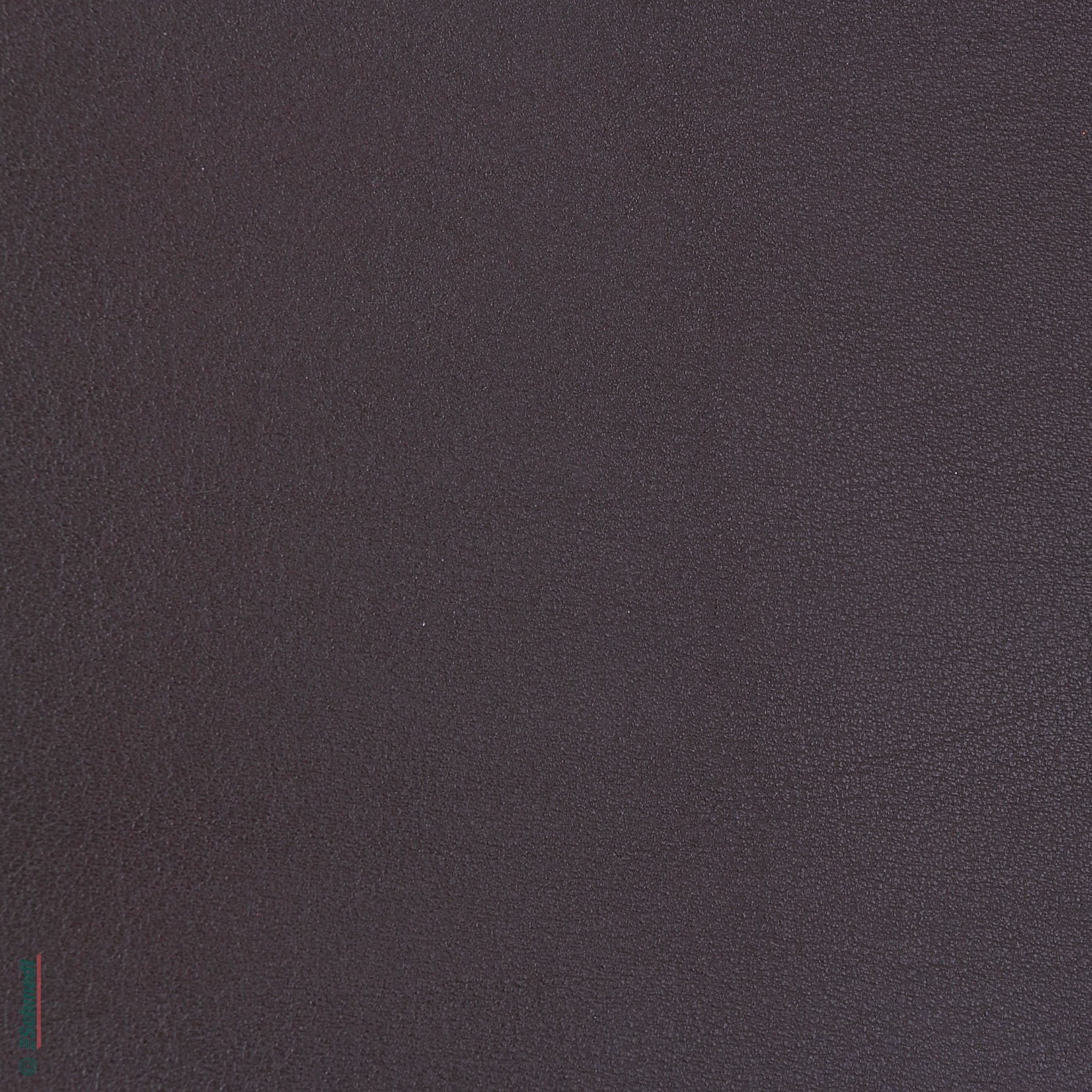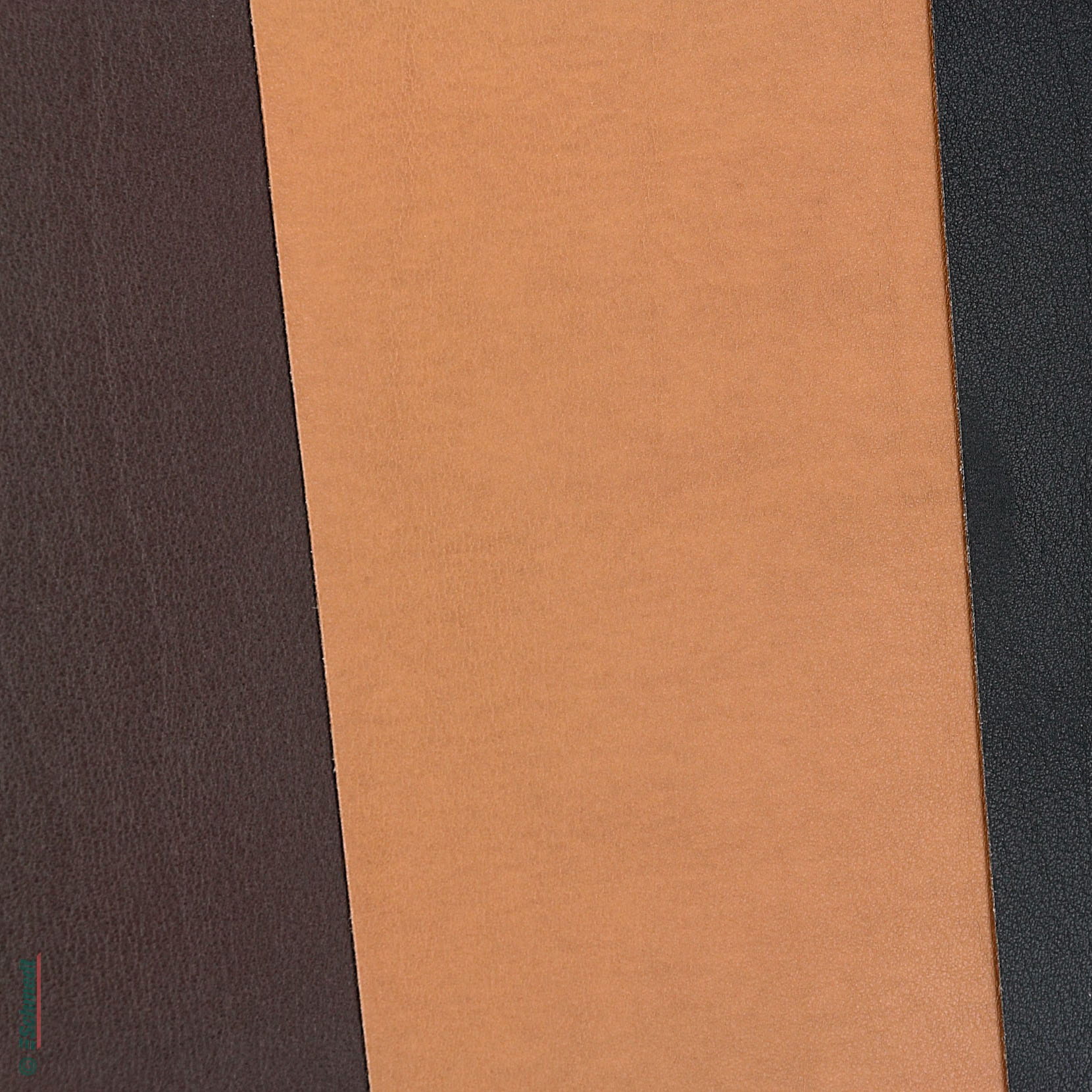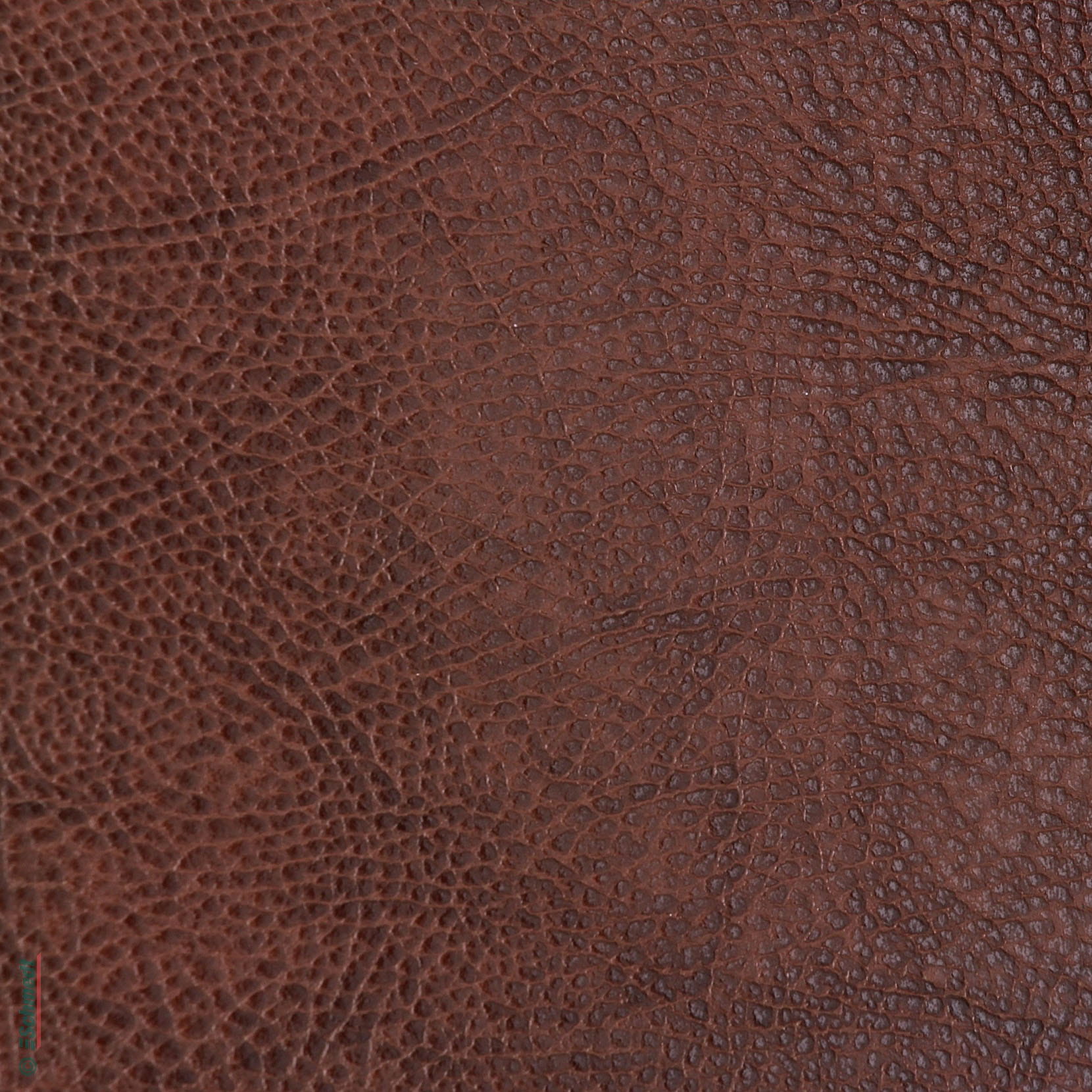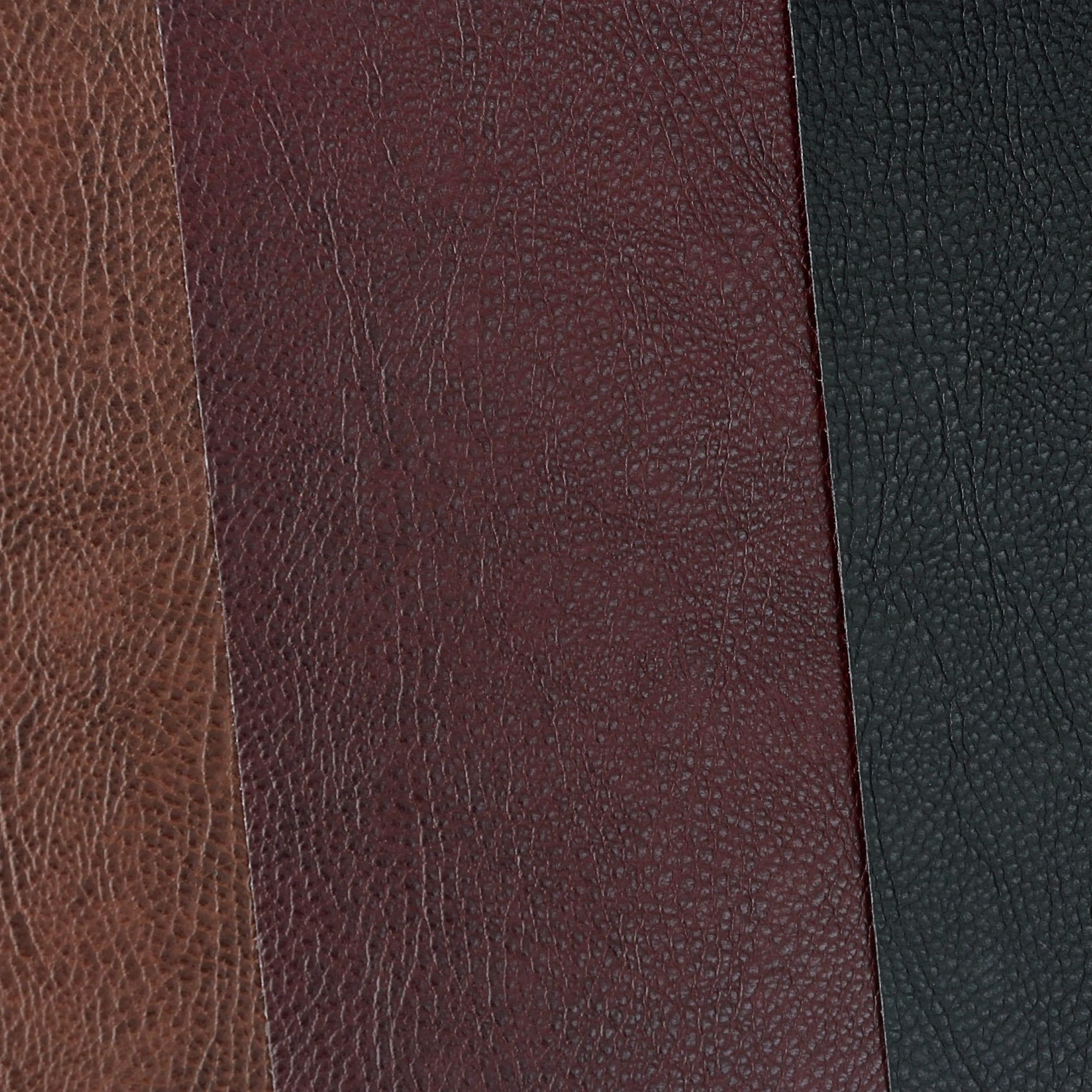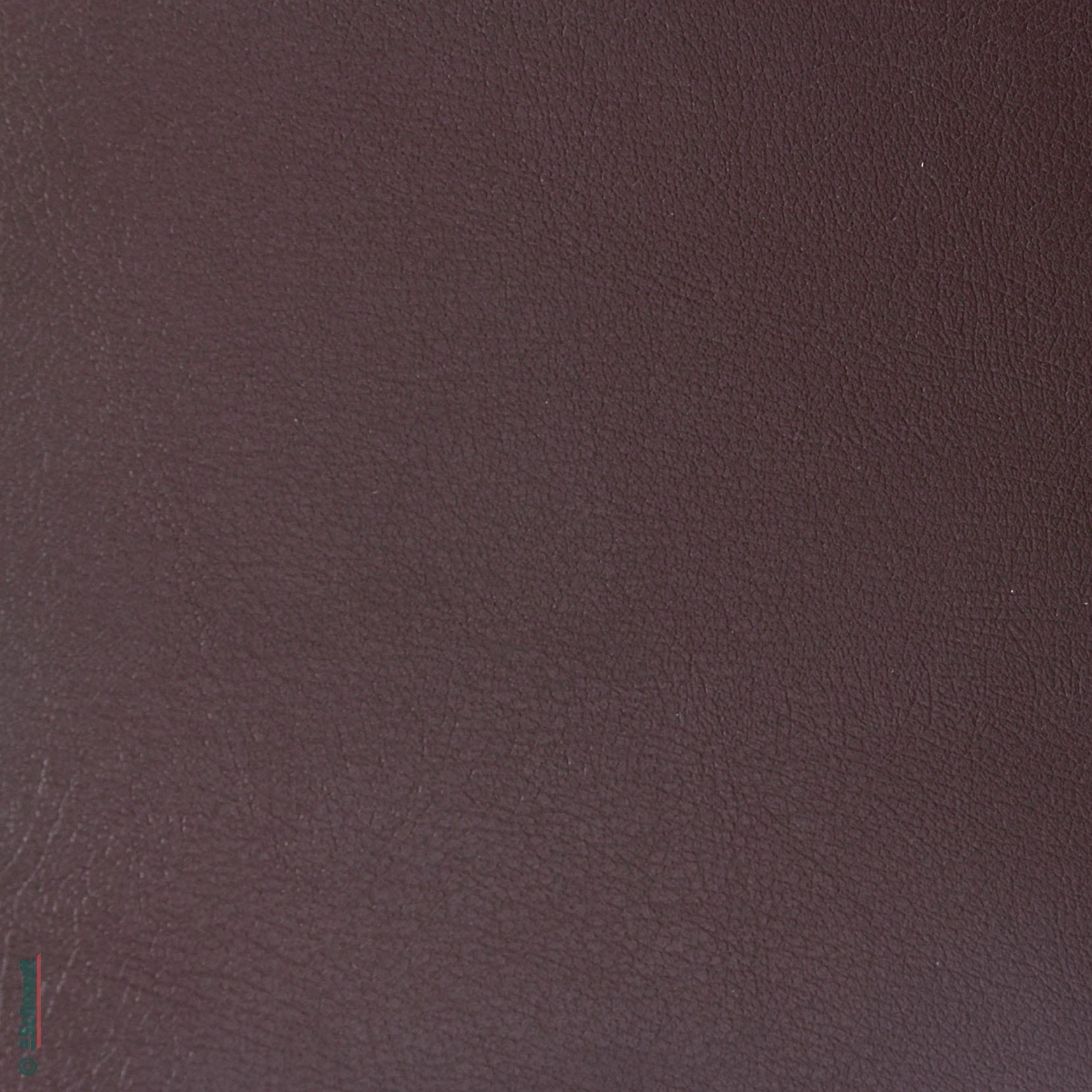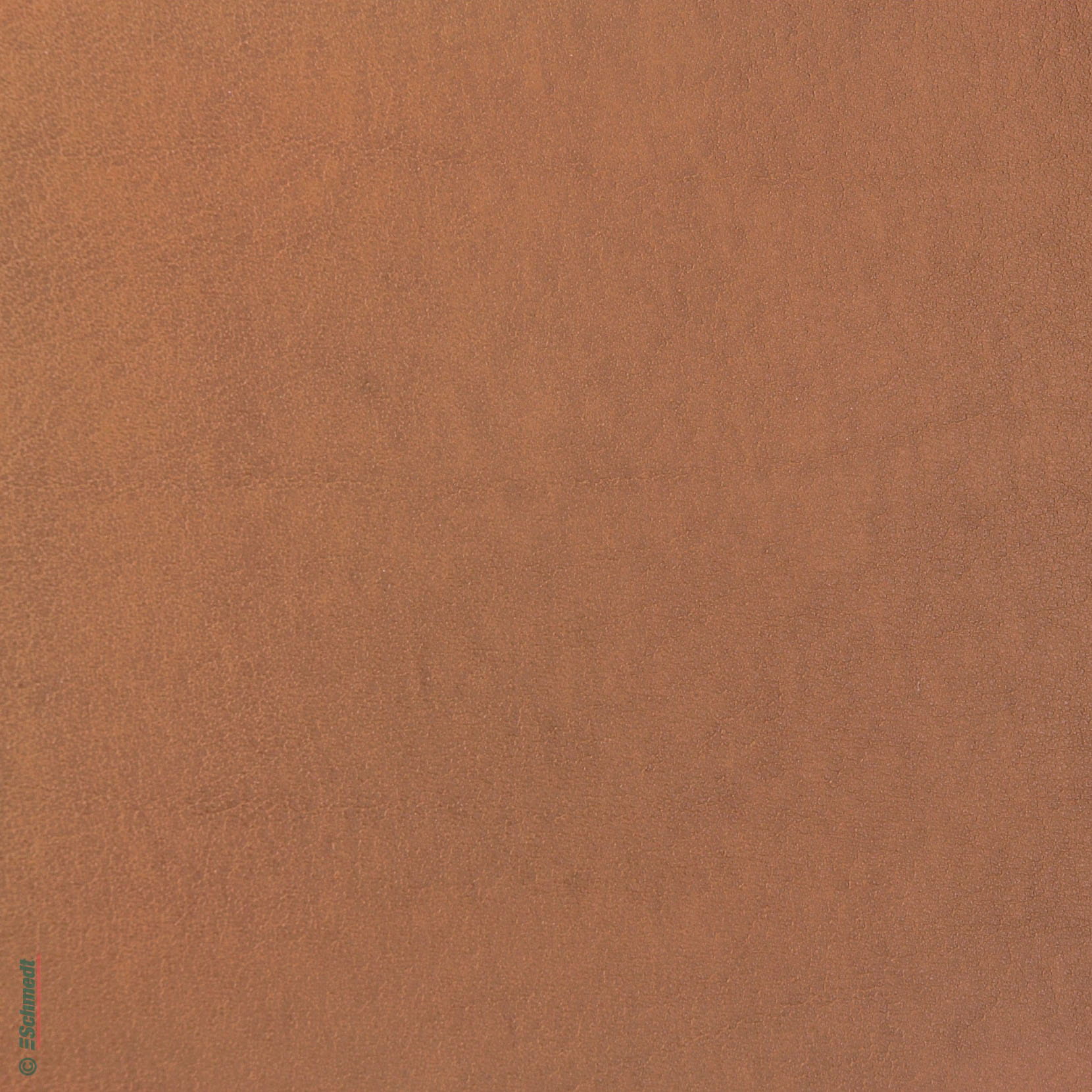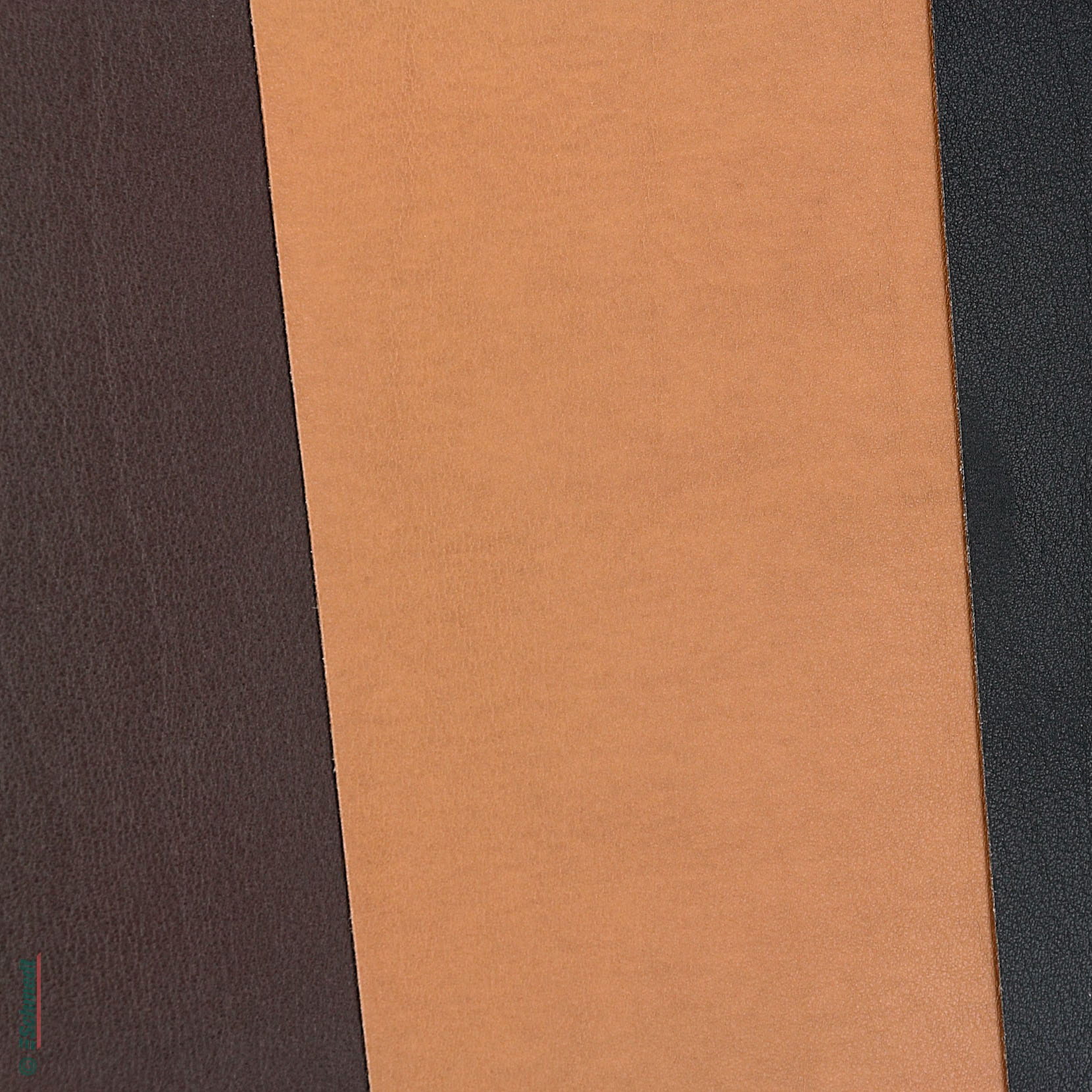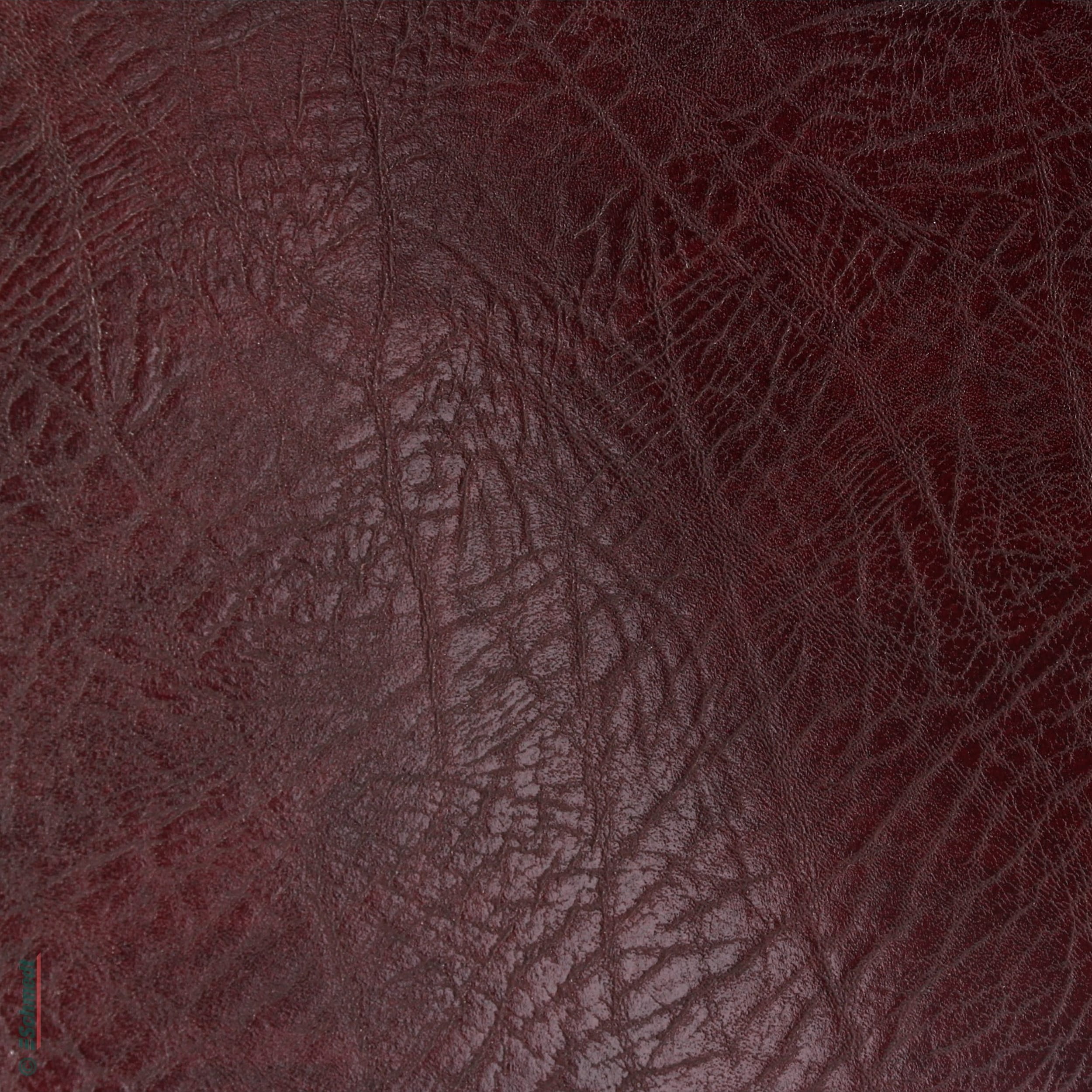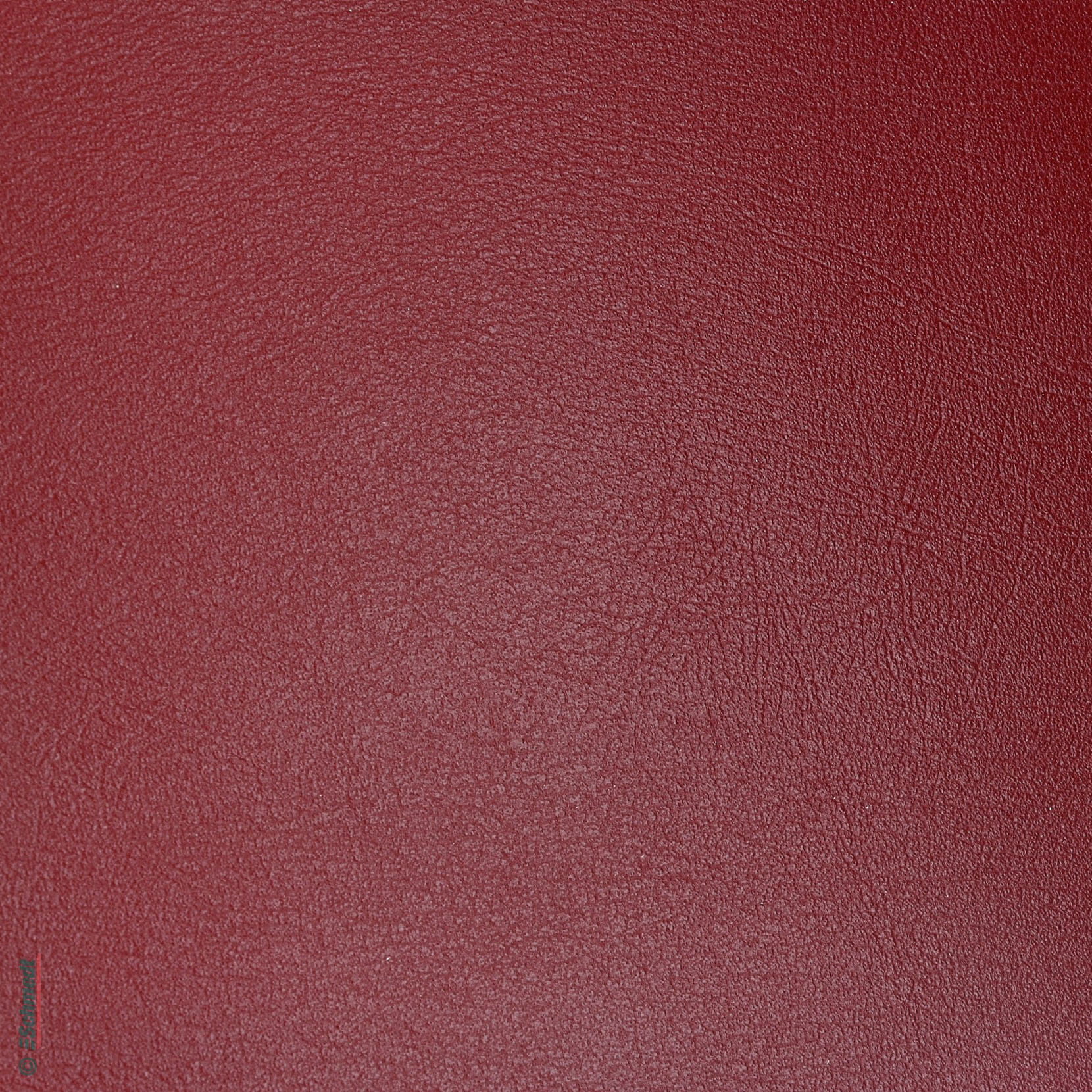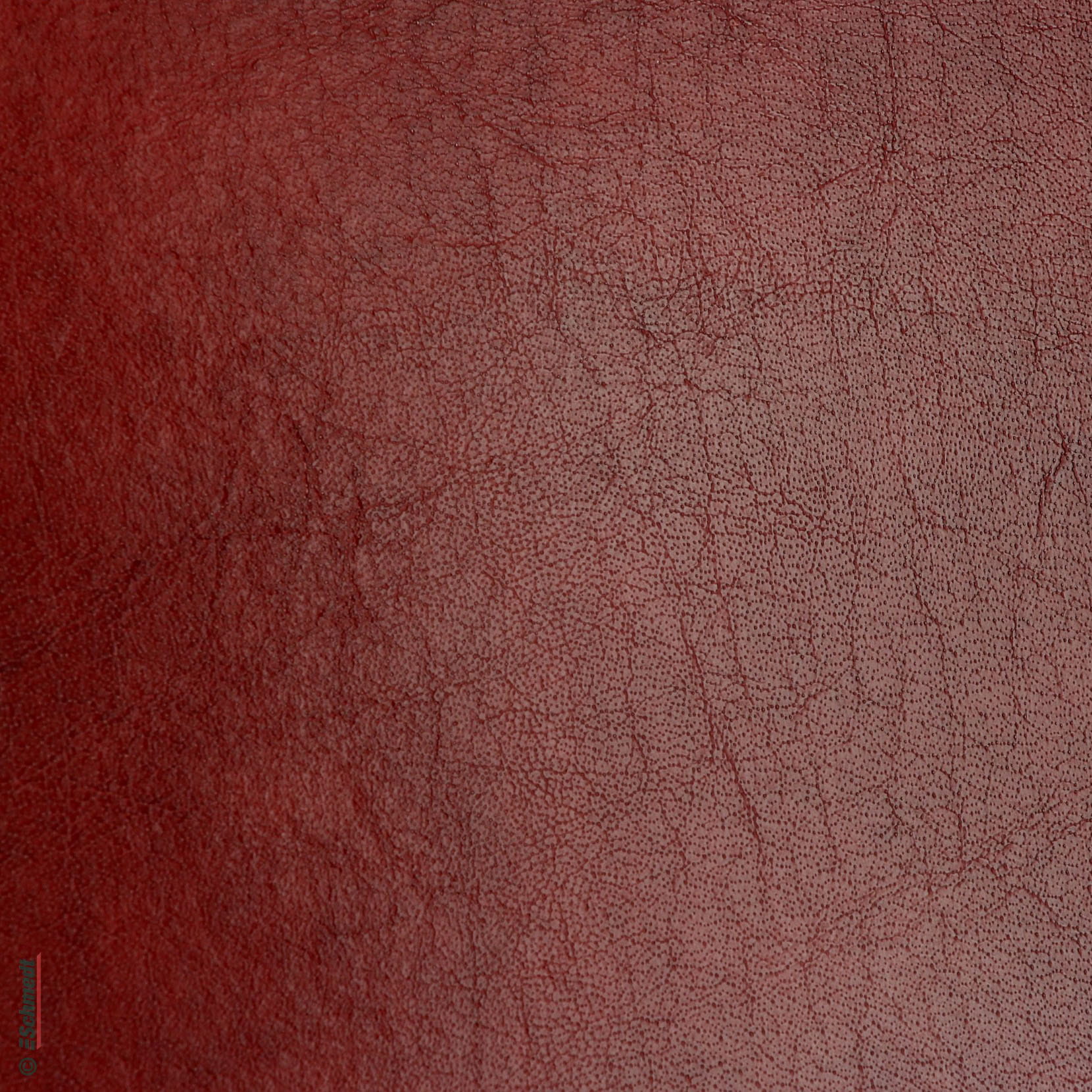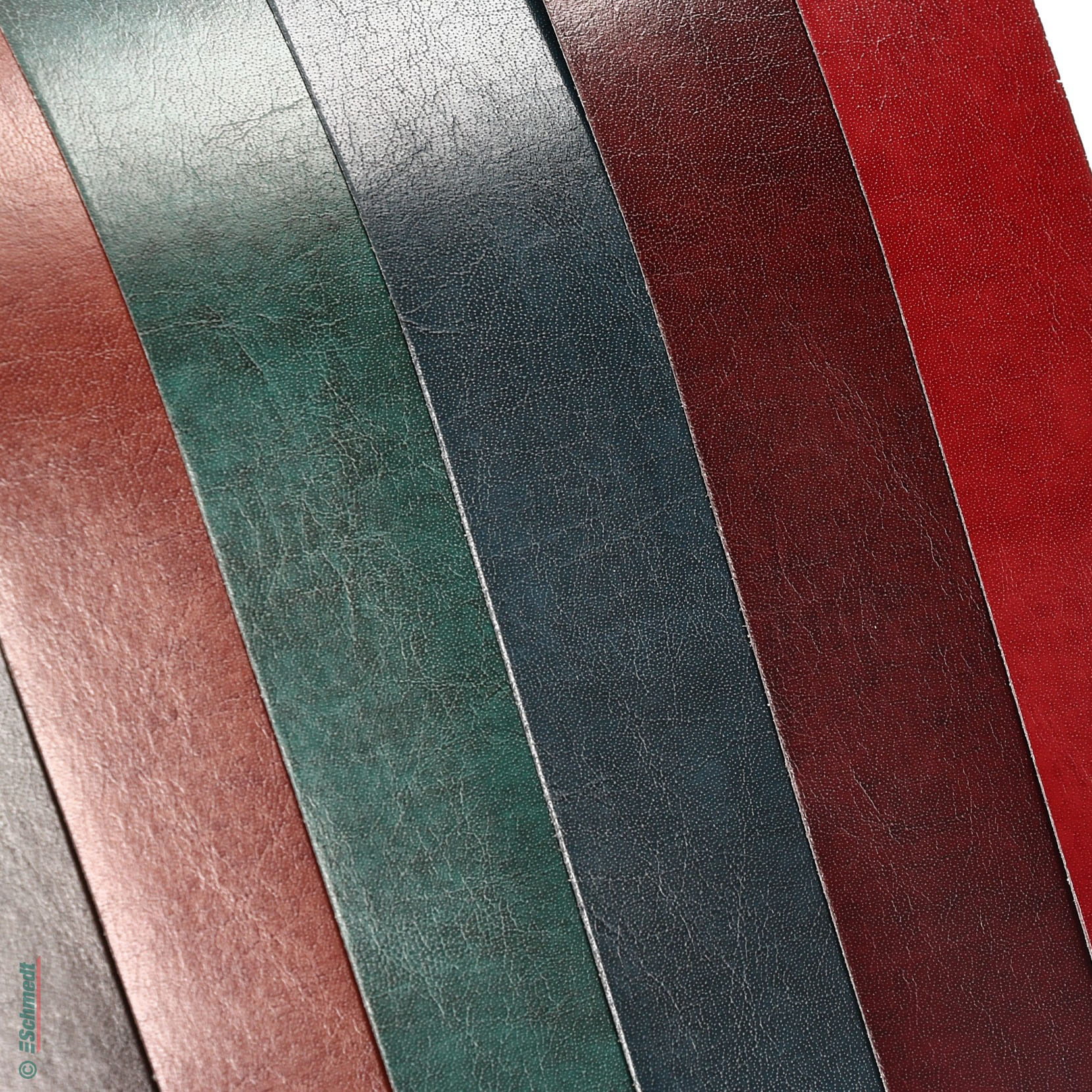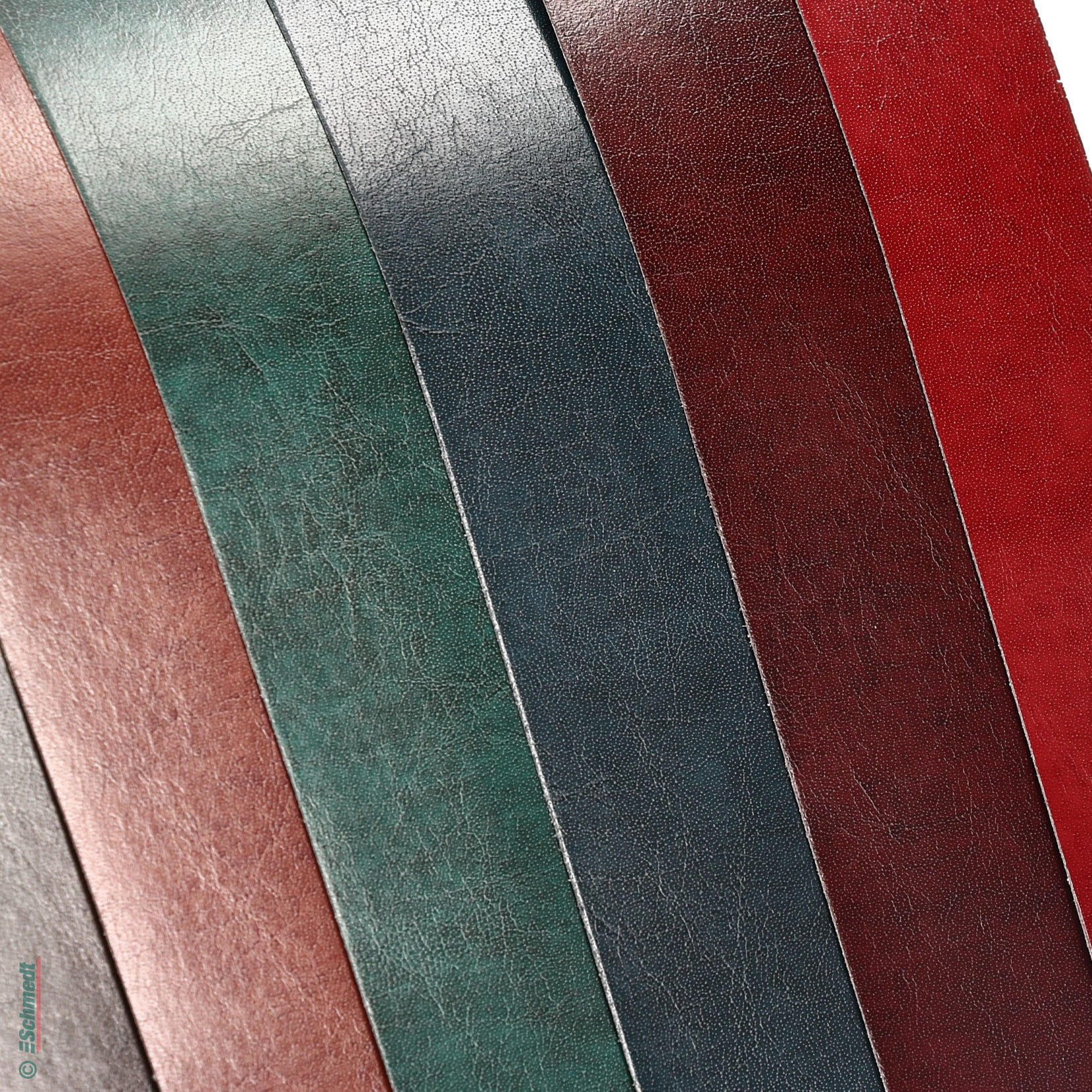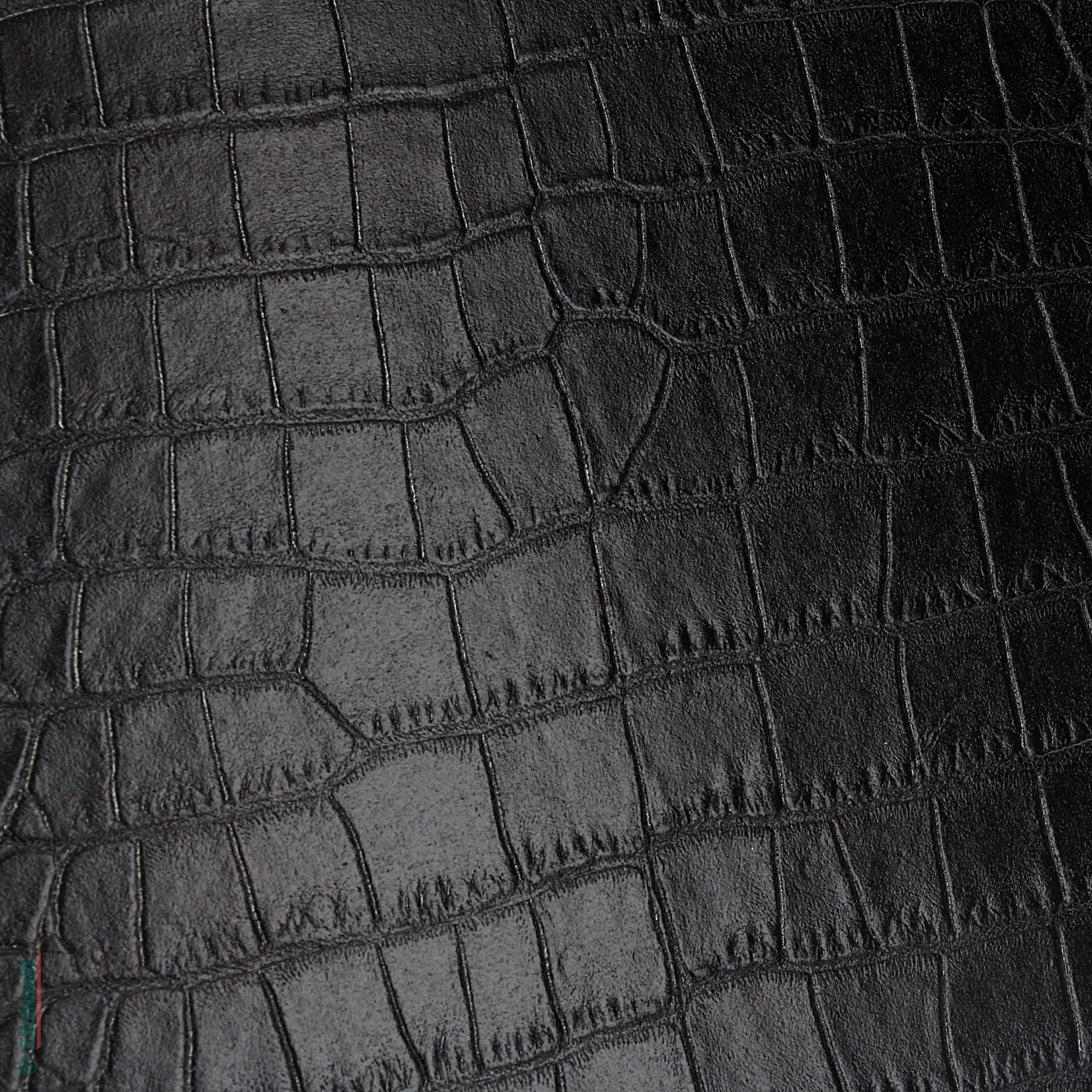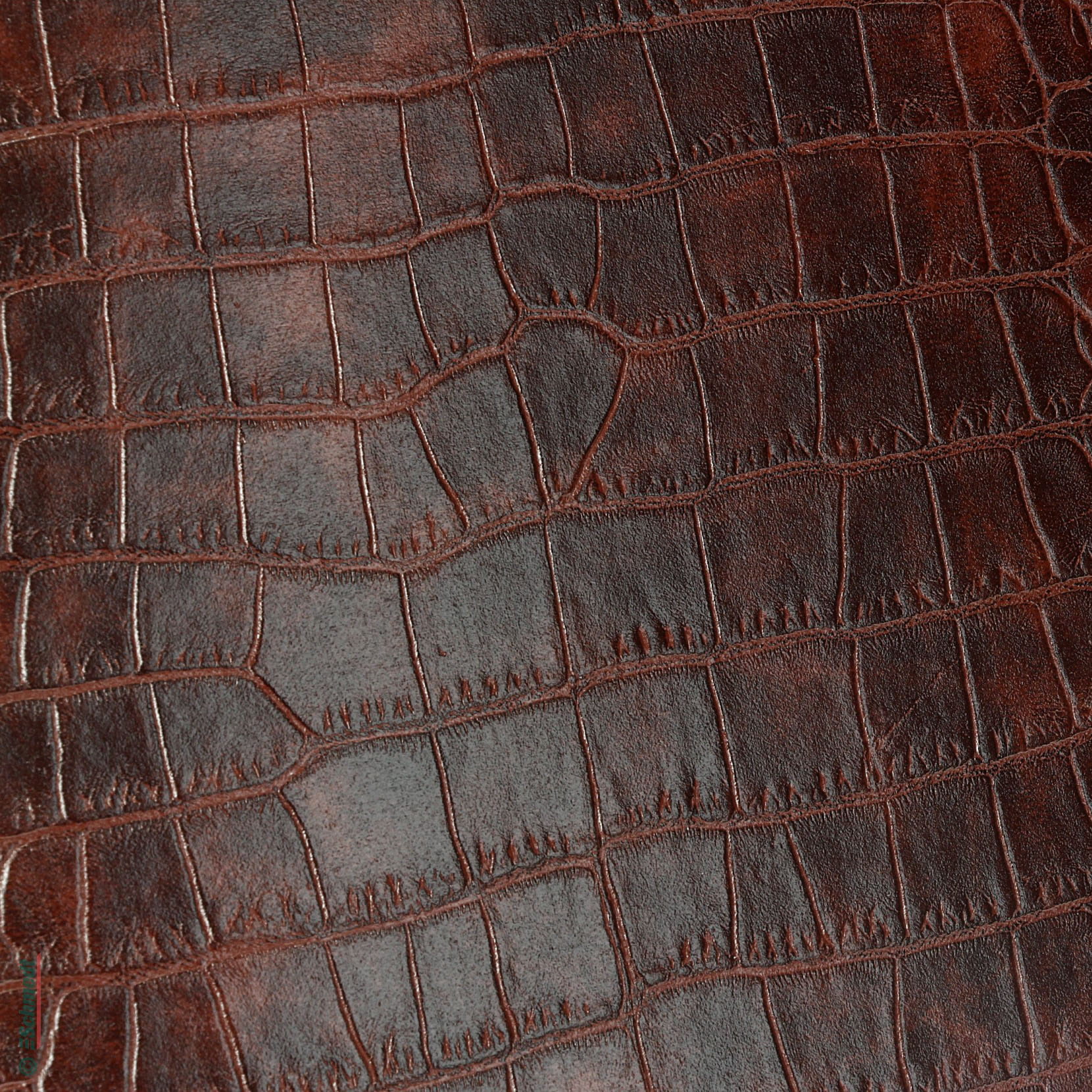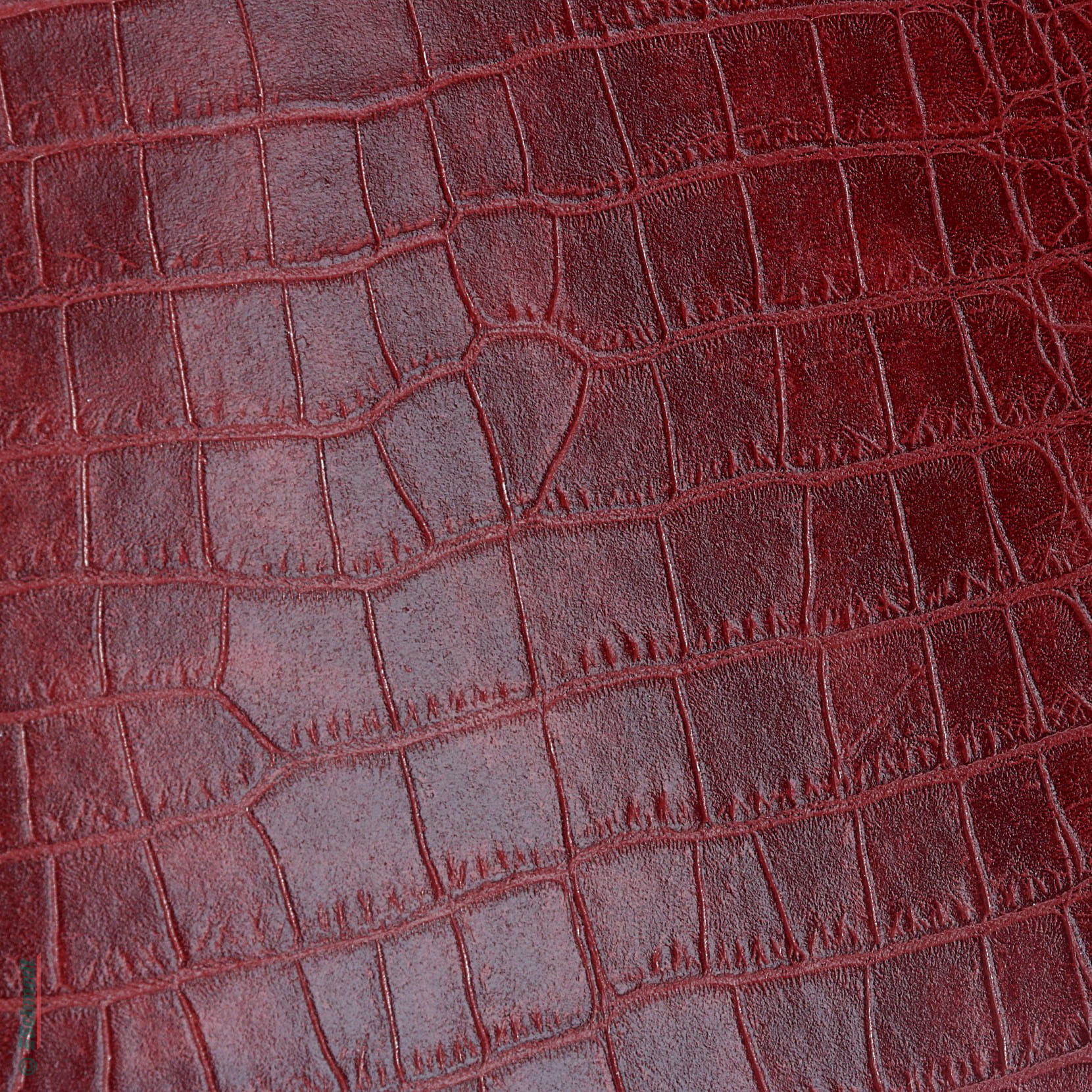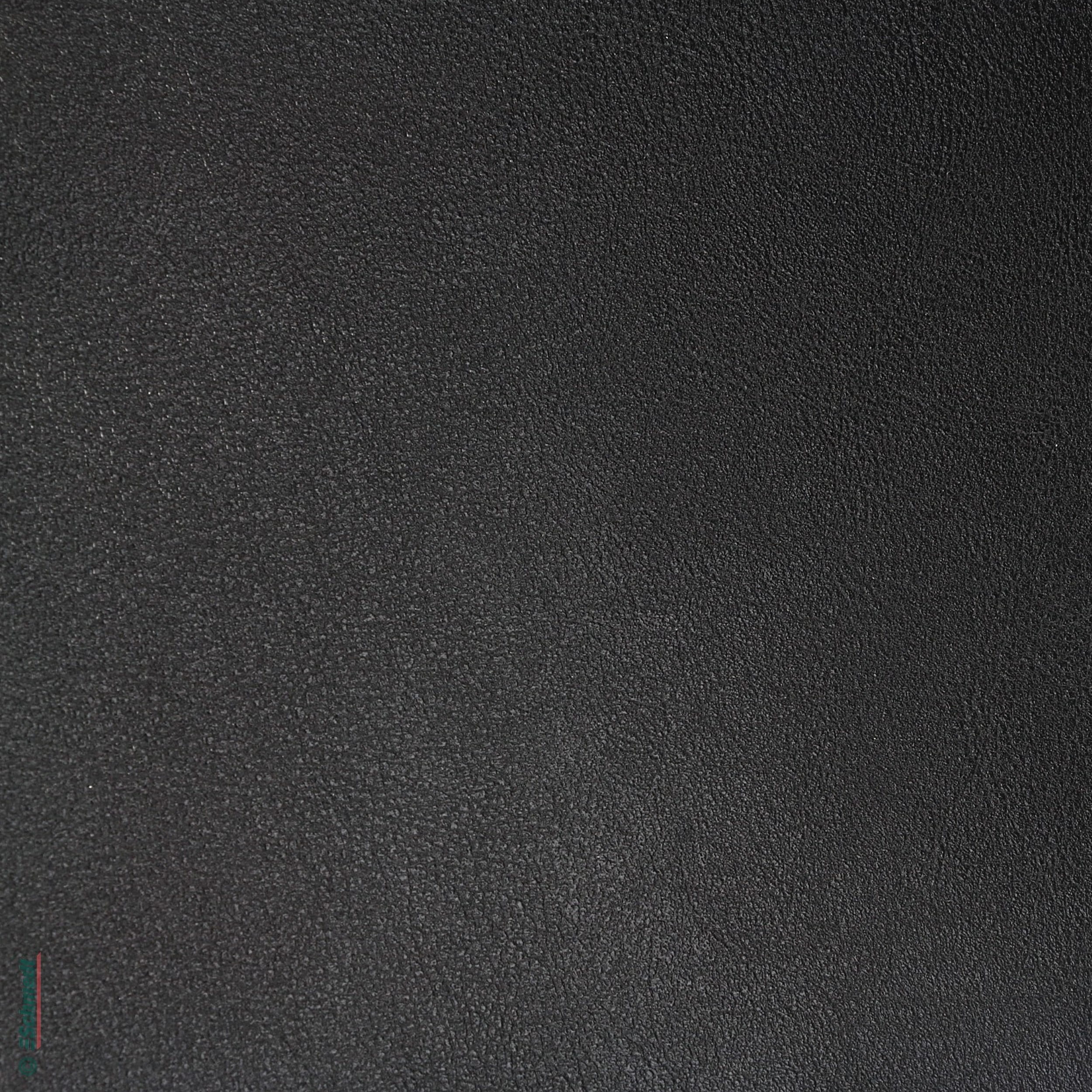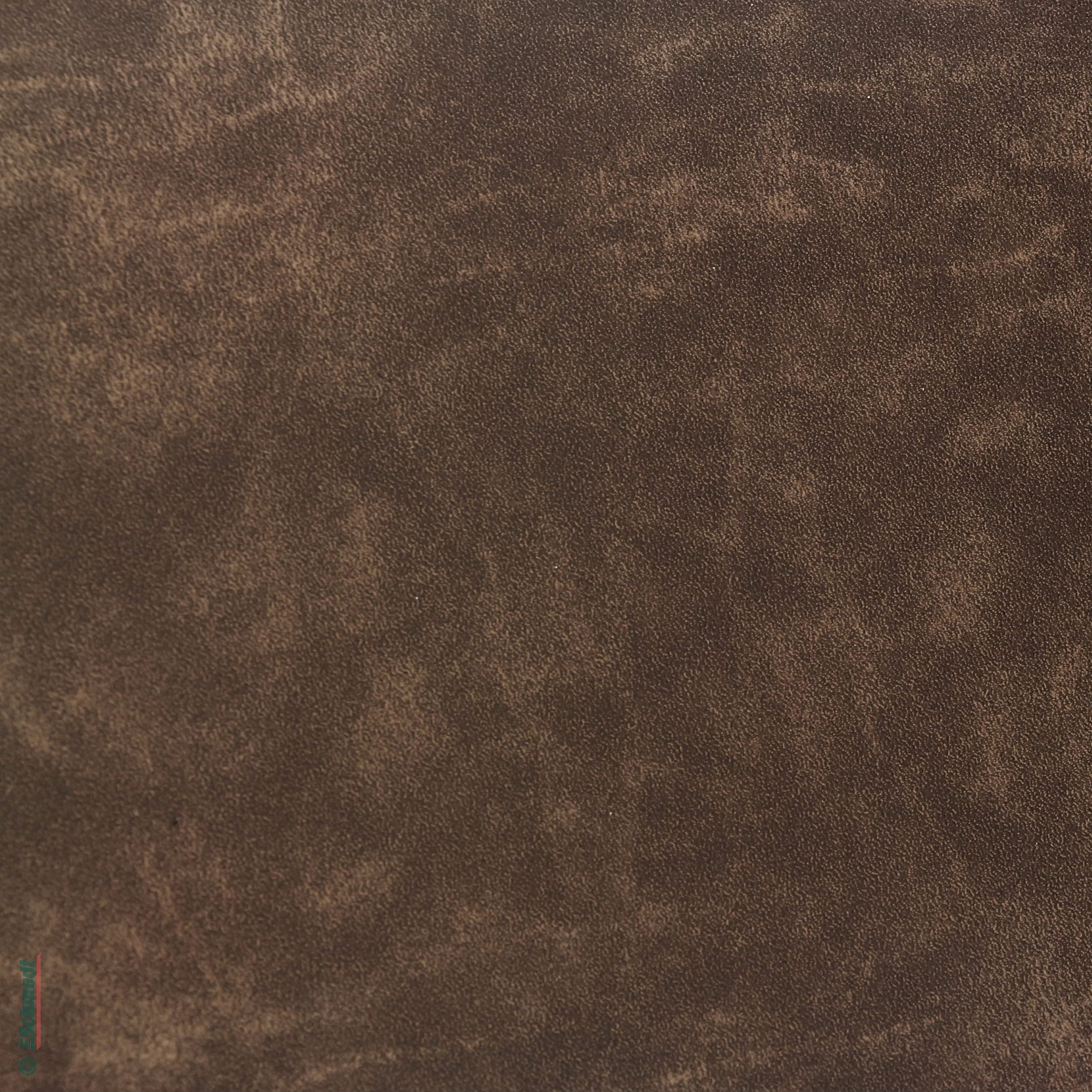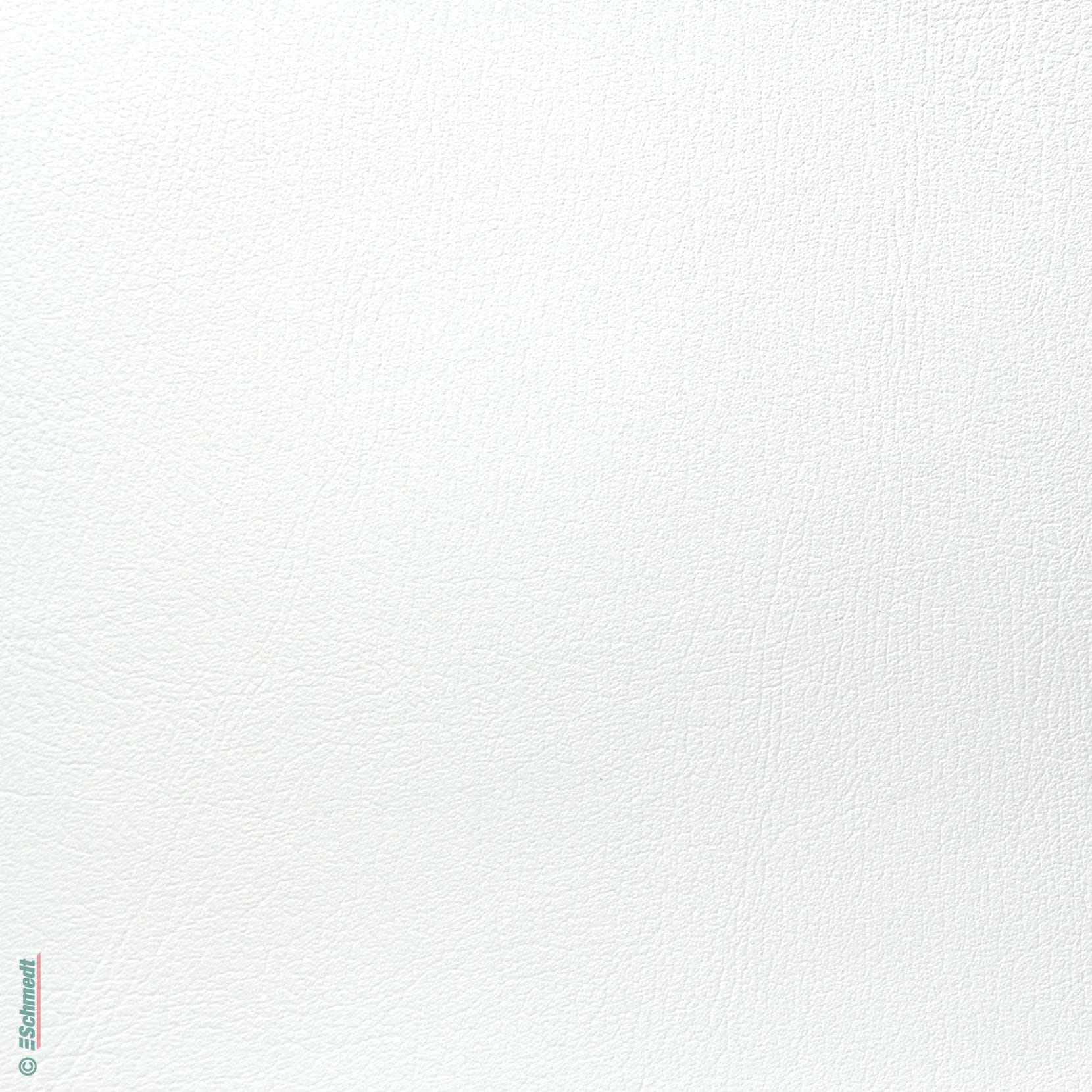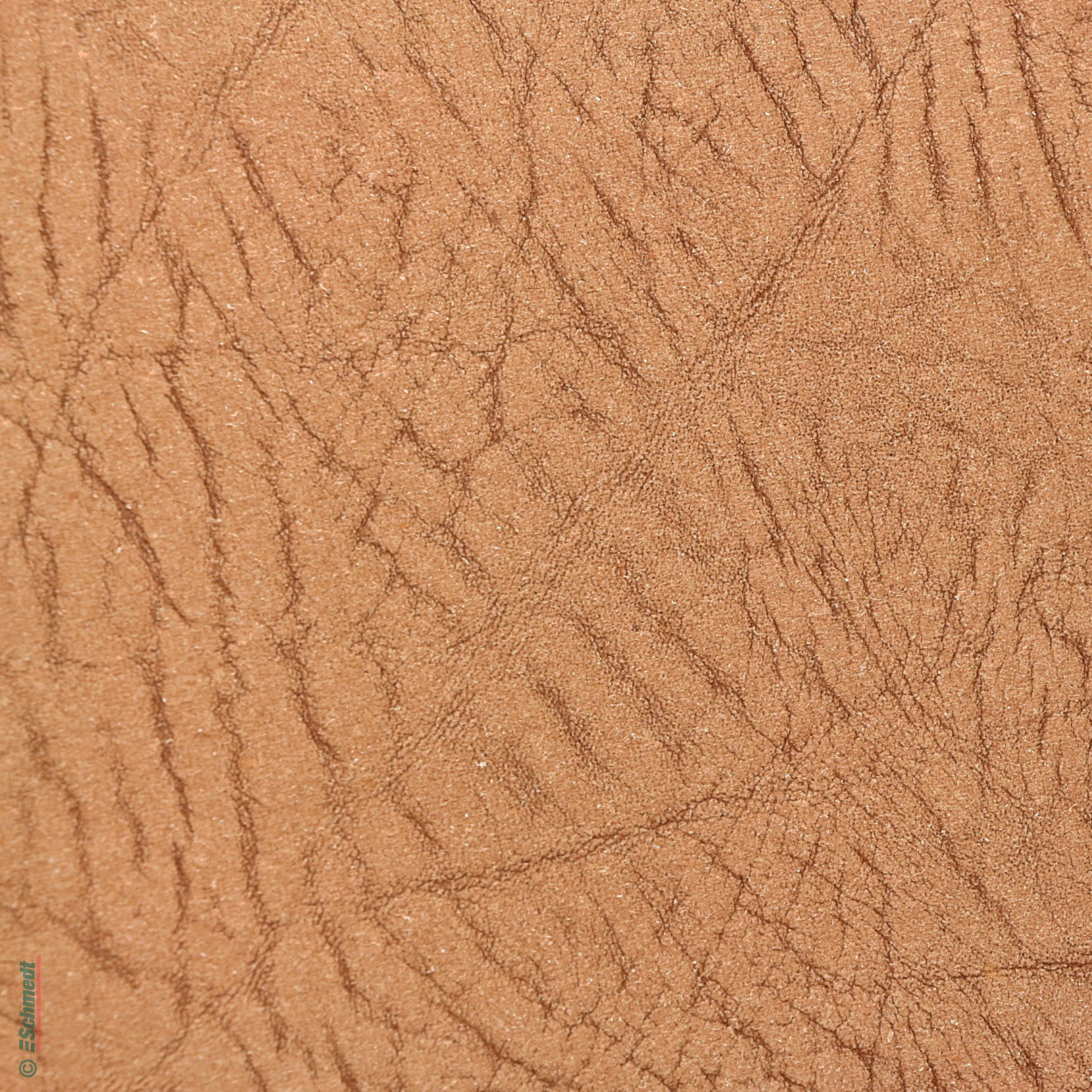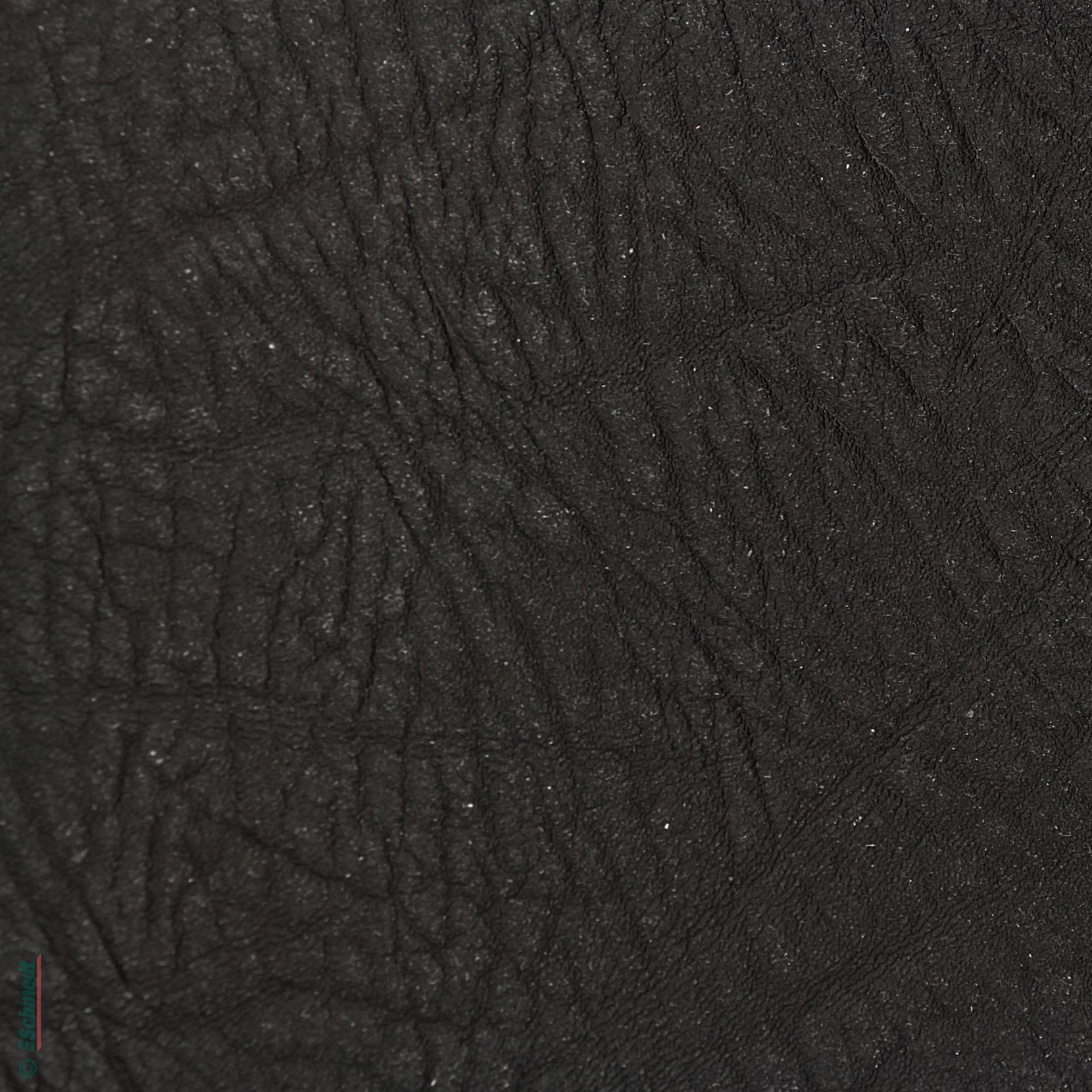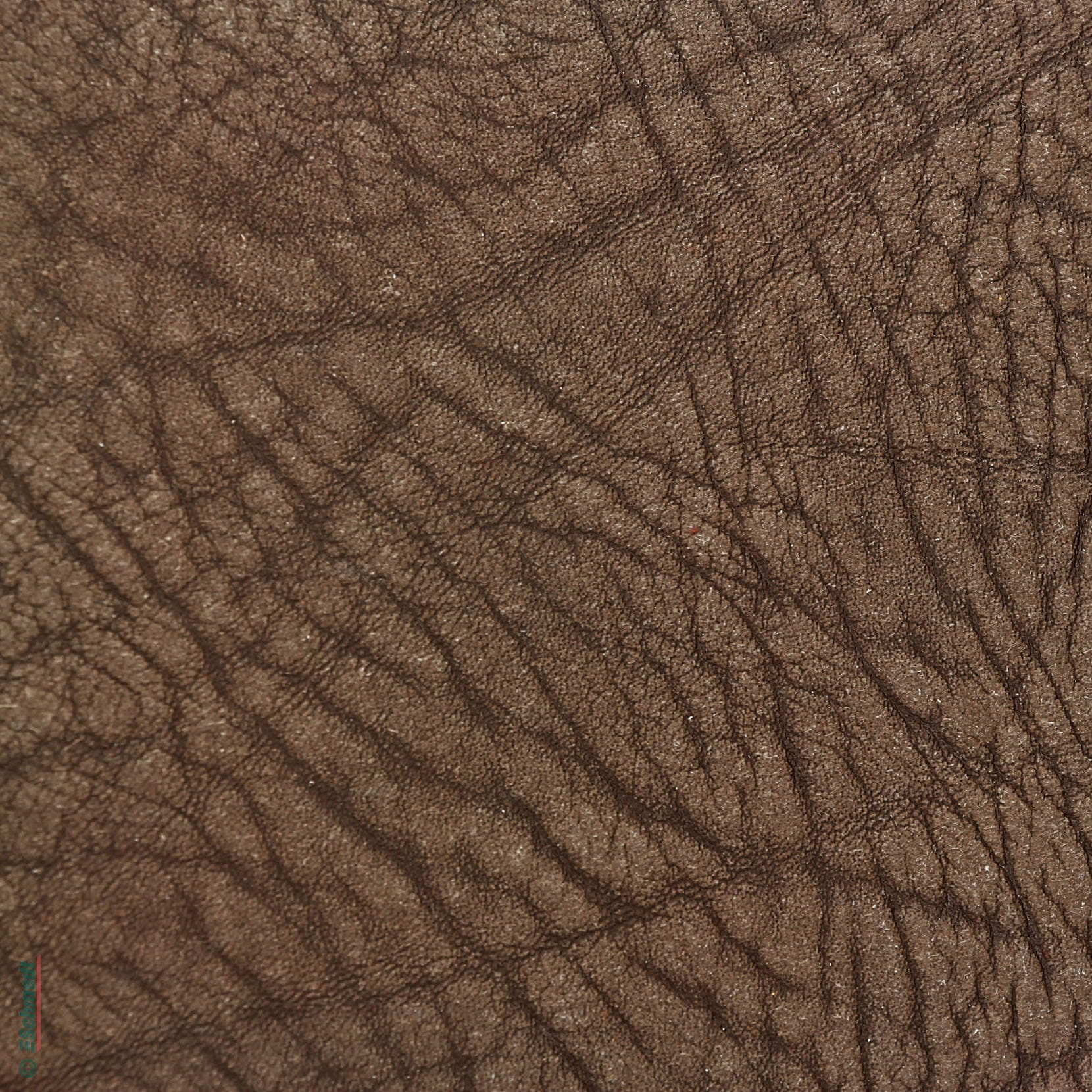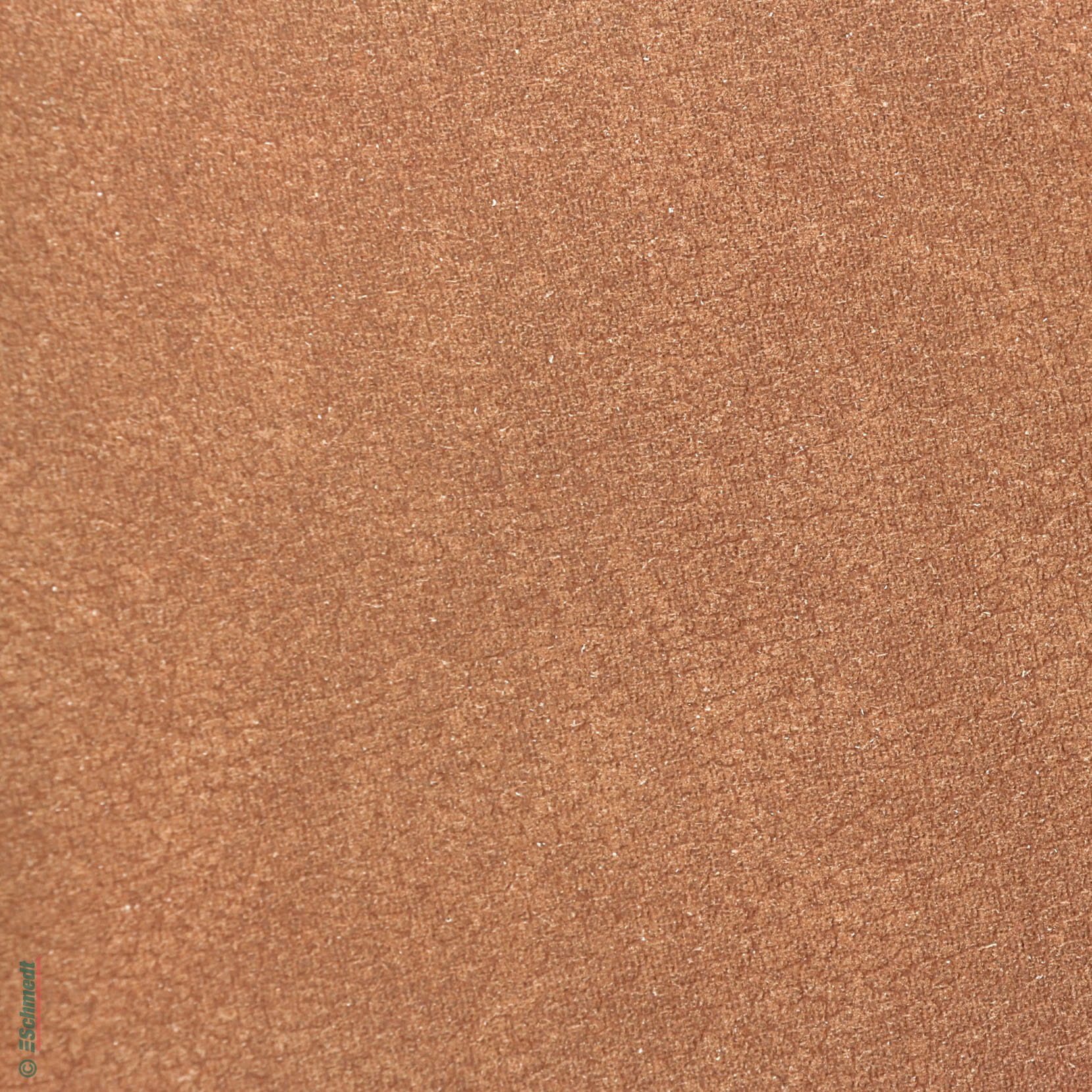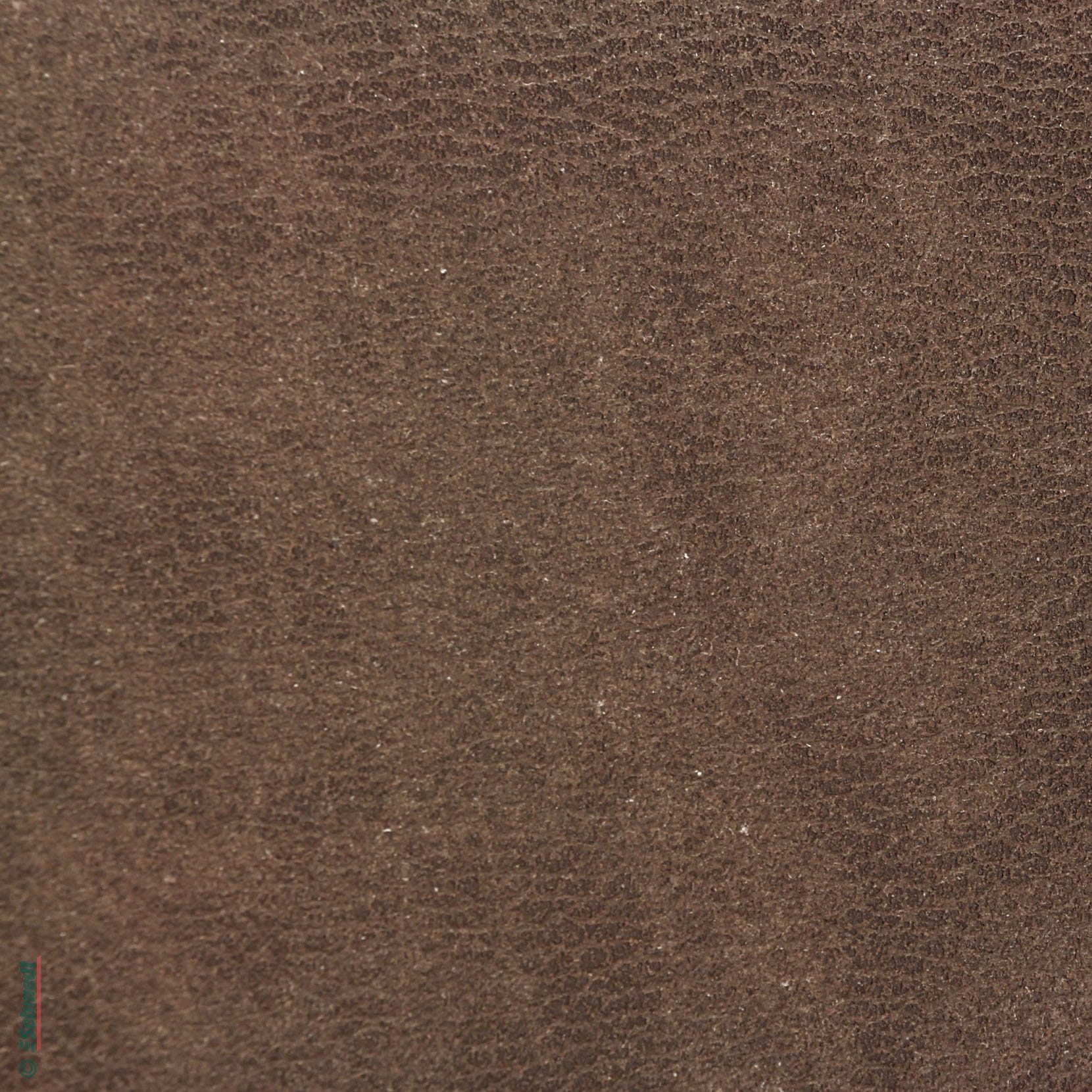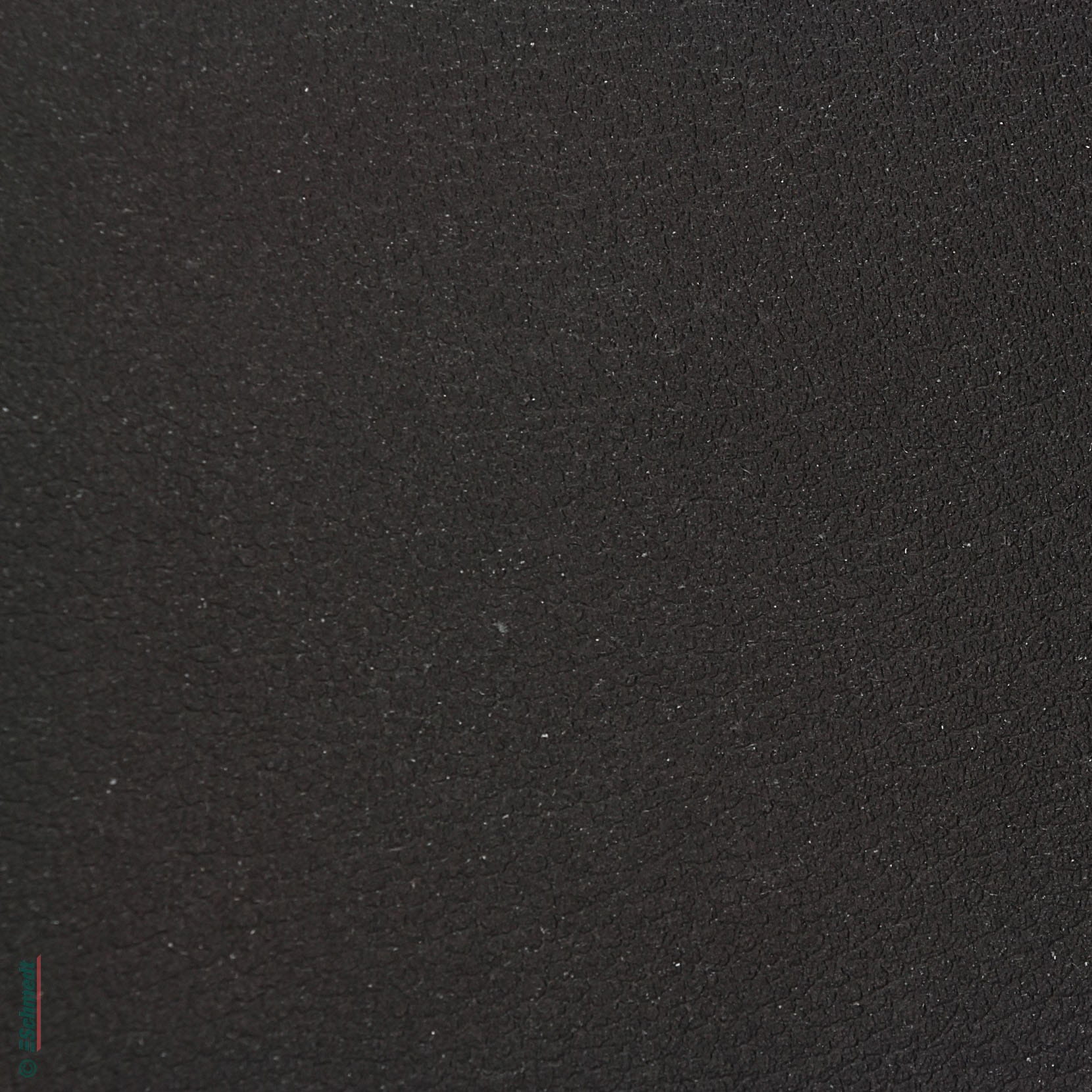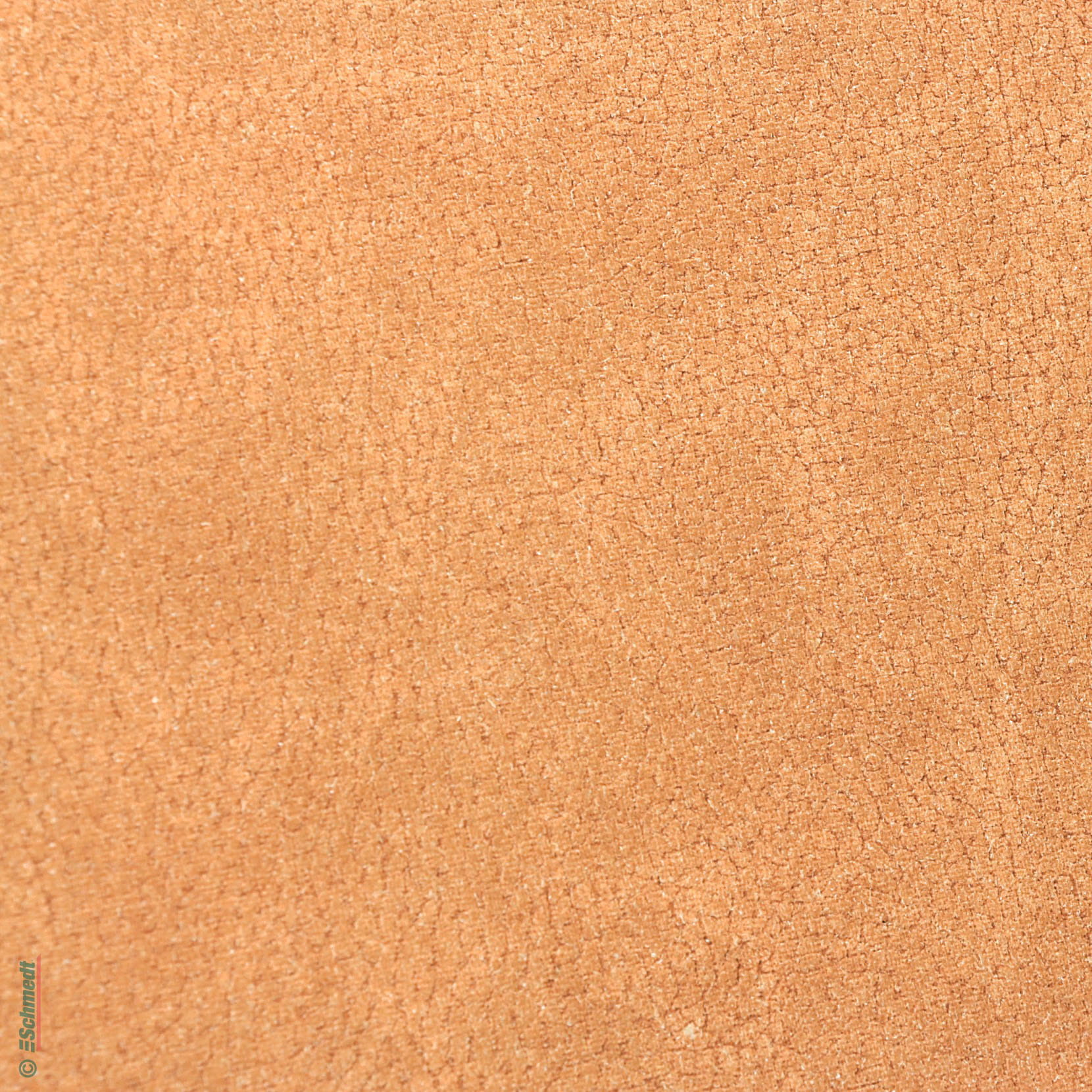The art of bookbinding with leather
Not only does making a good sword require a lot of diligence and strength, but the same goes for leather bindings. Leather bookbinding is arguably one of the best ways to enhance a book both visually and tactilely. In any case, a book wrapped in leather feels noble and of high quality. This allows special and important records to be completed with a suitable cover. Historically, leather was discovered relatively early as a suitable material for bookbinding. Since then, leather is still used for bookbinding until today. You can find out what really matters when binding books with leather here and discover some of our products along the way.
How did leather come to be used in book binding?
Written matter used to have a much higher status than it does today. Initially carved in stone or painted on cave walls, after the introduction of paper in Europe (around the 1200s), the form of documenting writing and images that is still used today became established. Both printed and handwritten with the most diverse media on countless substrates. The valuable contents required special protection for preservation and storage. Libraries were - and still are today - secure repositories for the collection of written sheets and books.
The fact that the leaves written on manually by scribes became books was due to better use. In the early Middle Ages, the first bookbinders were active, who joined the individual leaves together to form a block. A book cover was attached around this block to protect the contents. In the beginning, wooden covers were used, but they were heavy and not very flexible. Therefore, animal skins were used early on. They are among the oldest and most valuable binding materials for special books, such as Bibles or reference works.
Two products in particular are used for this purpose: Leather and parchment. Parchment was used as a medium for writing even before the use of paper. Now, however, it was used to cover books. Parchment is the tougher and more resistant material, which is not tanned but made by stretching, scraping and drying the hide. Here it is mainly goat and calf parchment that are used. The leather used for books - the so-called leather layer - is a tanned and dyed animal skin. It is more flexible and leaves more room for design, but it is also more vulnerable and requires careful care.
In the 19th century, these materials took a back seat, if only because of the high cost of materials. In industrial production, animal skins were replaced by fabric materials. Even artificial products such as bonded leather materials or fabric-based artificial leather are used as substitutes today, in the desire to imitate the look and feel of leather.
What is needed to make books with leather covers?
Today, leather bindings are mainly made by handbook binding companies. There are various suppliers of bookbinding leather in a wide range of qualities and colours. We offer both goatskin and calfskin as well as parchment. These materials still have to be processed before they can be used for a book binding. Sharpening (or skiving), for example, is an important prerequisite in order to lay the leather around the edges of the cover and to ensure that the book opens nicely. We also have the necessary sharpening knives and the well-known leather sharpening device Schärffix in our range. The latter, by the way, is manufactured in our own machine factory in Germany and exported worldwide. In addition to bookbinding, the leatherworking tools are also used by other craftsmen to make leather products such as furniture, bags or cases.
What is the proper care of book leather?
Leather is a very durable material that is prepared from the tanning of animal skins. The skin structure of the animal hide is stabilised by the tanning agents used. The result is the finished leather. Depending on the intended use and increasing life span, the leather becomes brittle and requires regular care or restoration. Far too seldom is attention paid to good leather care. Ideally, leather care should be started before the leather becomes brittle. In this way, the life span can be significantly extended.
To make the leather supple again and look like new, it is recommended to use leather vaseline as well as leather balm. Leather Vaseline is characterised by its water-repellent and re-greasing effect, which protects the leather from water and dirt. For this purpose, a thin film of Vaseline is applied to the leather, which should be absorbed for at least 24 hours. Even slight cracks in the leather can be removed by using leather vaseline. It should be noted that leather vaseline is only suitable for smooth leather. When used on open-pored leathers, this can lead to stains that cannot be removed. Leather balm is used to clean and soften aged and brittle leather. It cleans the pores, allows the leather to breathe again and makes it supple and grippy. Gildings of the book block are not attacked in the process, but come into their own even better.
How are books with leather covers decorated and personalised?
Books with a leather cover are often decorated with gold ornaments and embossed. This is also increasingly in demand for other products made of leather, such as personalisation for letter bags and handbags. We also manufacture the necessary hardware for this ourselves: the PräGnant embossing press is an ideal tool for both blind embossing and hot-foil stamping of leather. It goes without saying that we also offer the matching manual gilding tools as well as consumables such as gold leaf and embossing foils.
Tools and materials for working and processing leather from our range are increasingly in demand from customers who do not deal with books, for example leather manufacturers, car upholsterers, bag manufacturers, gift article manufacturers or creative shops.
Closing thoughts
As early as the Middle Ages, leather was used for binding book covers after it was realised that book covers made of wood were inconvenient. Leather is still used in bookbinding today. A wide variety of leathers can be used for binding, from calfskin to pigskin. To do this, the leather is first sharpened with a sharpening knife or sharpening fix. When the finished leather book is ready, it should be properly cared for. Leather can become brittle over time due to weathering. Suitable care products are available for this purpose, such as leather vaseline or leather balm. Finally, the leather can be adorned with decorations or lettering. Special embossing machines are used for this purpose.
Our selection of leather and parchments
In stock, deliverable at short notice
€27.00*
In stock, deliverable at short notice
€27.00*
In stock, deliverable at short notice
€27.00*
Available, delivery time 4-6 weeks
Available, delivery time 4-6 weeks
Available, delivery time 4-6 weeks
In stock, deliverable at short notice
In stock, deliverable at short notice
In stock, deliverable at short notice
In stock, deliverable at short notice
In stock, deliverable at short notice
In stock, deliverable at short notice
In stock, deliverable at short notice
In stock, deliverable at short notice
In stock, deliverable at short notice
In stock, deliverable at short notice
In stock, deliverable at short notice
In stock, deliverable at short notice
In stock, deliverable at short notice
In stock, deliverable at short notice
In stock, deliverable at short notice
In stock, deliverable at short notice
In stock, deliverable at short notice
In stock, deliverable at short notice
In stock, deliverable at short notice
In stock, deliverable at short notice
In stock, deliverable at short notice
In stock, deliverable at short notice
In stock, deliverable at short notice
In stock, deliverable at short notice
In stock, deliverable at short notice
In stock, deliverable at short notice
In stock, deliverable at short notice
In stock, deliverable at short notice
In stock, deliverable at short notice
In stock, deliverable at short notice
In stock, deliverable at short notice
In stock, deliverable at short notice
In stock, deliverable at short notice
In stock, deliverable at short notice
In stock, deliverable at short notice
In stock, deliverable at short notice
In stock, deliverable at short notice
In stock, deliverable at short notice
In stock, deliverable at short notice
In stock, deliverable at short notice
In stock, deliverable at short notice
In stock, deliverable at short notice

